The 1940s transformed Fifth Avenue from a street of pure commercial luxury into the patriotic heart of New York City’s war effort. The decade was split into two distinct parts: the years of global conflict and the beginning of a new, post-war prosperity. For much of this time, the avenue’s usual glamour was overlaid with a powerful sense of duty and determination.
During the first half of the decade, from 1941 to 1945, Fifth Avenue became a stage for massive demonstrations of American resolve. The street frequently hosted enormous military parades, with thousands of soldiers, sailors, and marines marching in formation before heading to duty overseas. The sidewalks were packed with cheering crowds, and the grand buildings were draped with enormous American flags and the banners of the Allied nations. War bond rallies were a common sight, with famous movie stars and military heroes urging citizens to invest in the war effort from temporary stages set up along the avenue.
The famous luxury retailers adapted to the wartime mood. The elaborate, whimsical window displays of the past were replaced with patriotic themes. A window at Saks Fifth Avenue might feature mannequins dressed in volunteer uniforms or showcase military-inspired fashions. Stores contended with wartime rationing and shortages. Silk stockings were nearly impossible to find, and materials like leather and rubber were diverted for military use. Retailers promoted items made from new materials like rayon and heavily encouraged the popular slogan, “Use it up, wear it out, make it do, or do without.”
Read more
The people on the street reflected the times. The usual crowds of well-dressed shoppers now mingled with a constant stream of service members in uniform. Soldiers on 48-hour leave, sailors from the Brooklyn Navy Yard, and Allied officers from Britain and France were a common sight, window shopping or enjoying a day in the city. The avenue also participated in city-wide defense drills. At the sound of an air-raid siren, traffic would halt, pedestrians would take shelter, and the streetlights would go dark during mandatory blackout tests.
With the end of the war in 1945, a new spirit swept over Fifth Avenue. The patriotic banners came down, and the lights of the storefronts began to shine brightly again. The mood shifted from shared sacrifice to exuberant relief and renewed consumerism. Nylon stockings, which had replaced silk during the war, were now in high demand, and their arrival in stores sometimes caused near-riots. Luxury goods that had been unavailable for years began to reappear on the shelves of Tiffany & Co. and Cartier. The late 1940s on Fifth Avenue were the beginning of a new boom time, as soldiers returned home and a victorious nation turned its attention back to fashion, luxury, and peace.


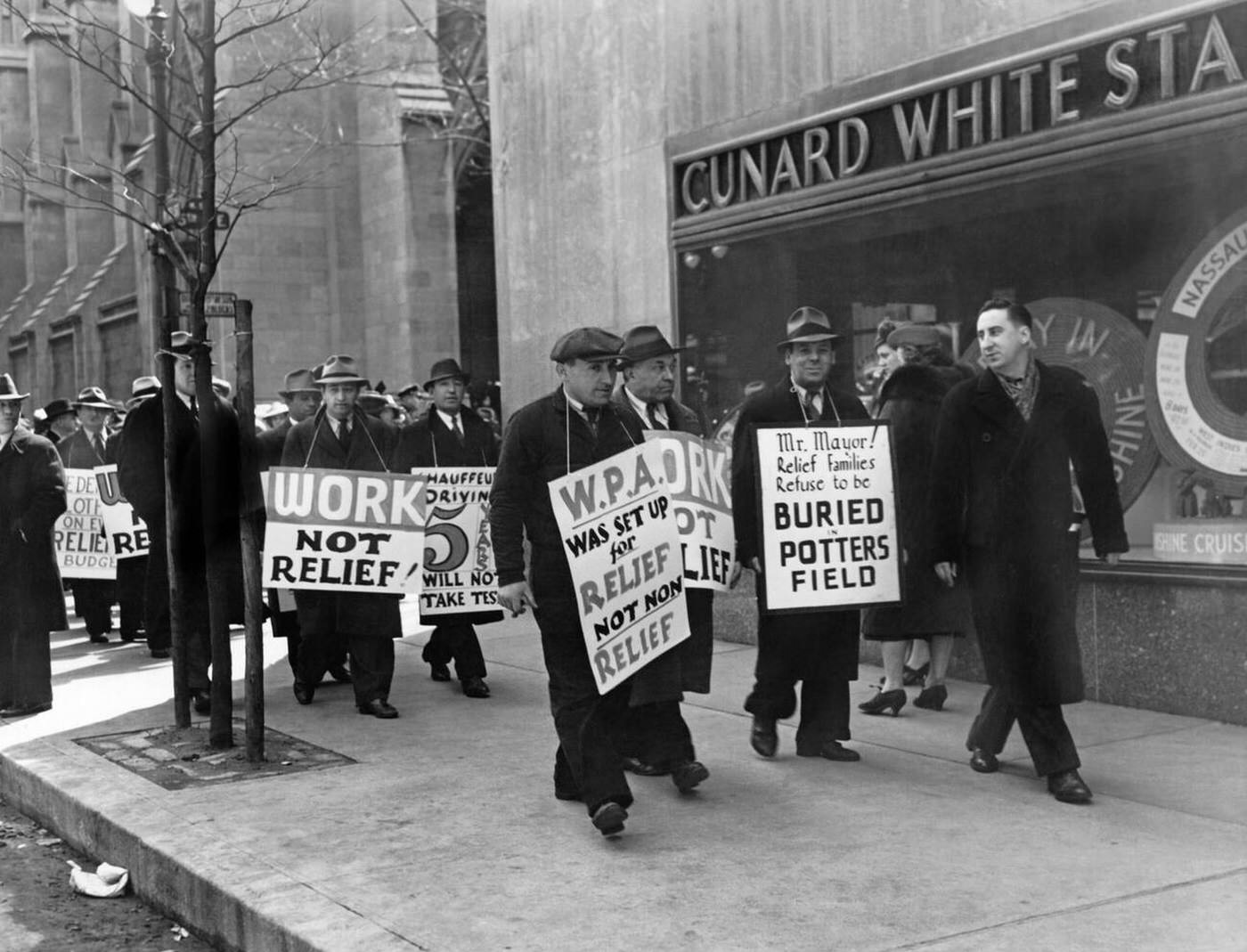
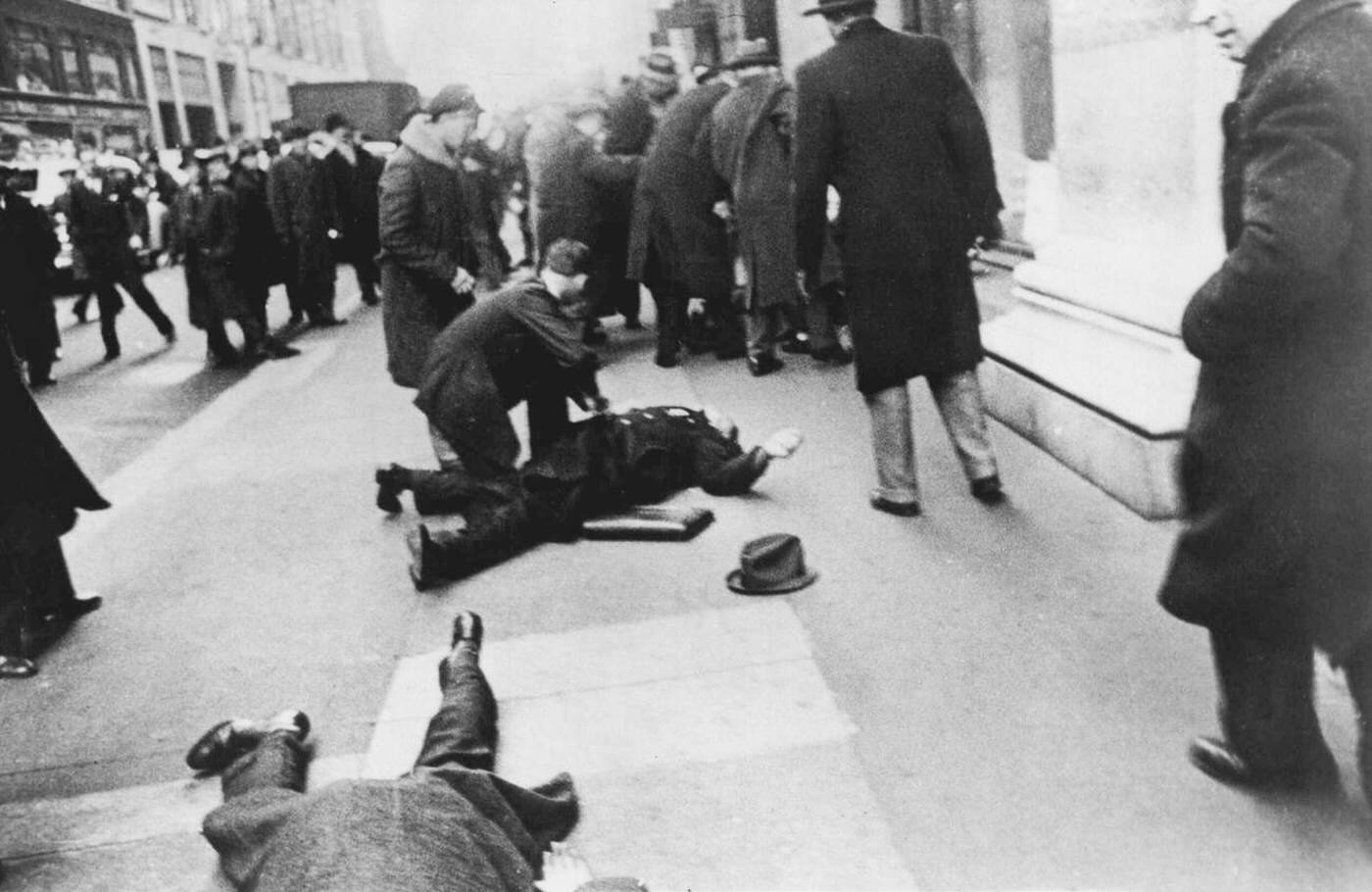
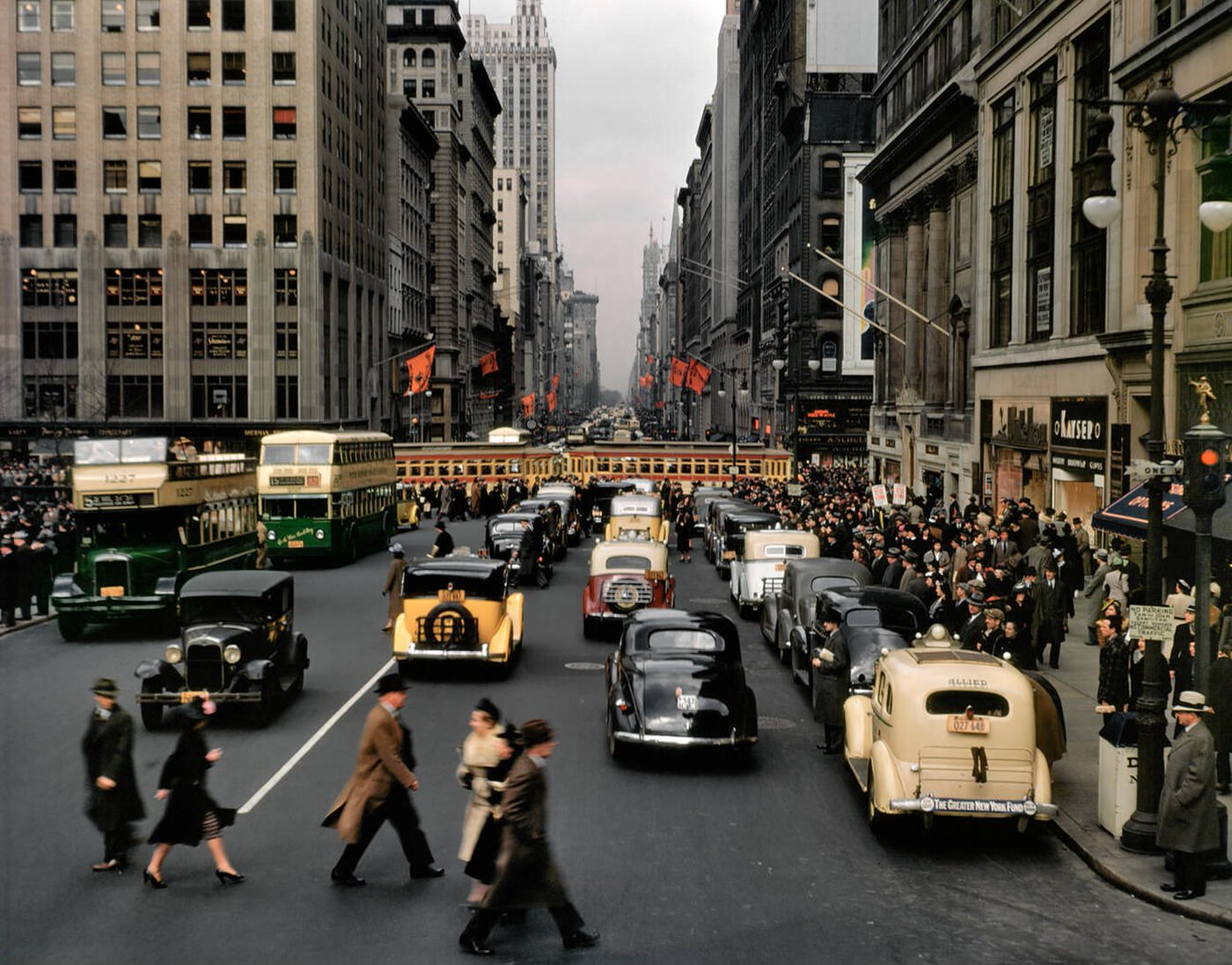
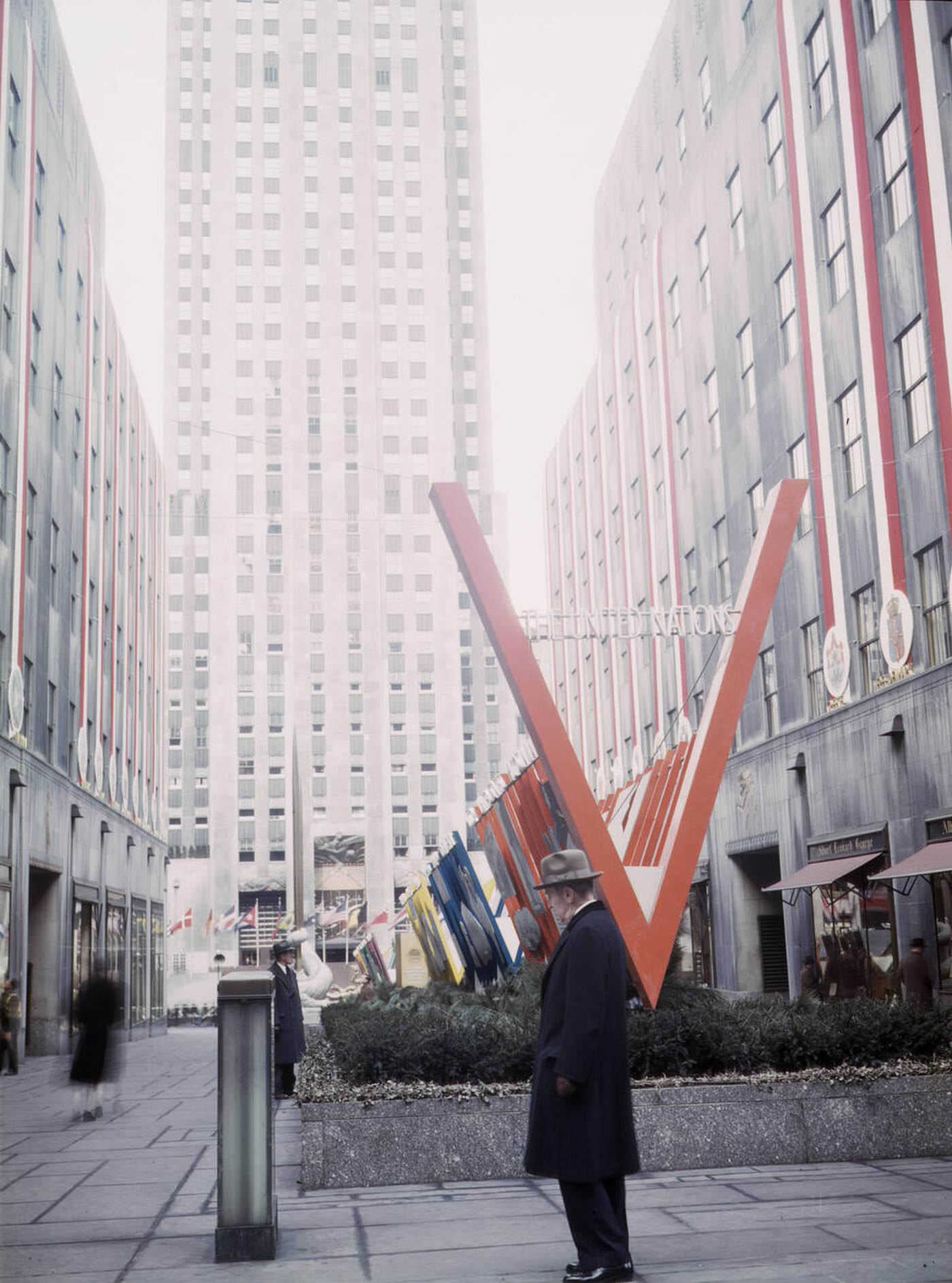
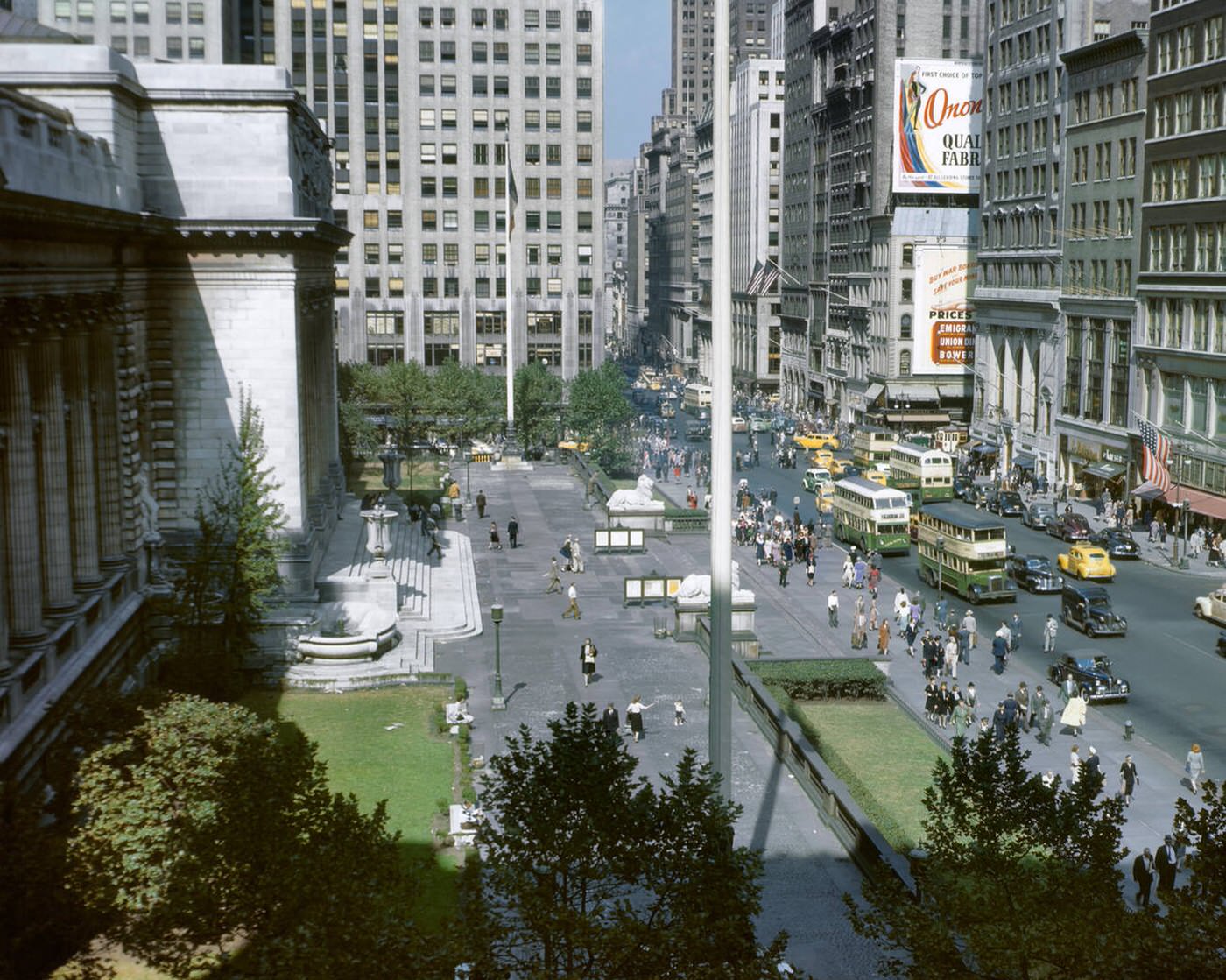
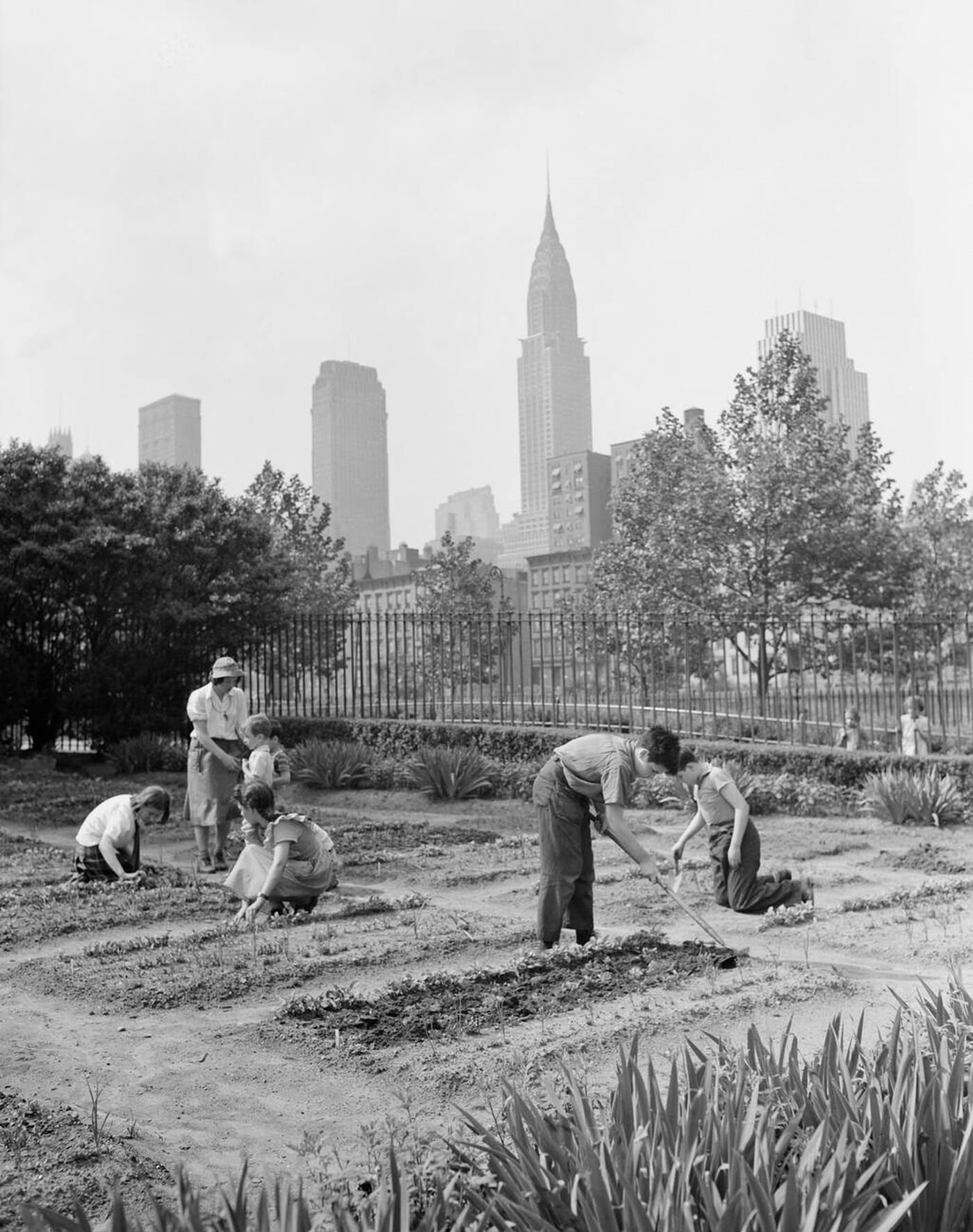
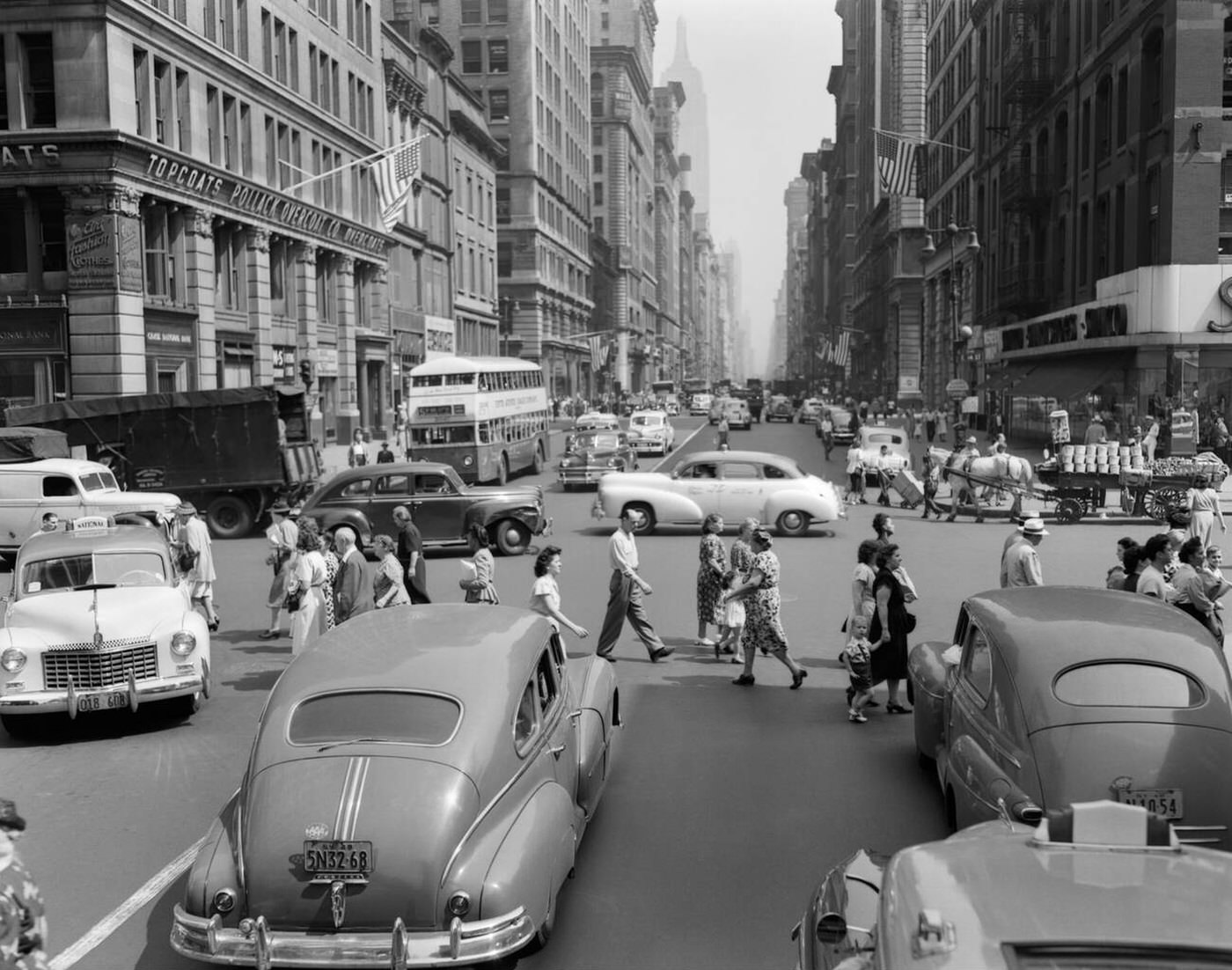
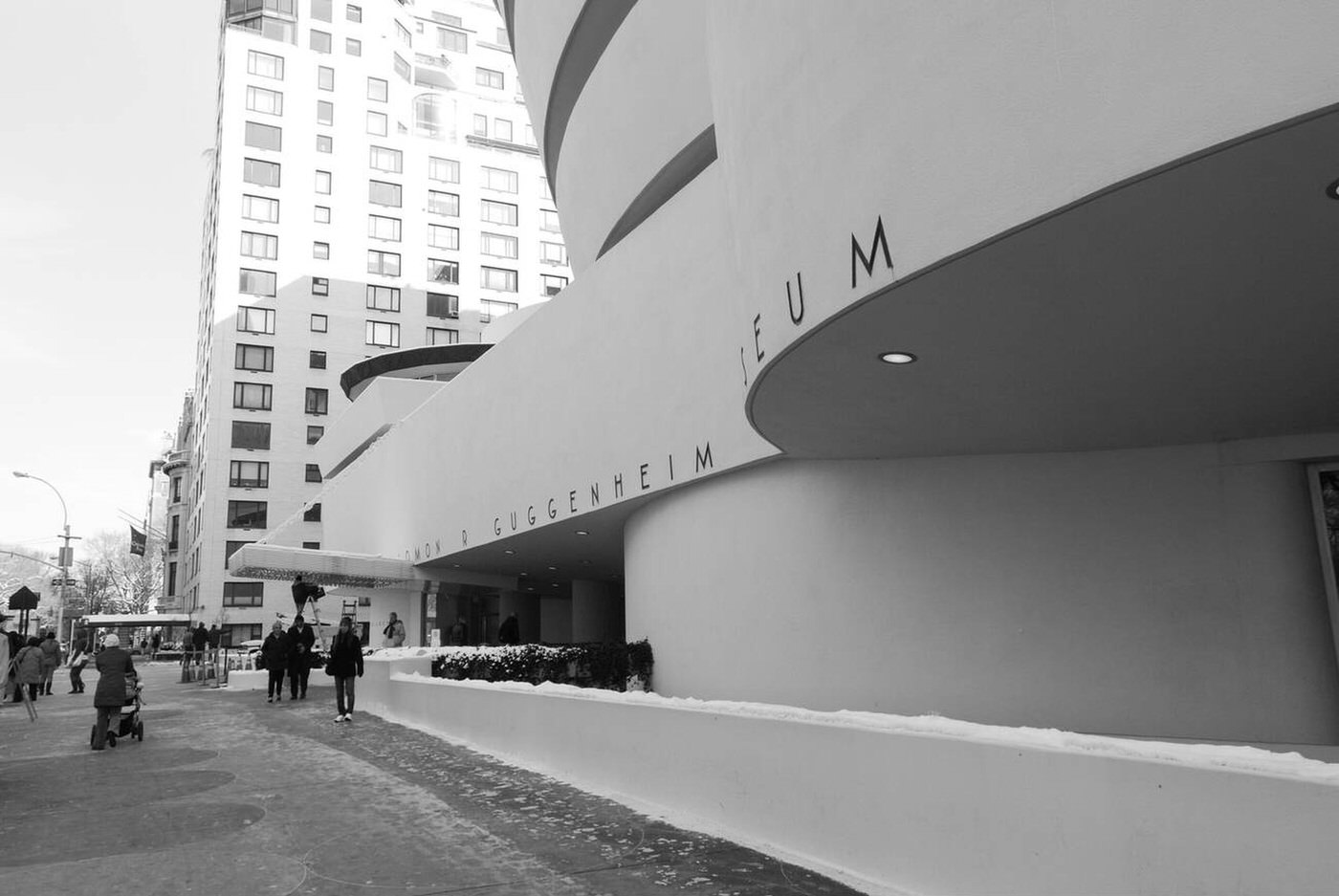
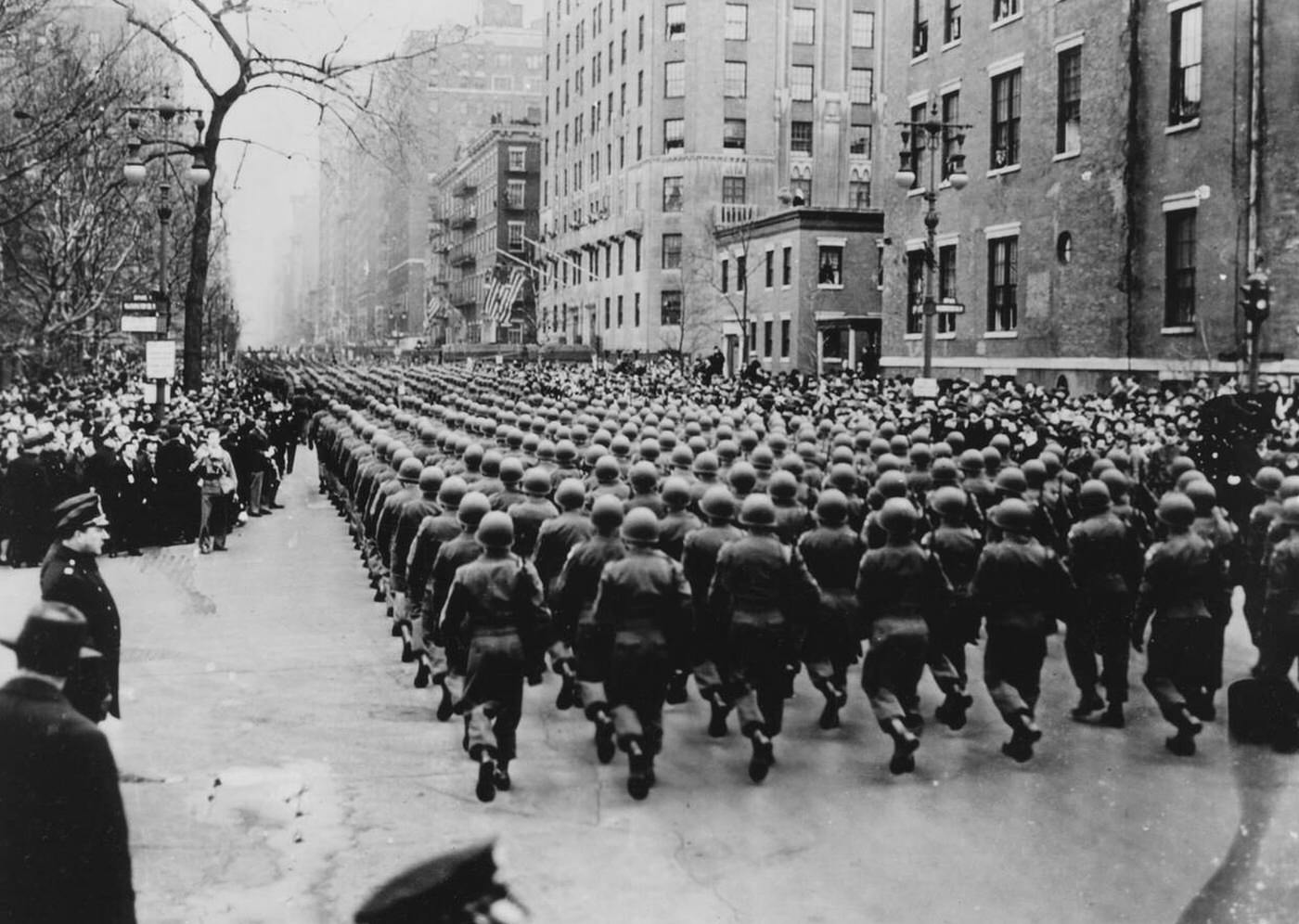
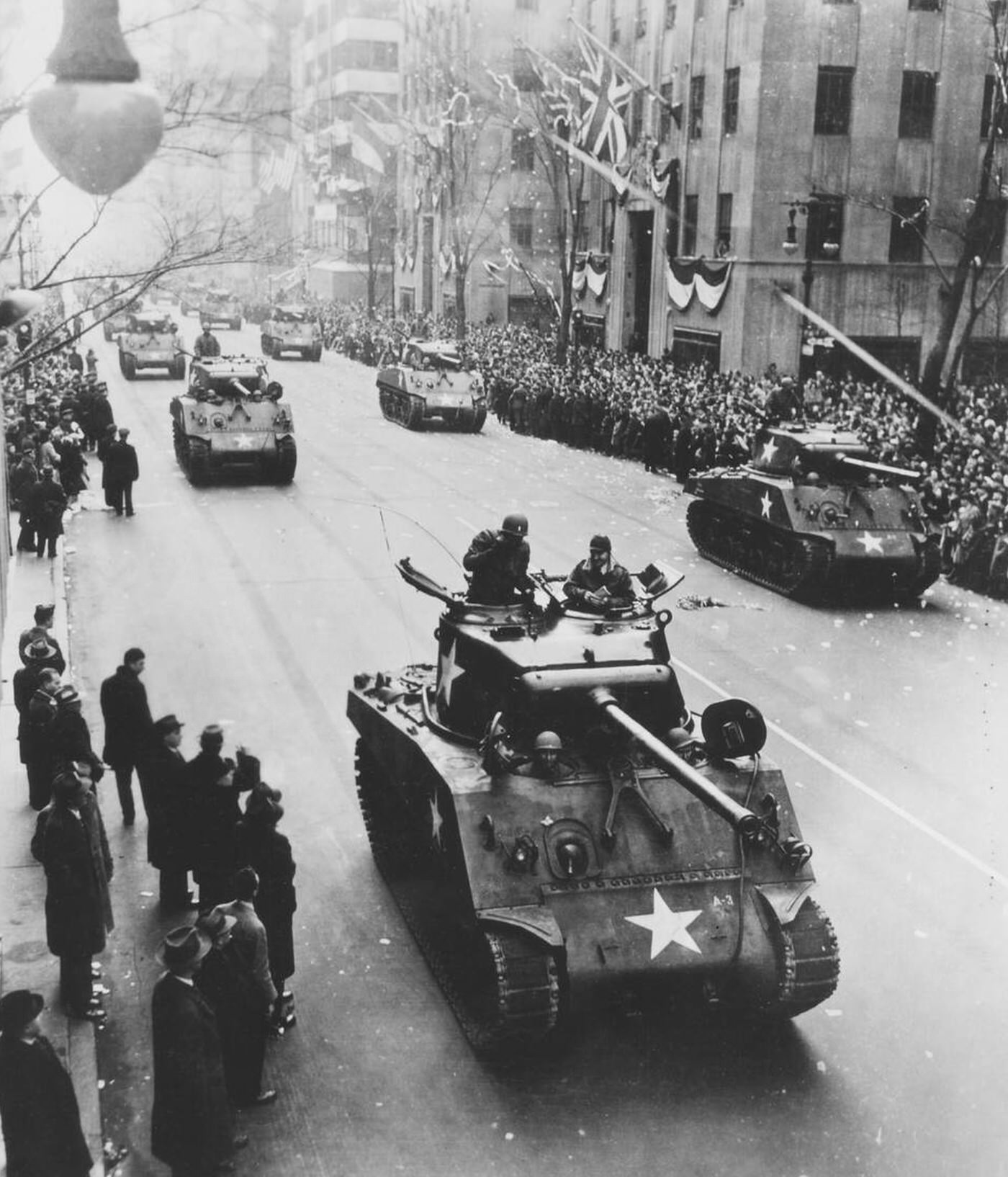
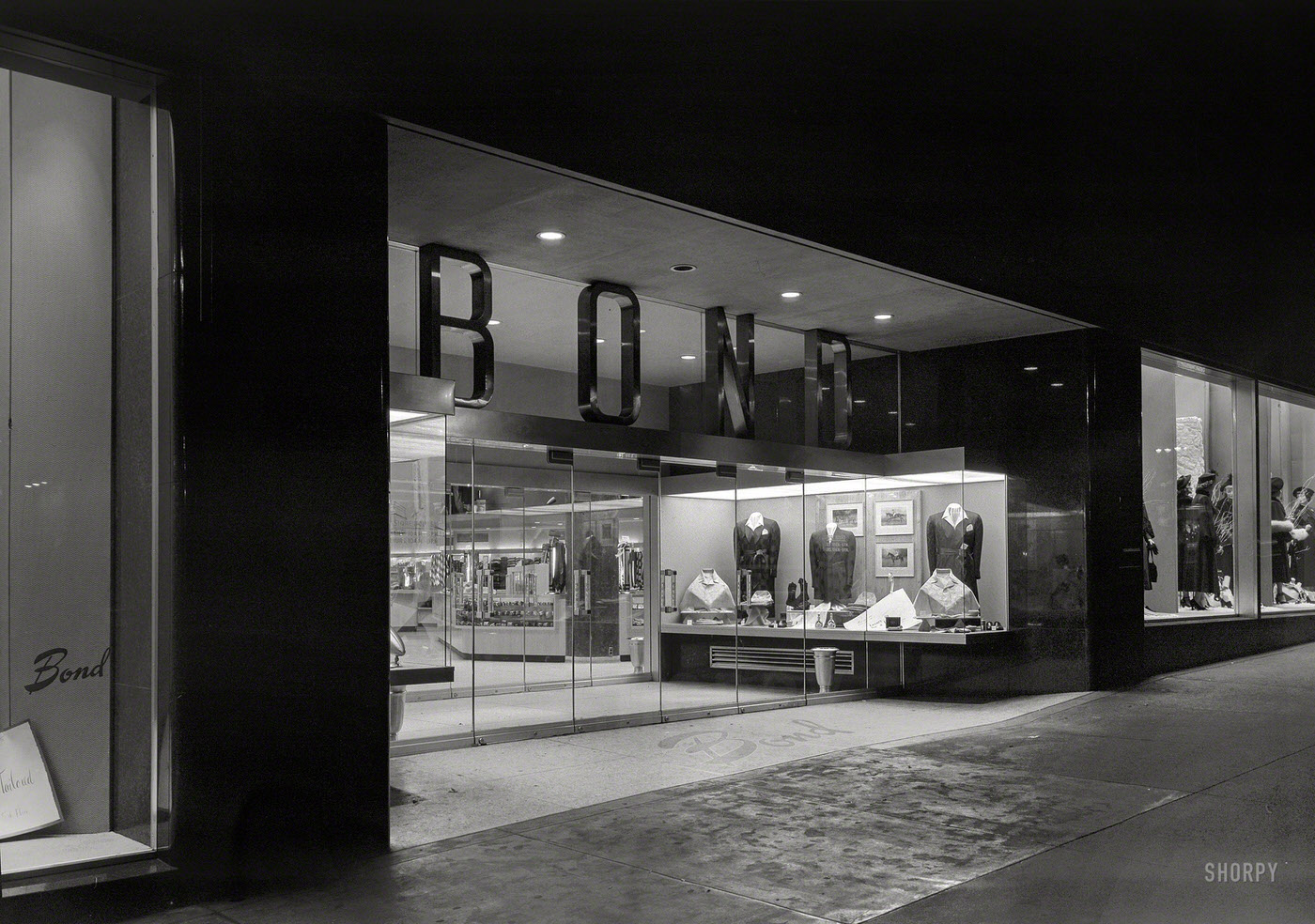
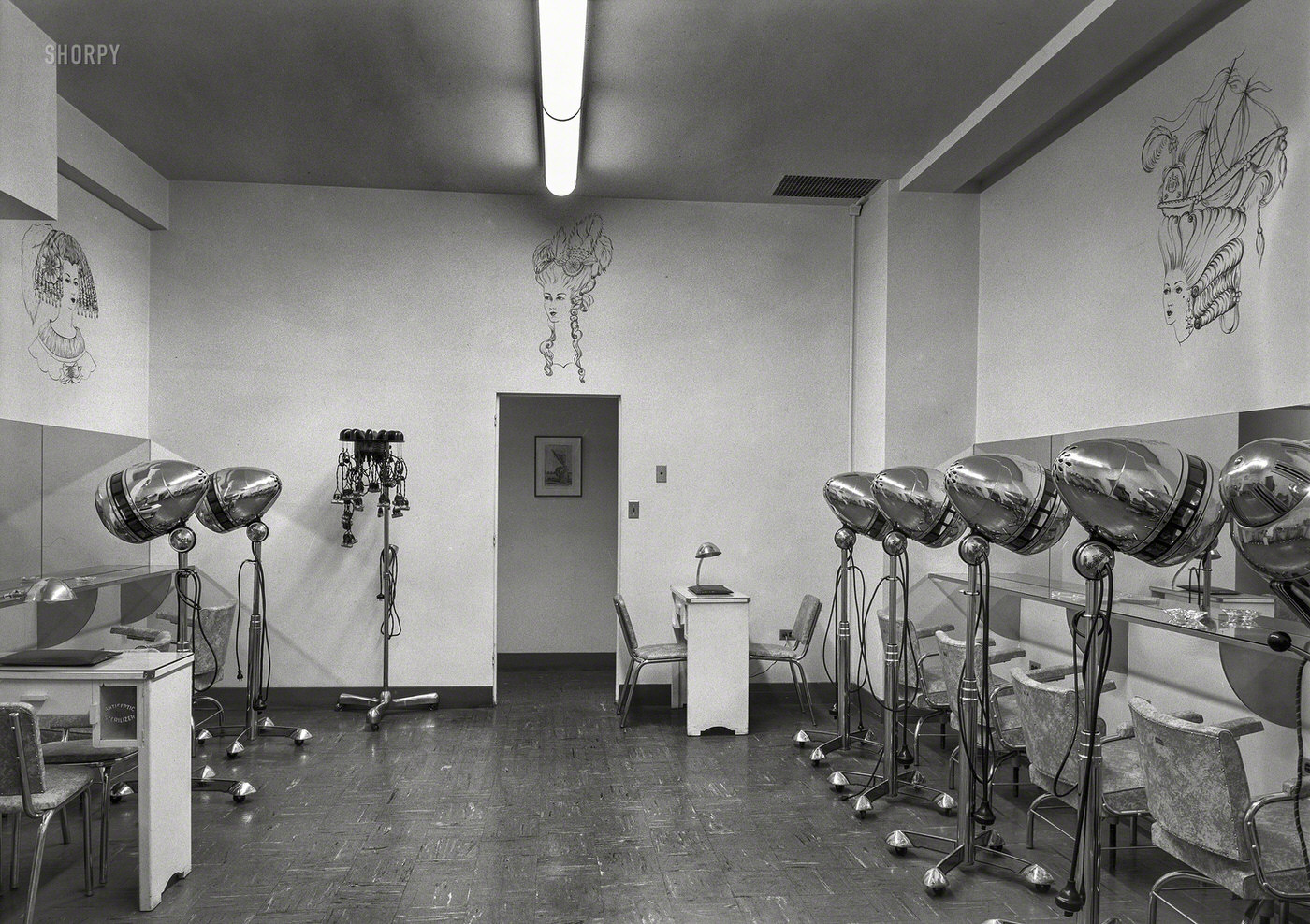
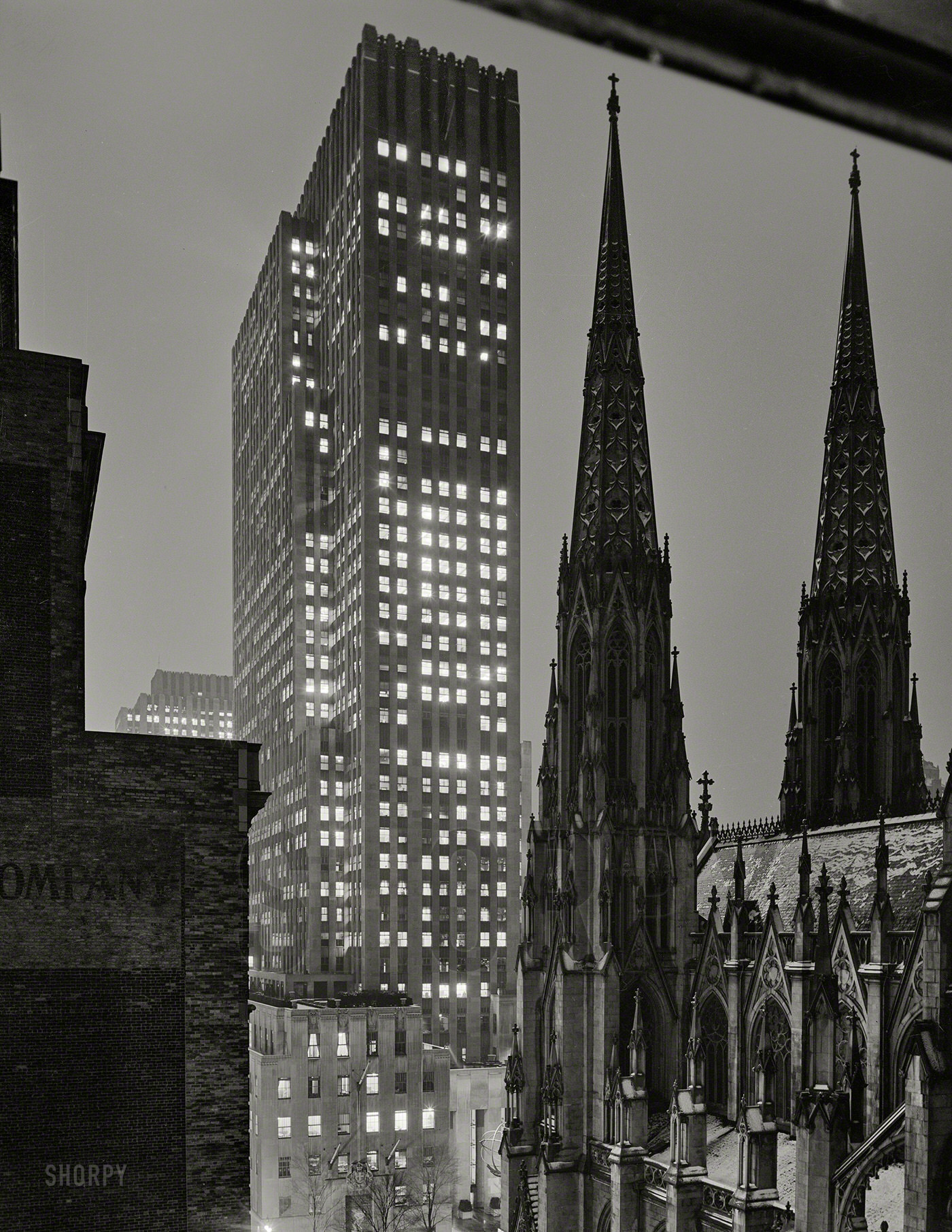
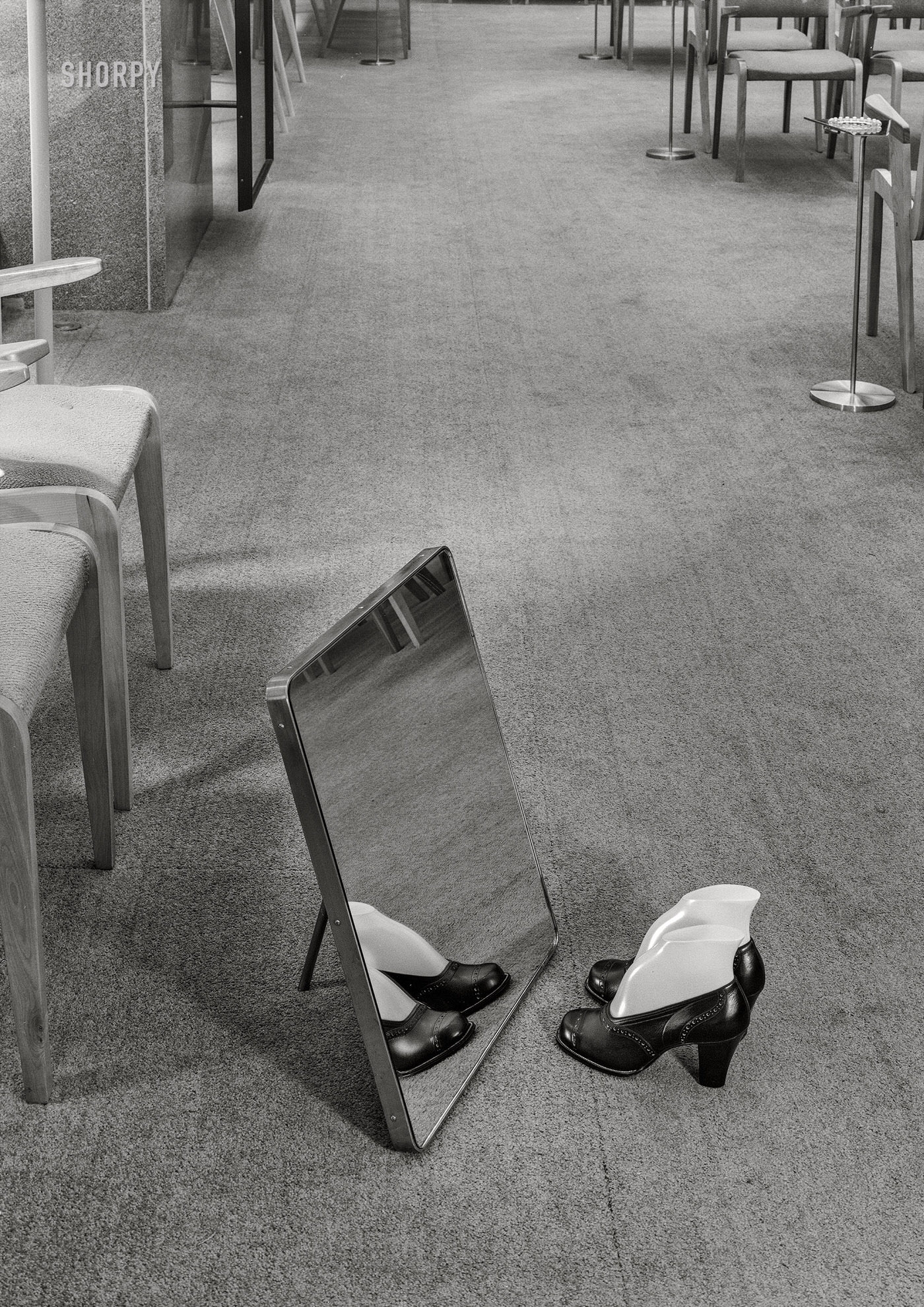
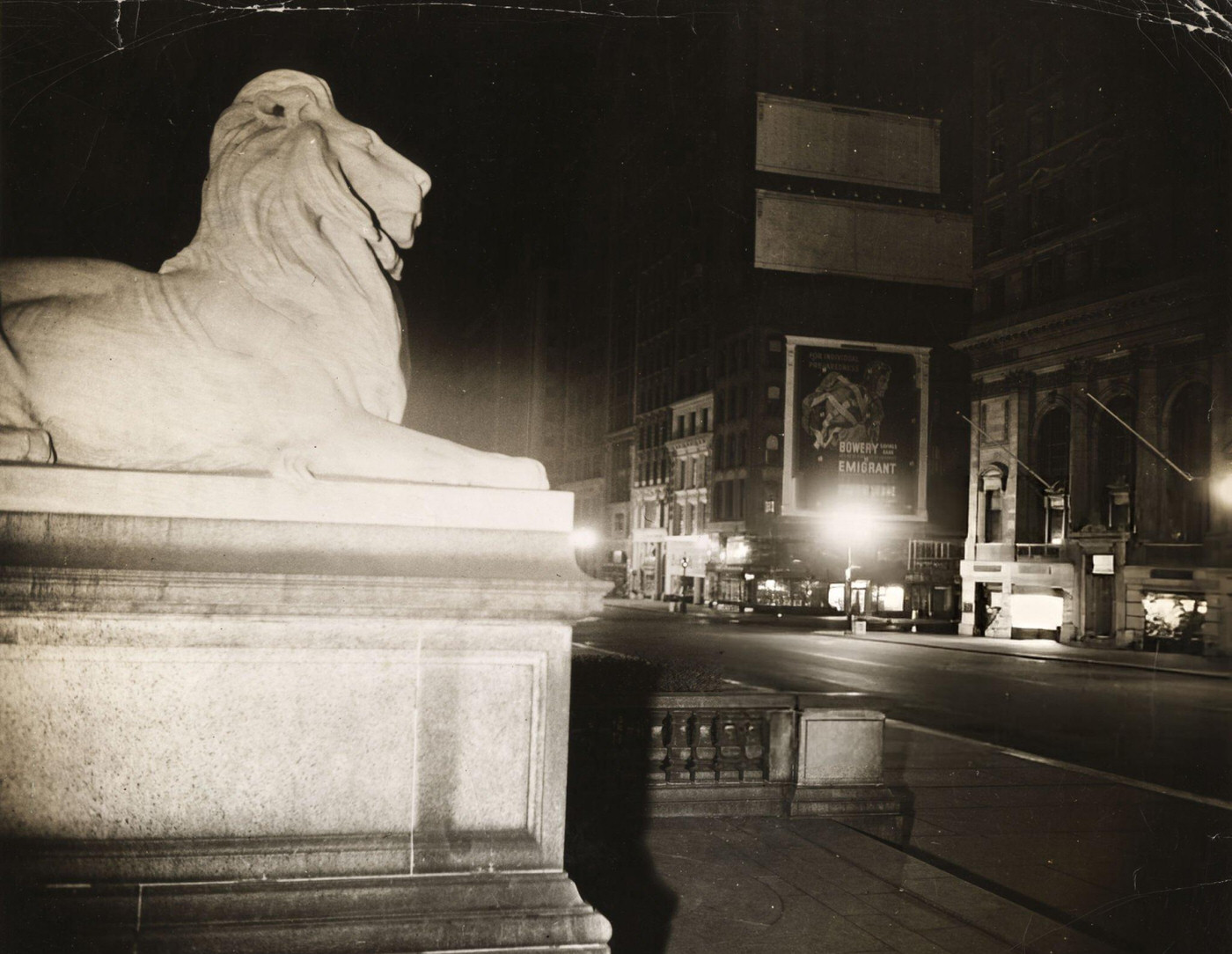
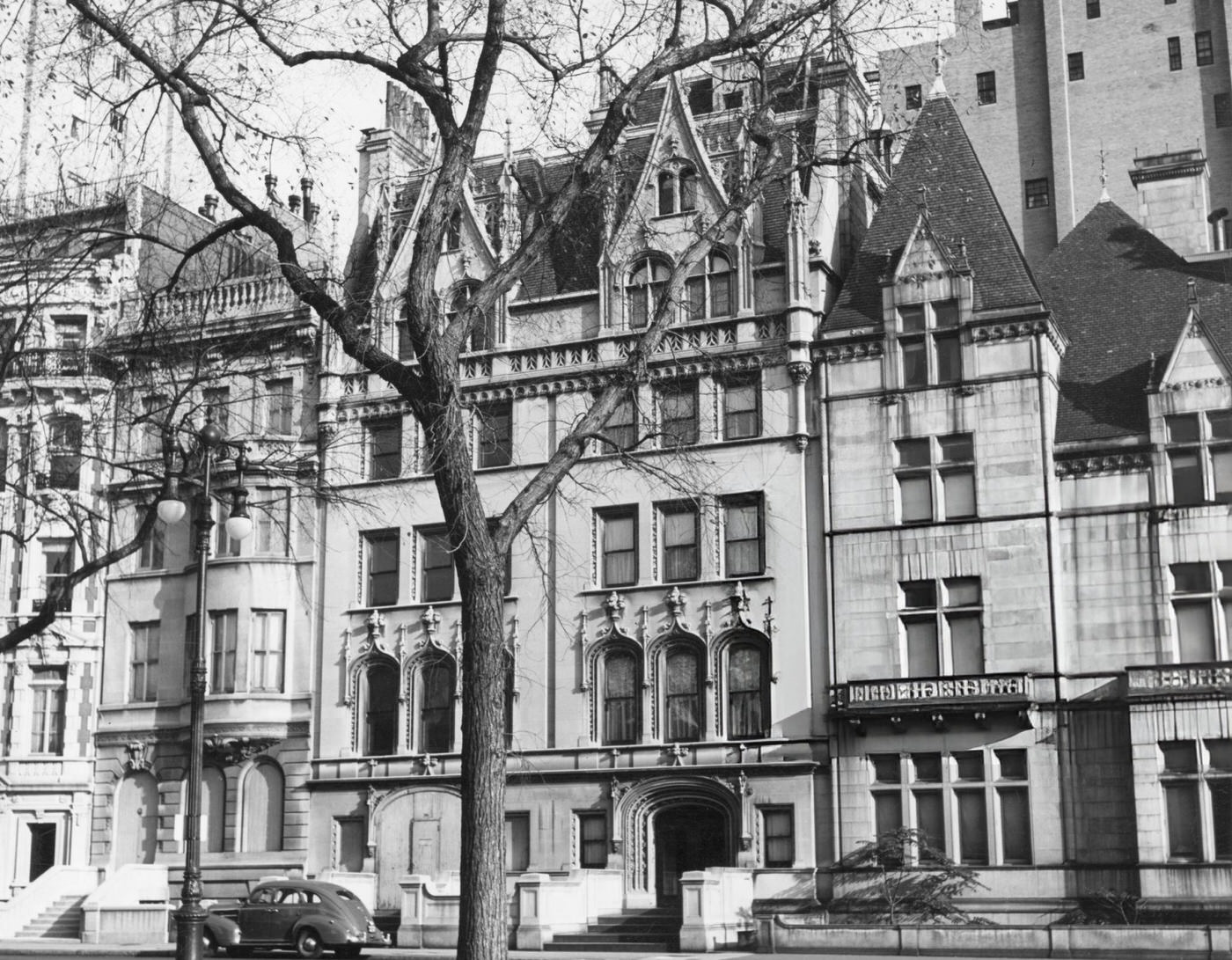
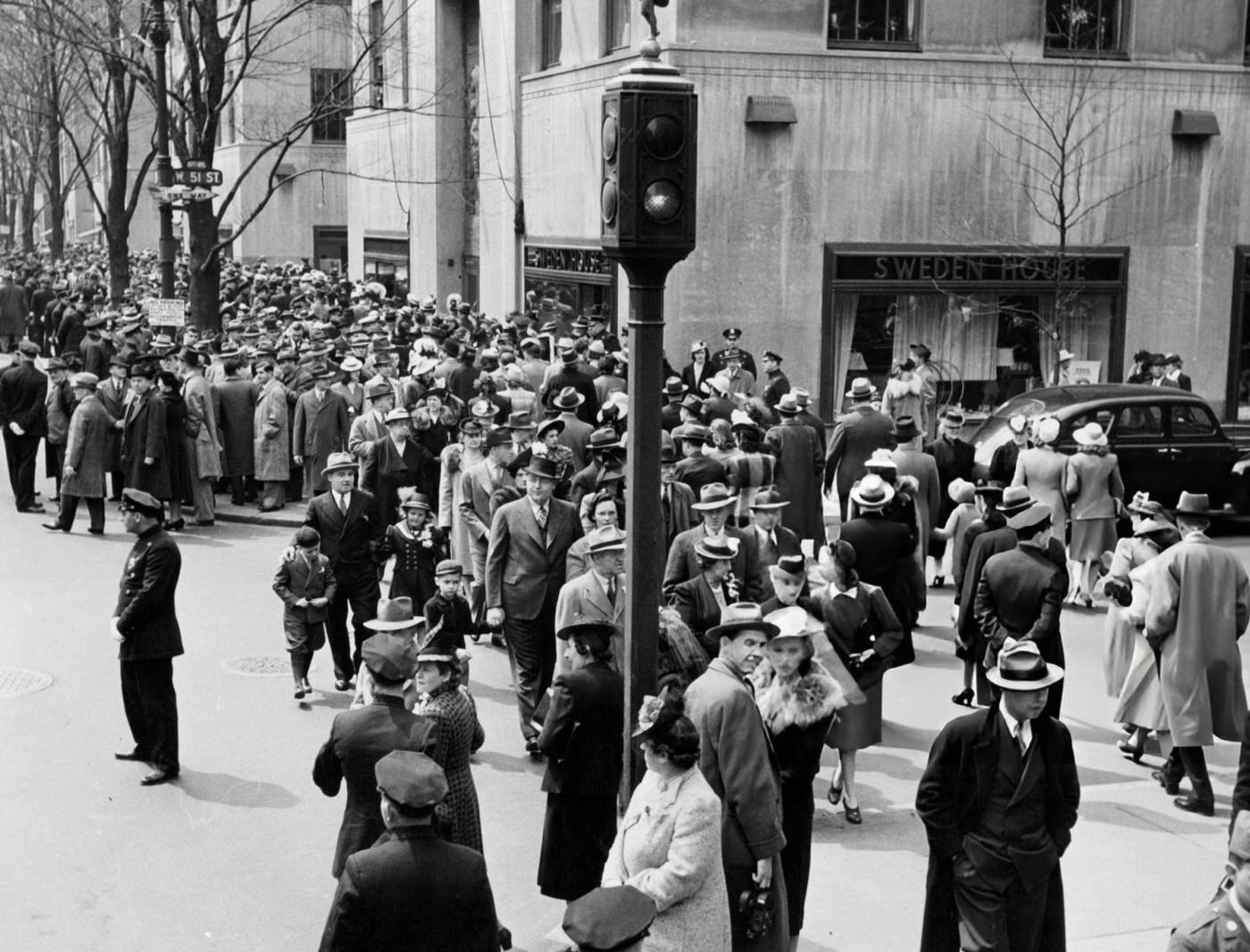

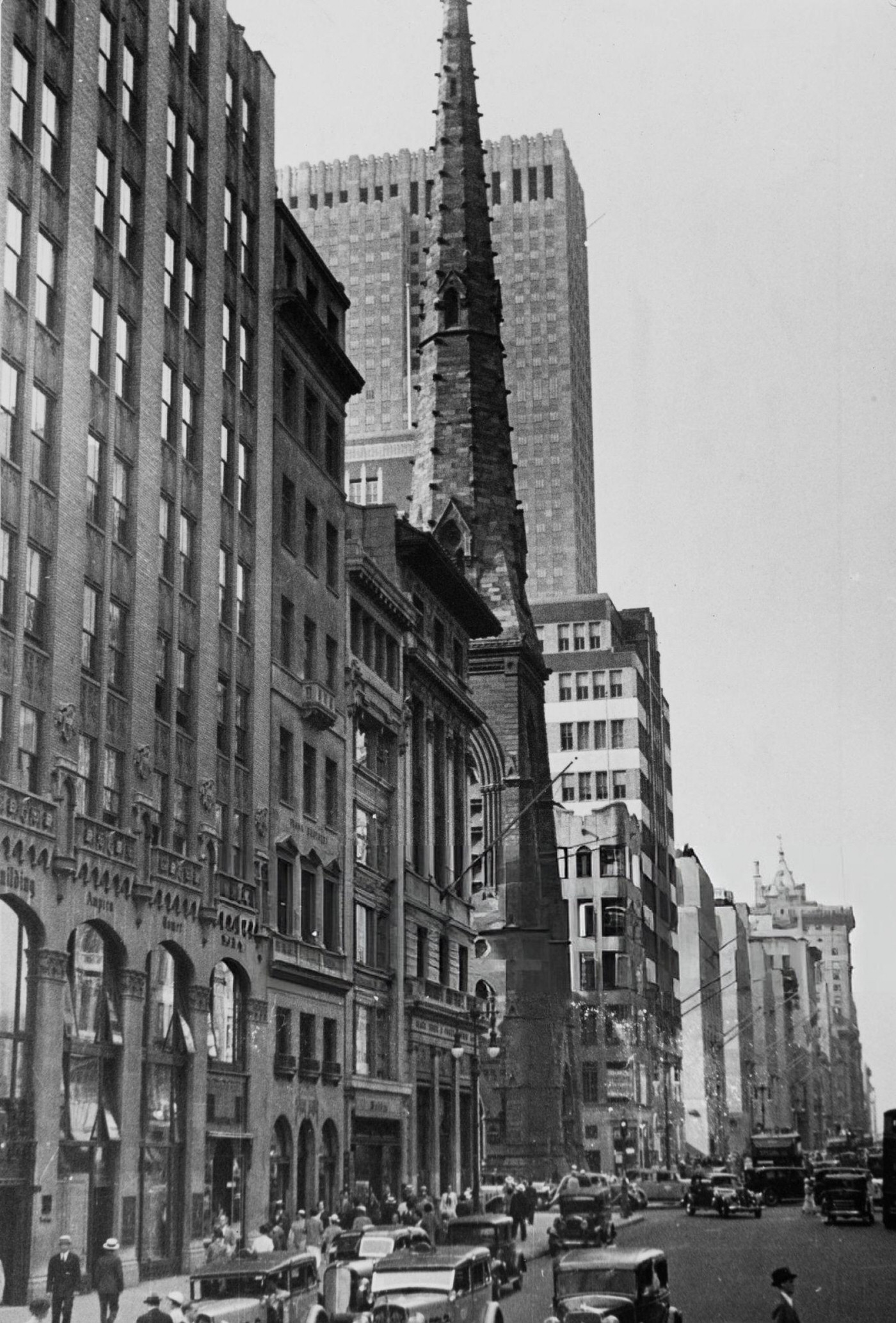
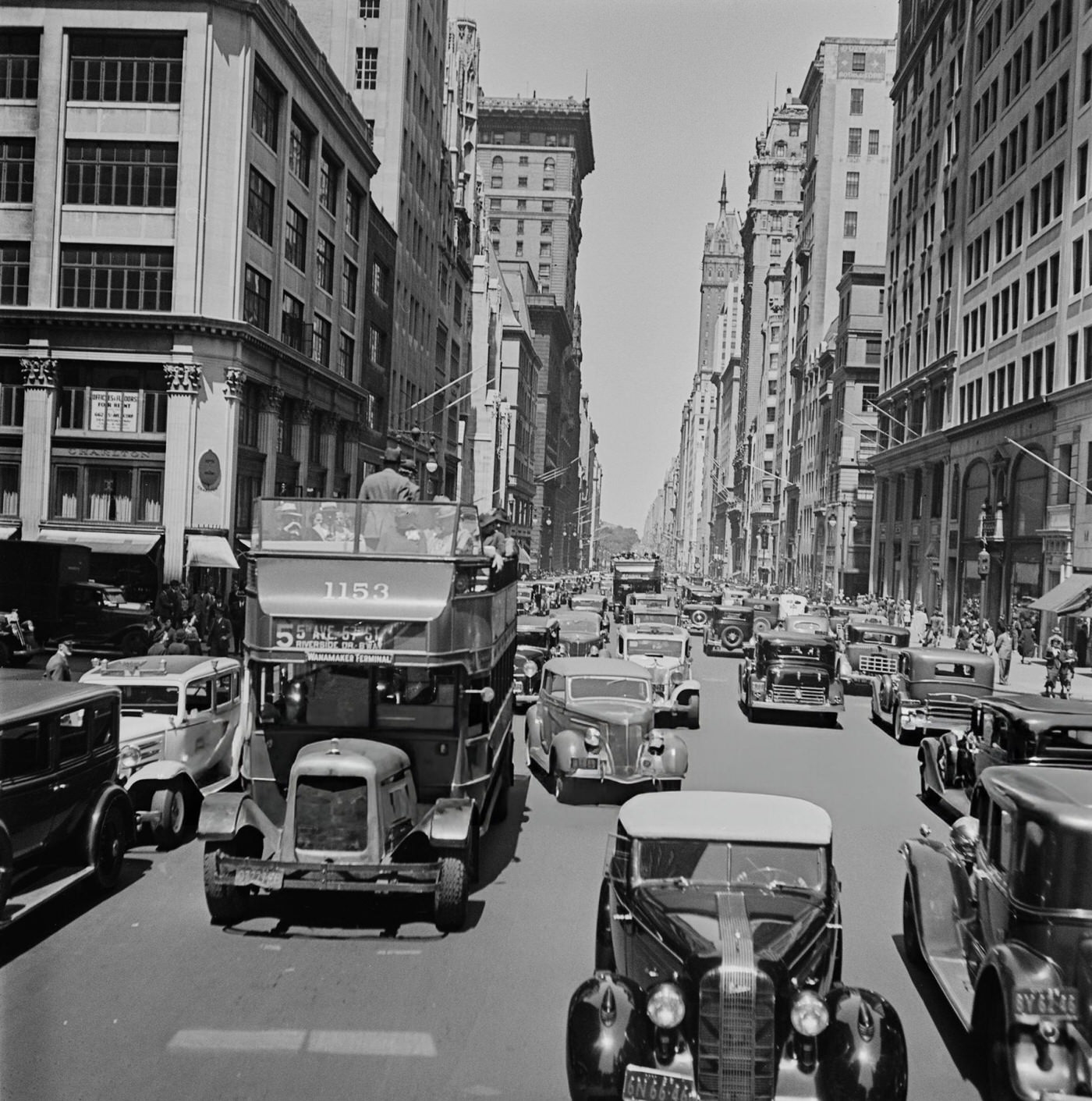
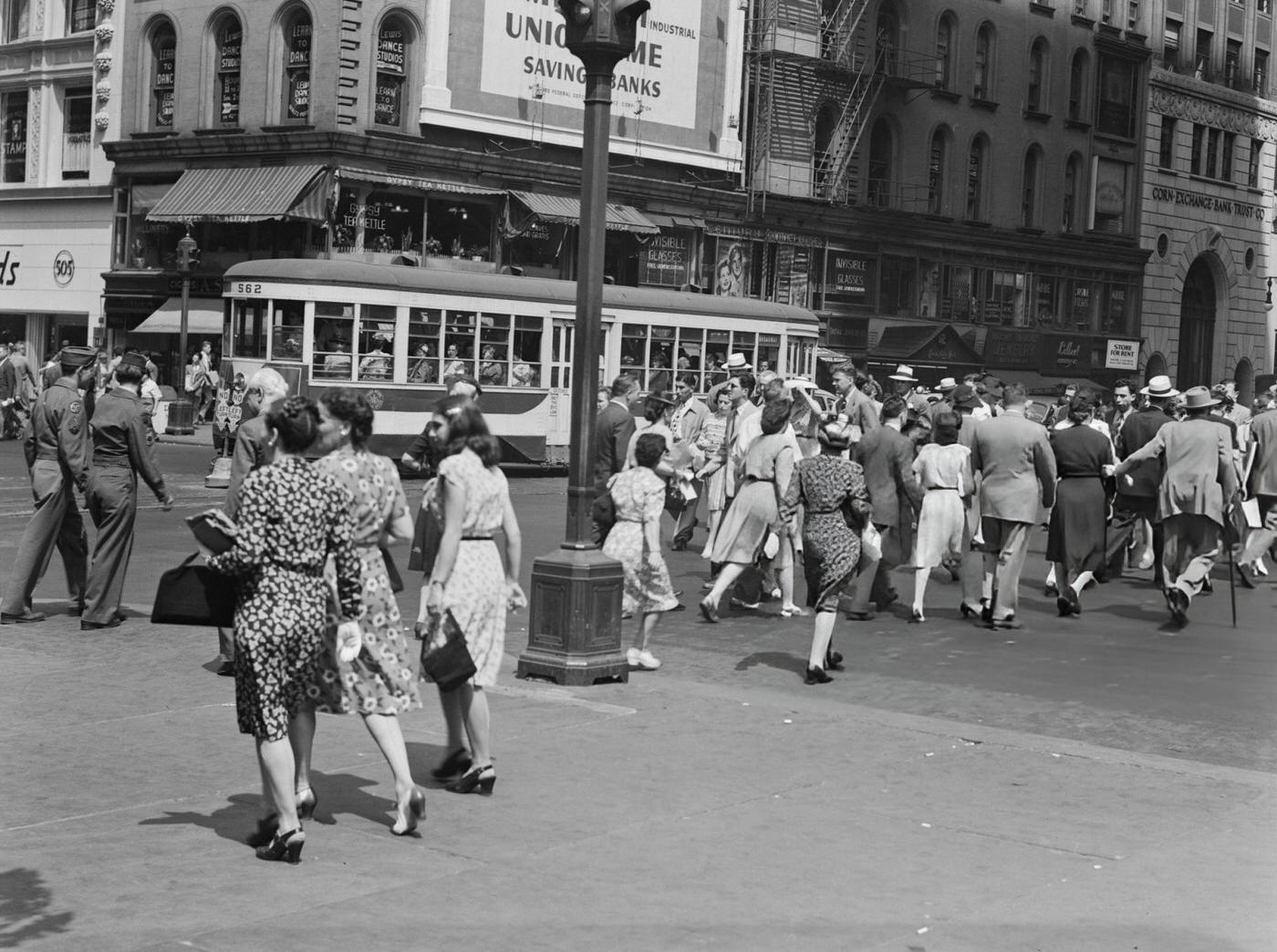
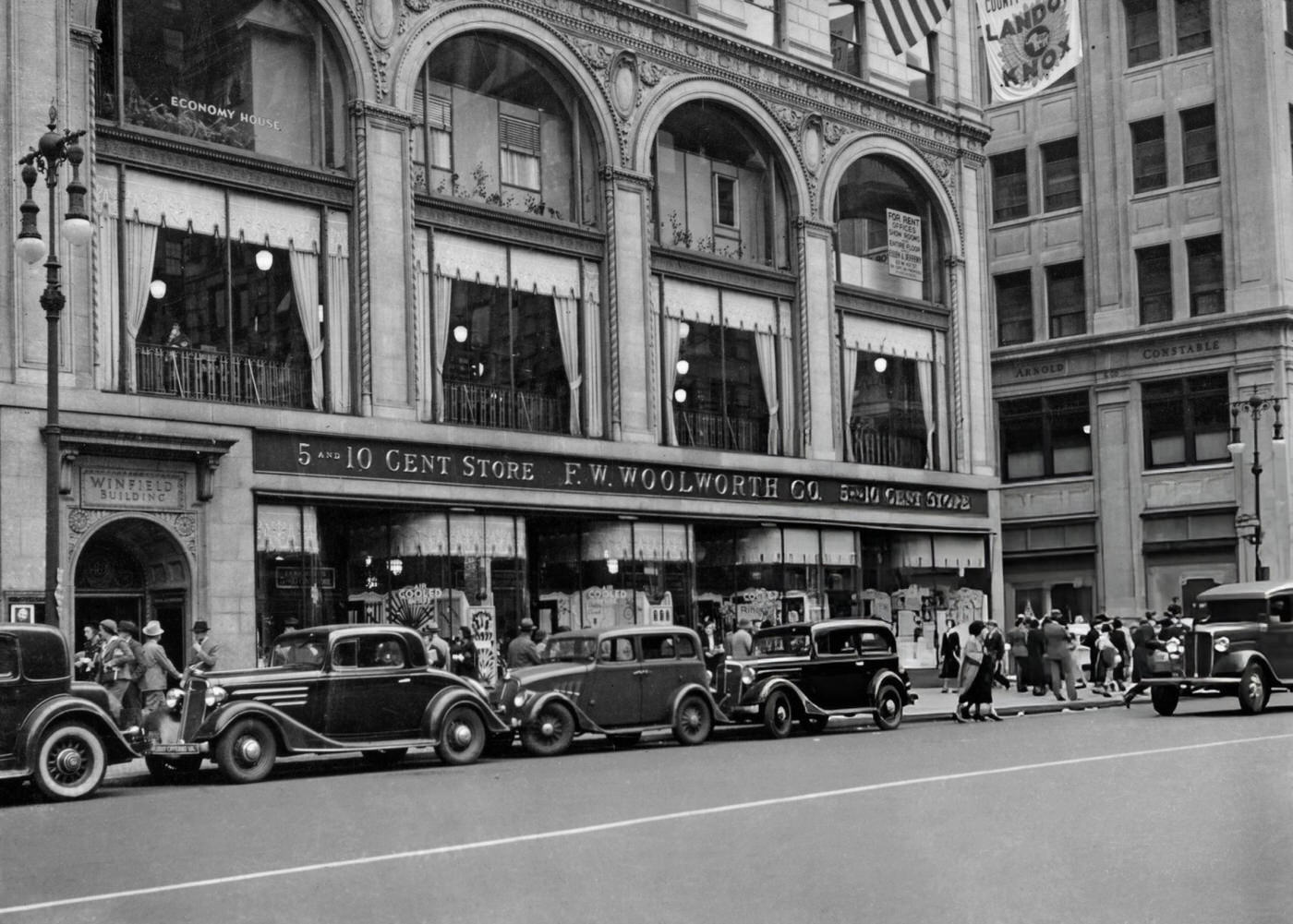
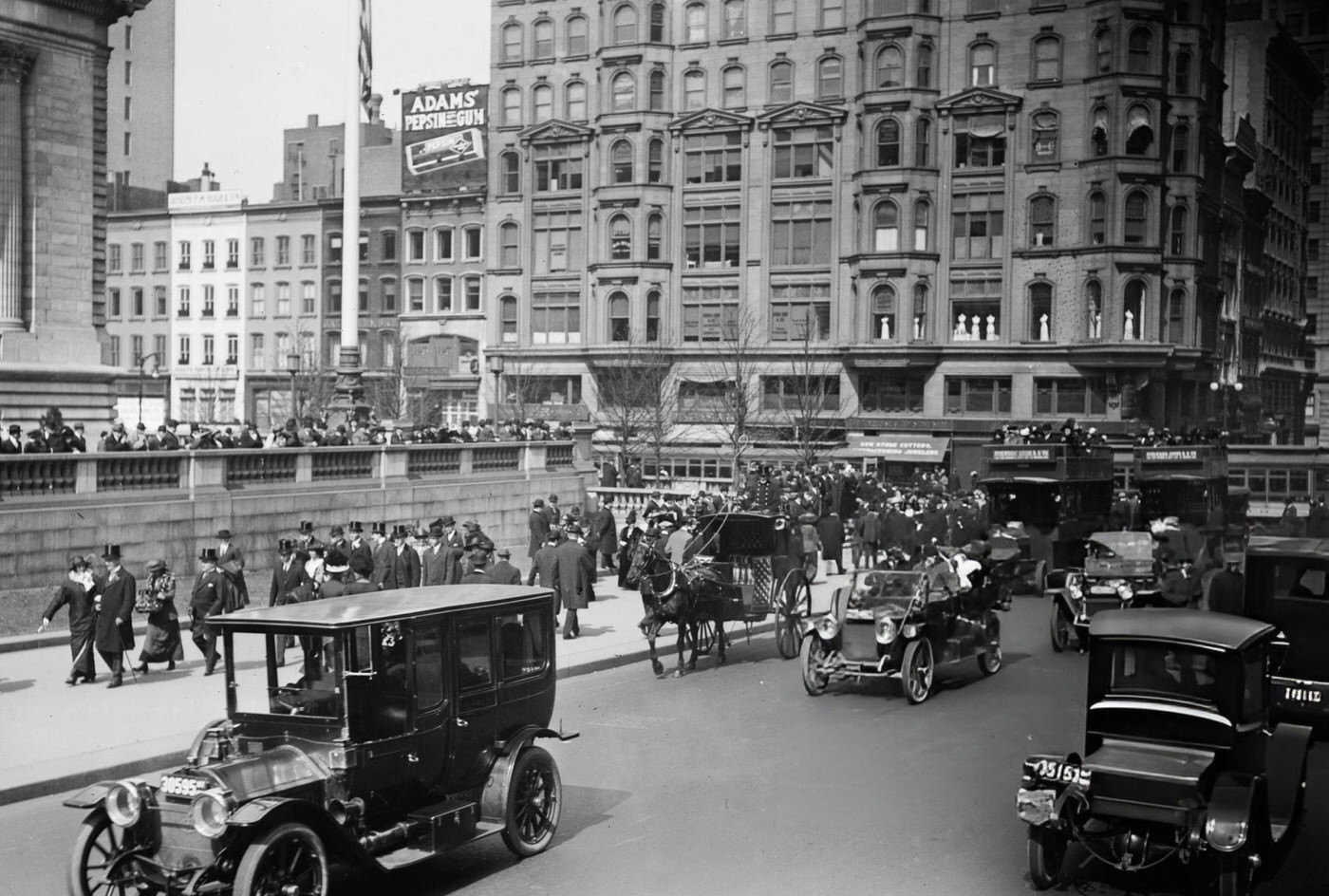
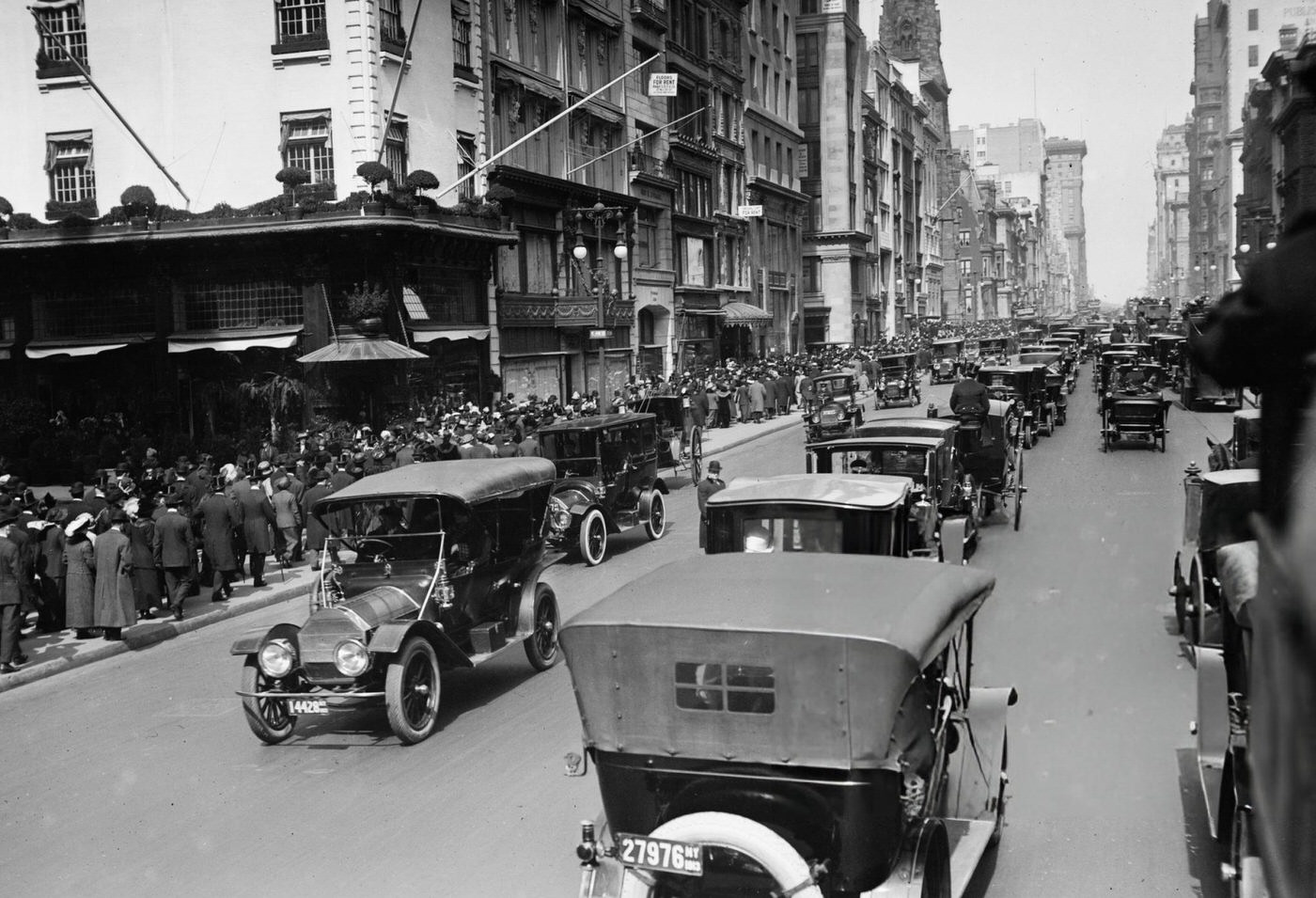

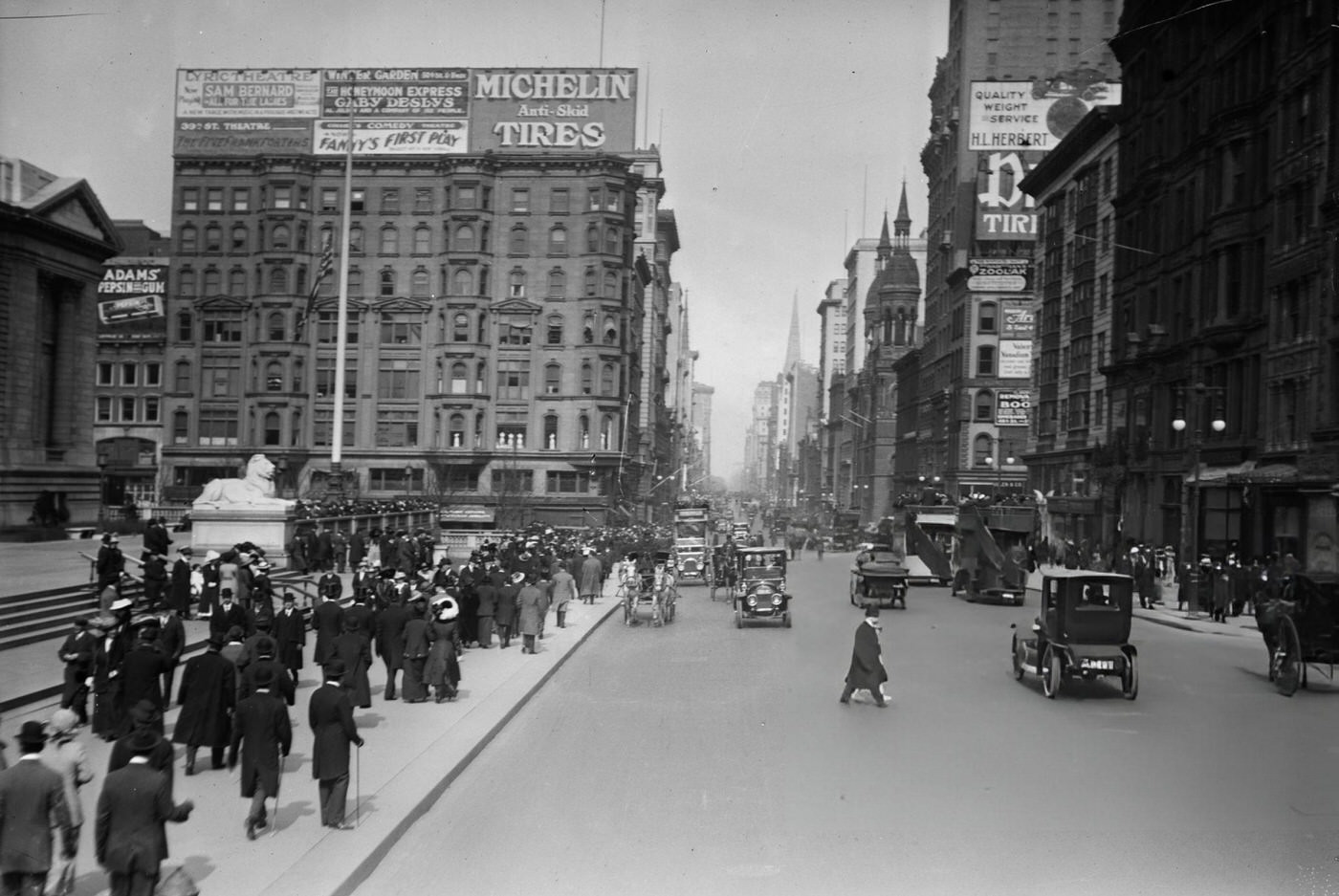
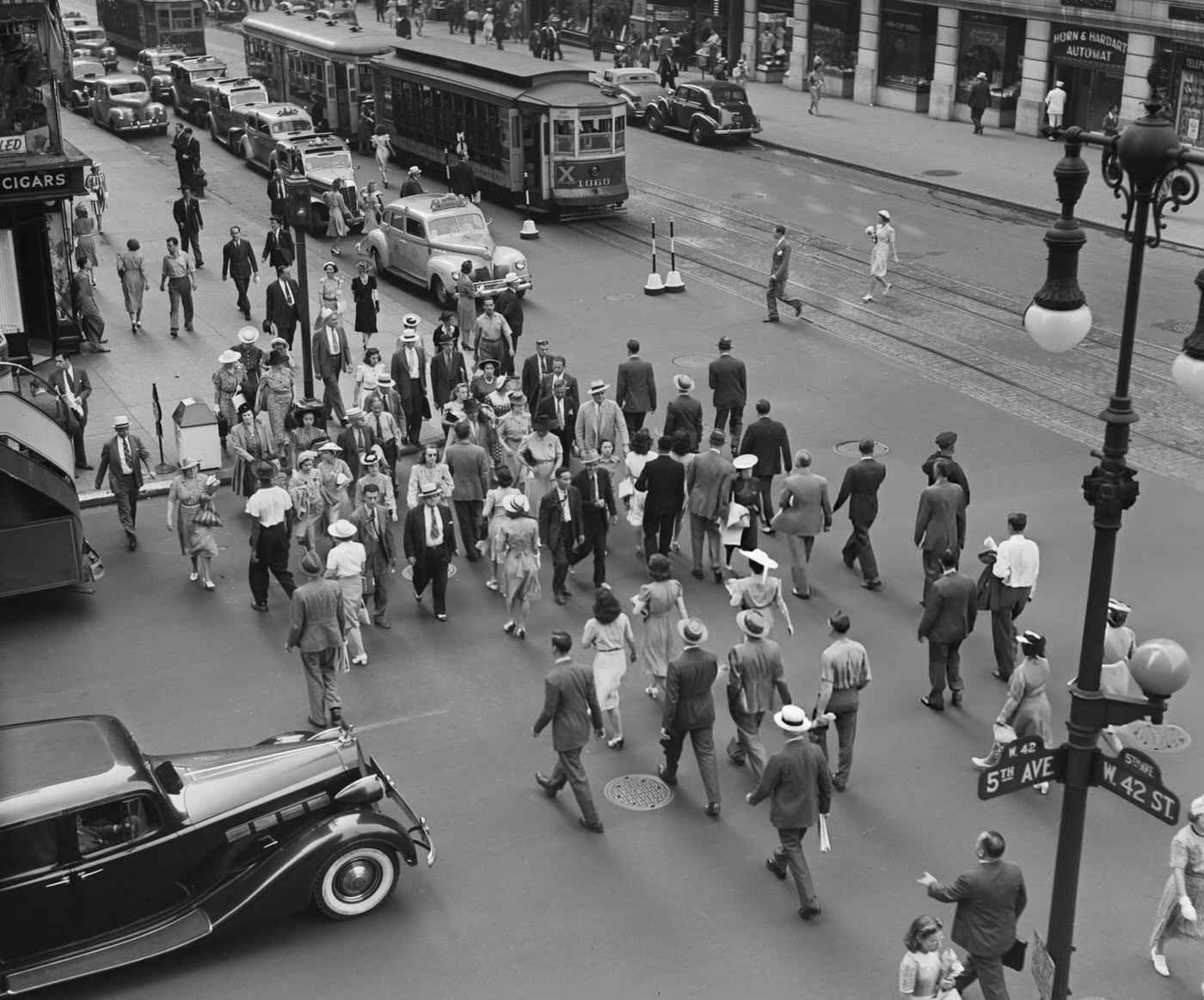
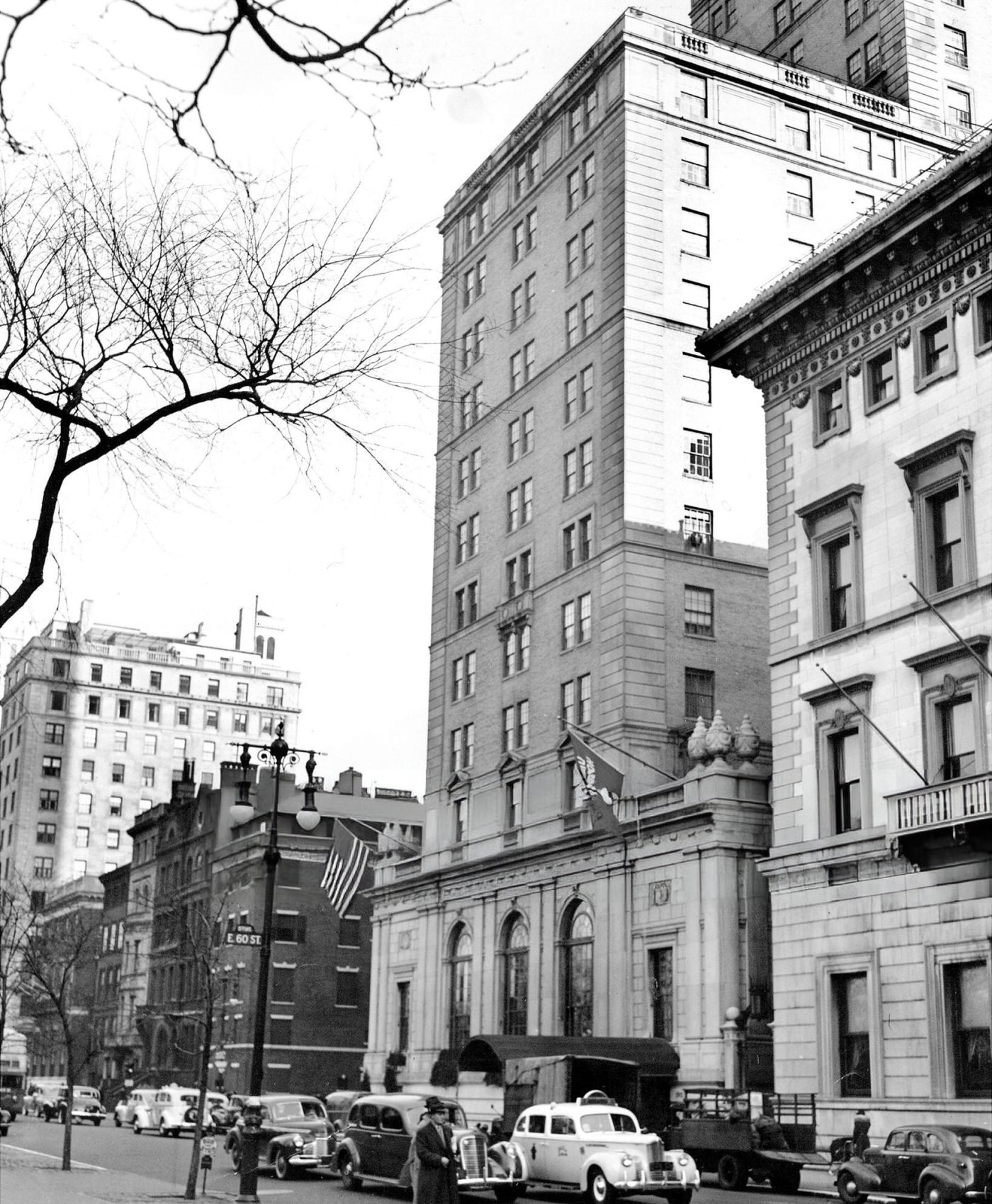
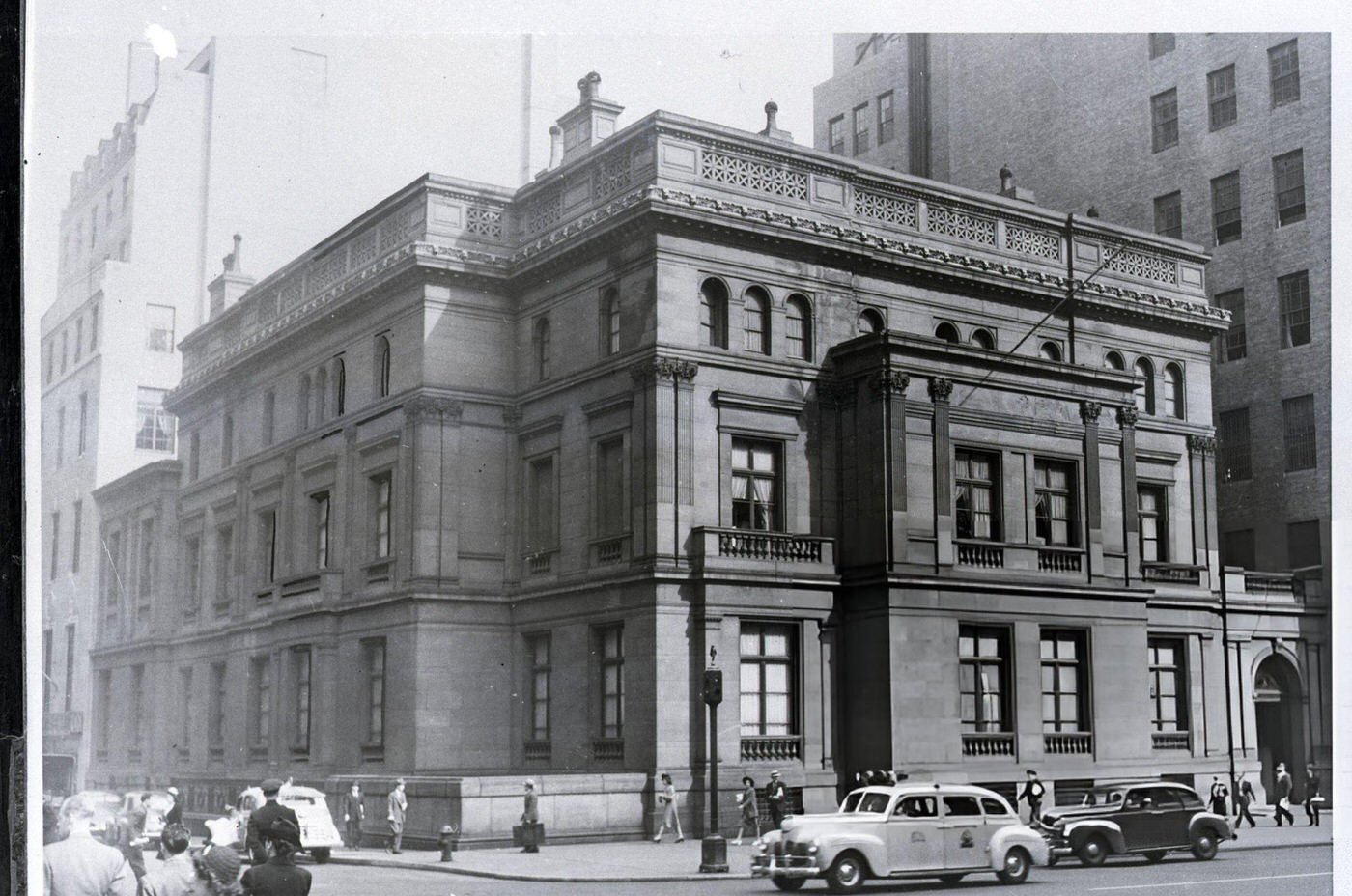
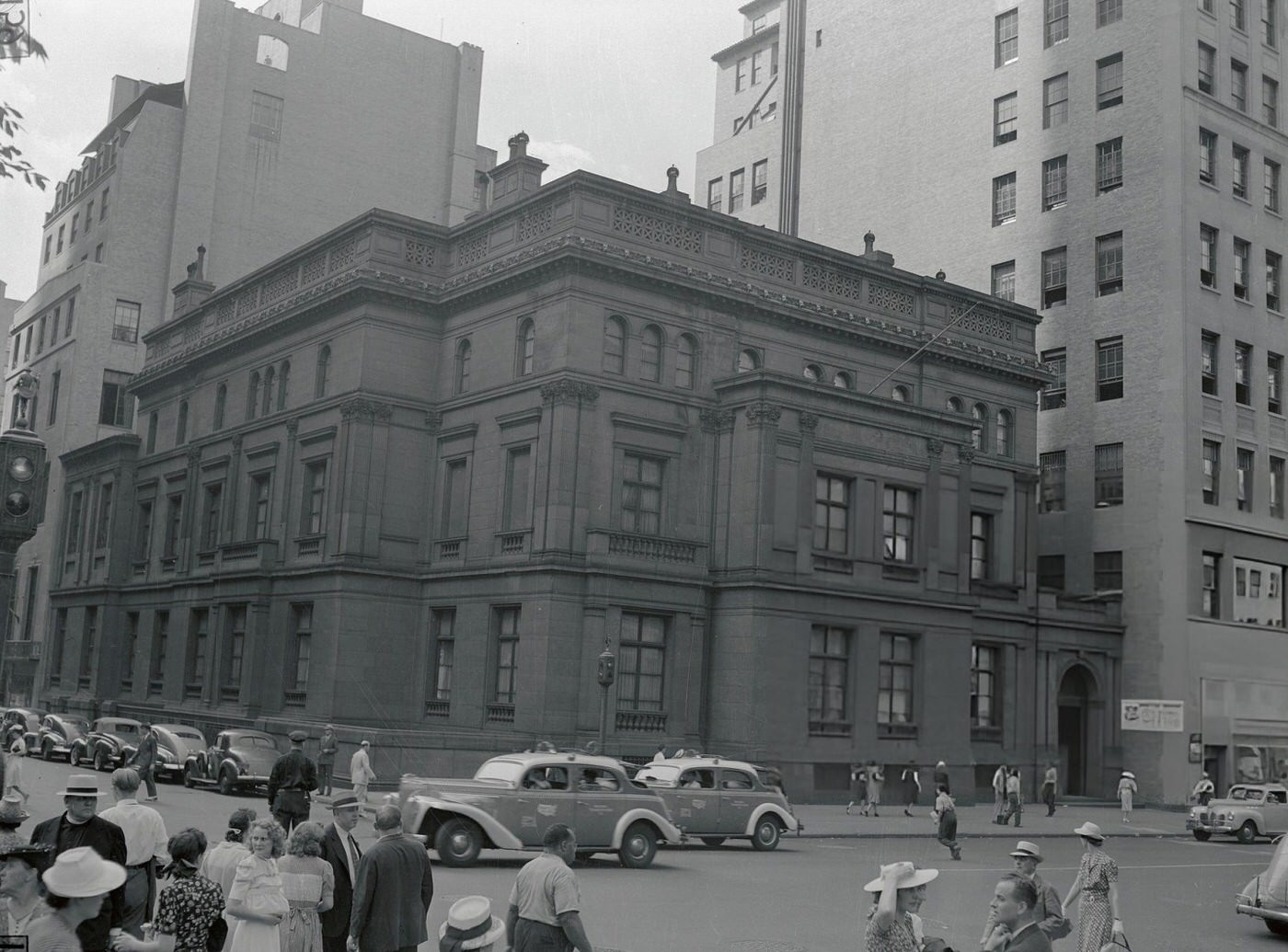
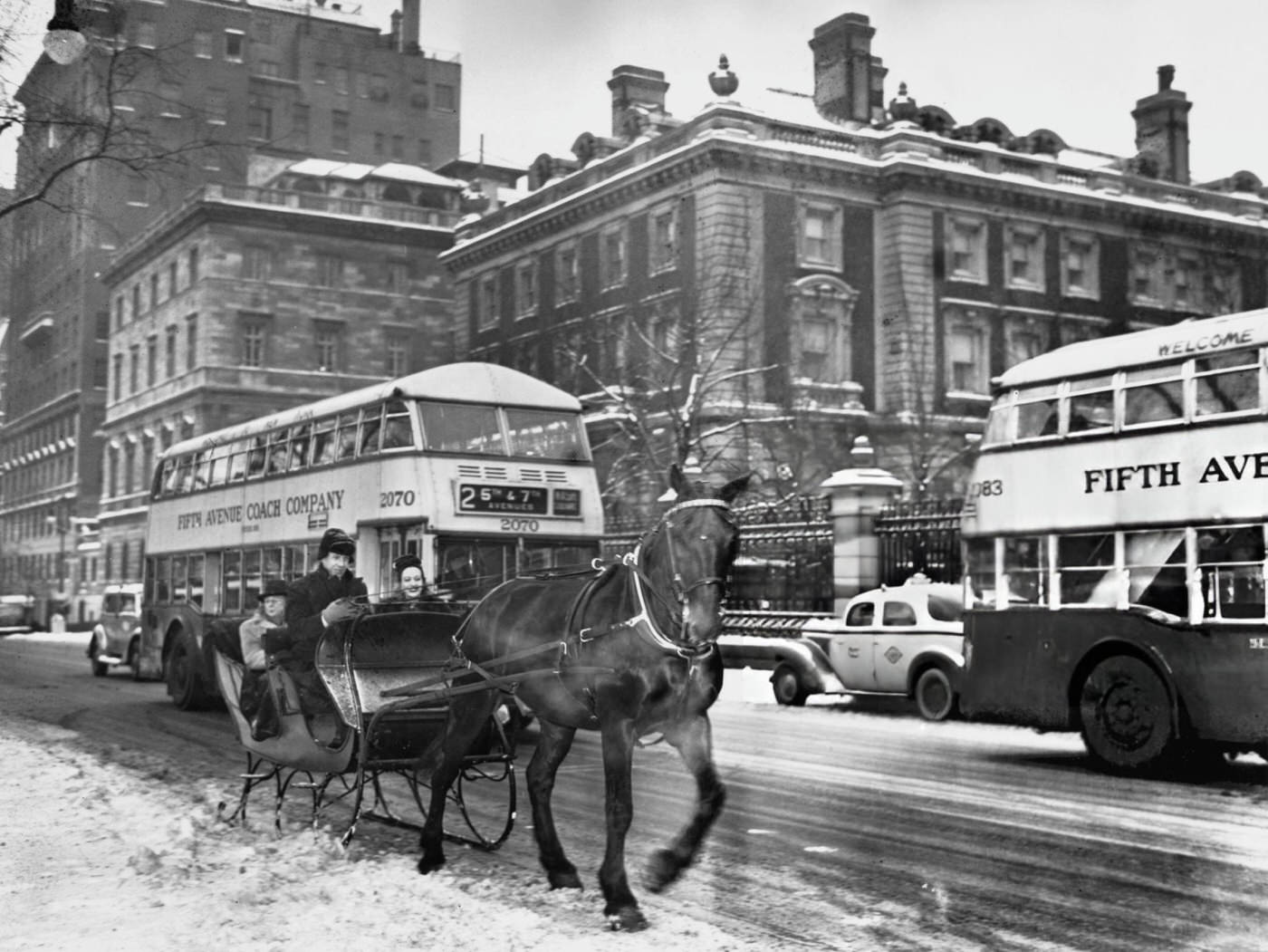
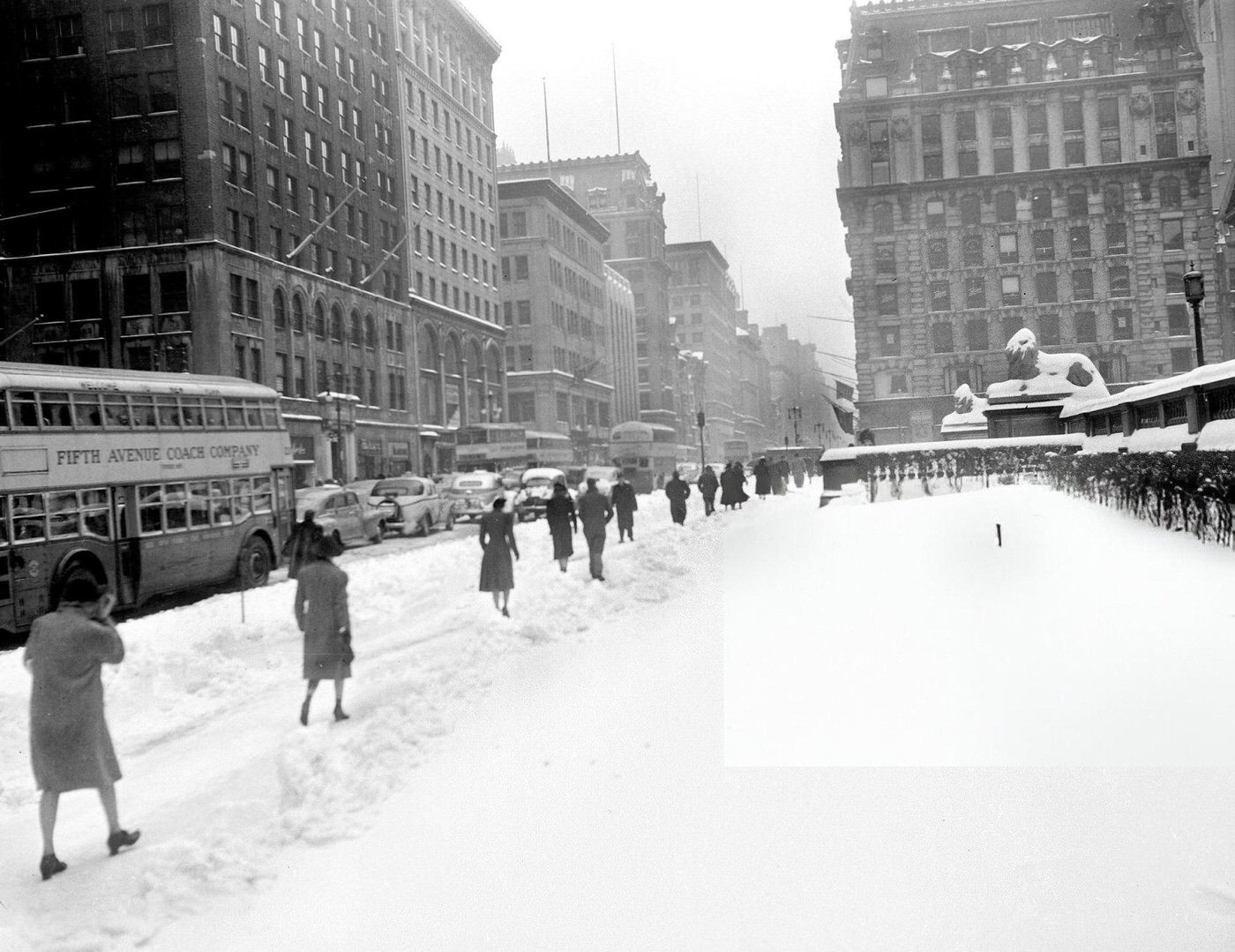
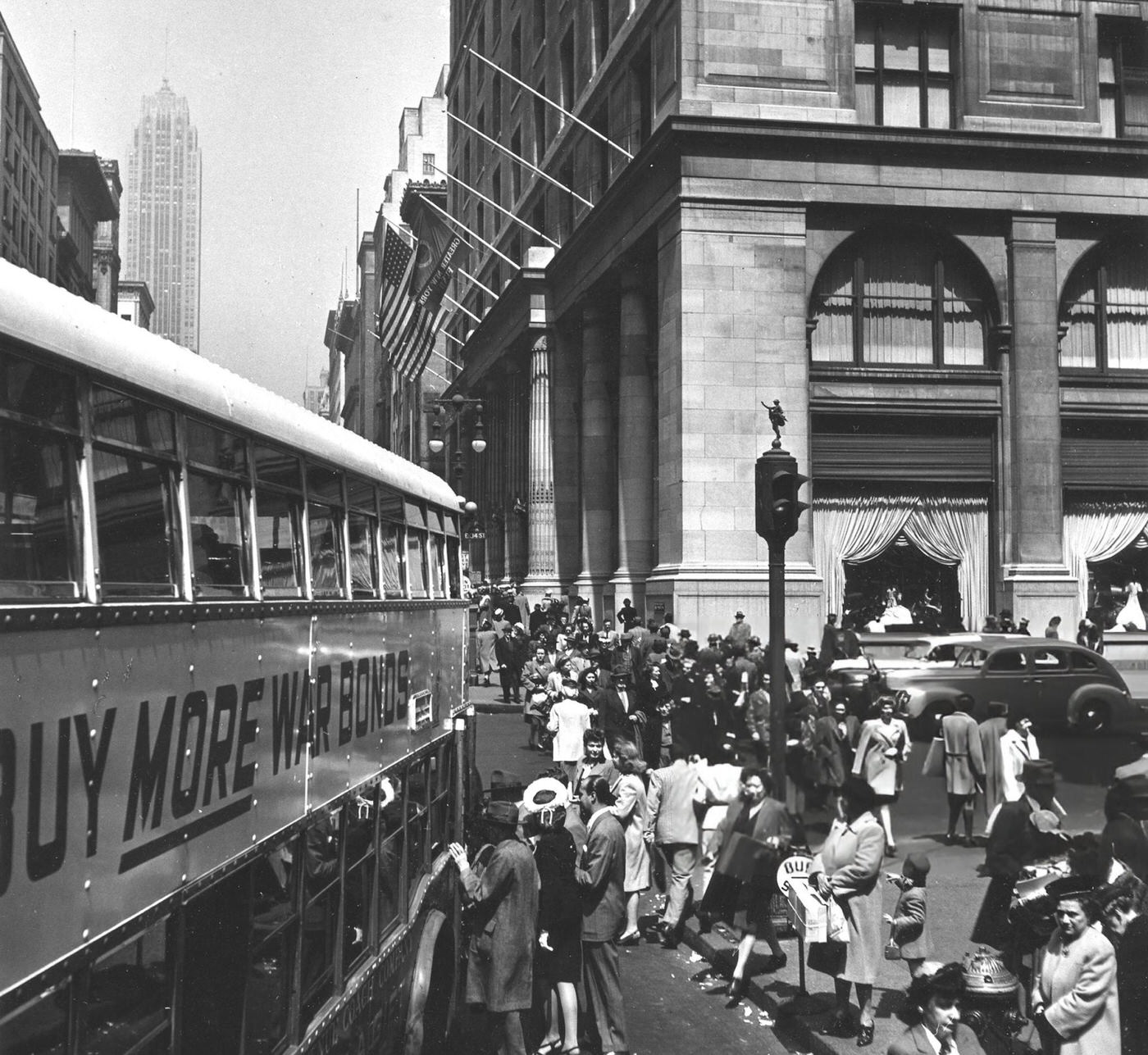
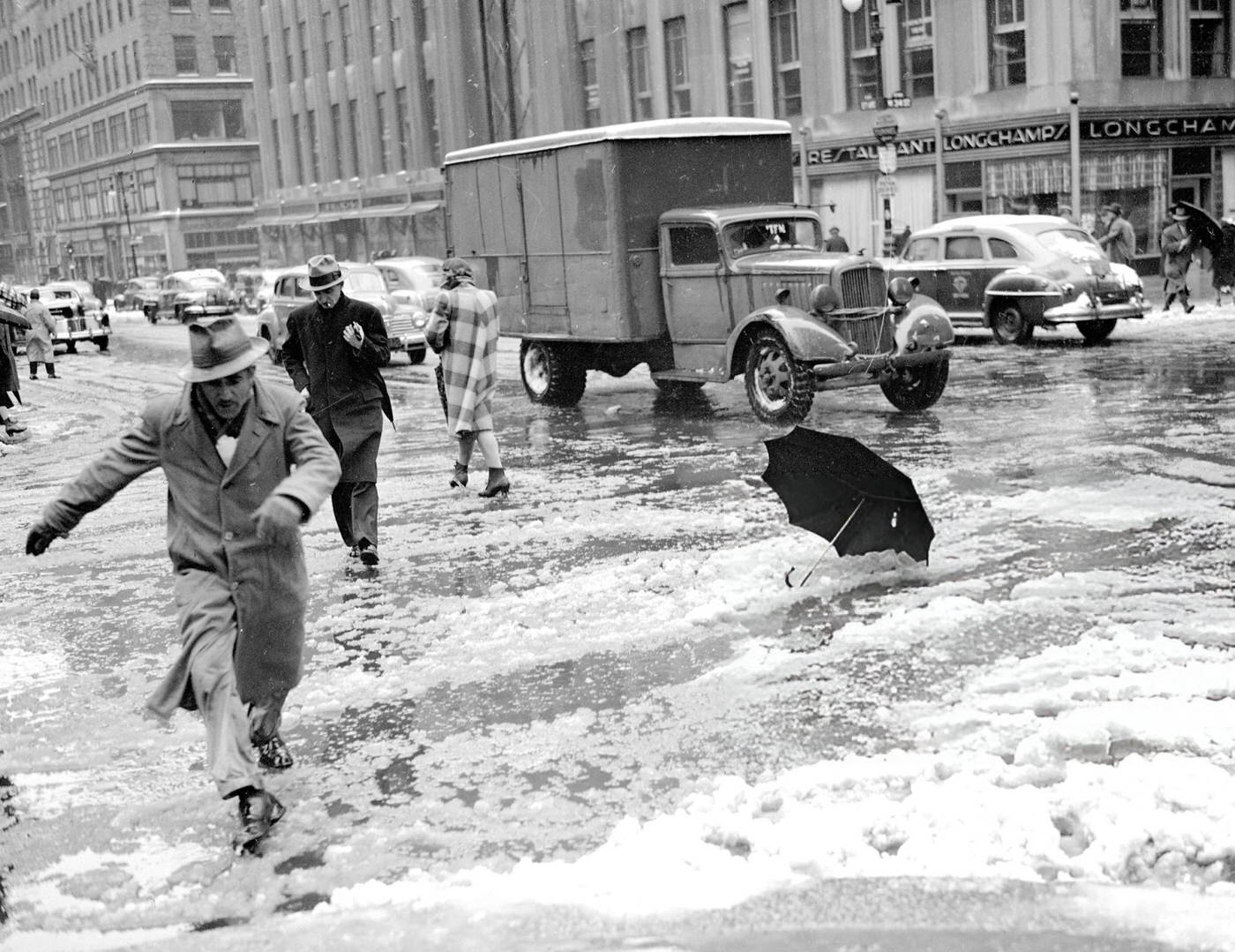
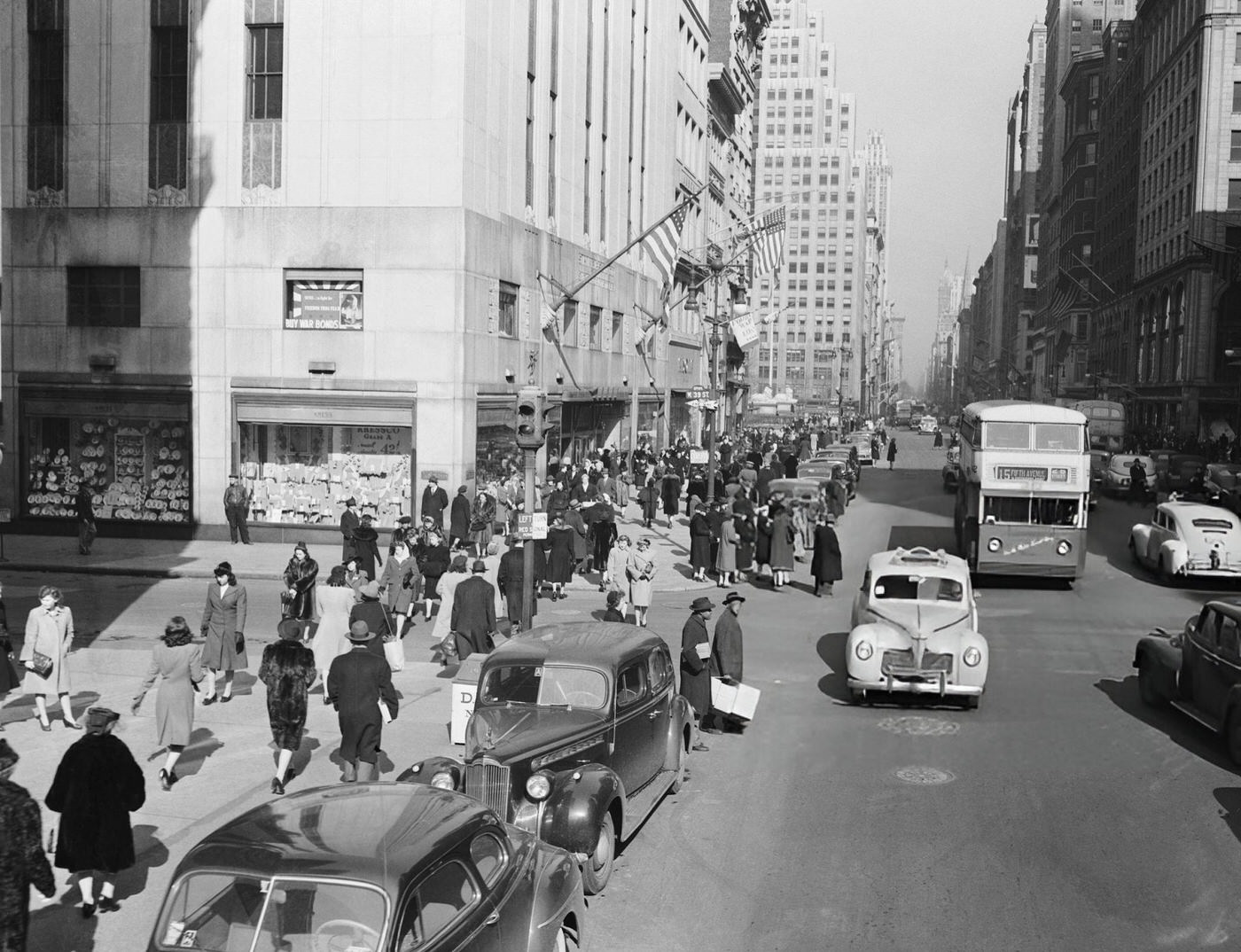
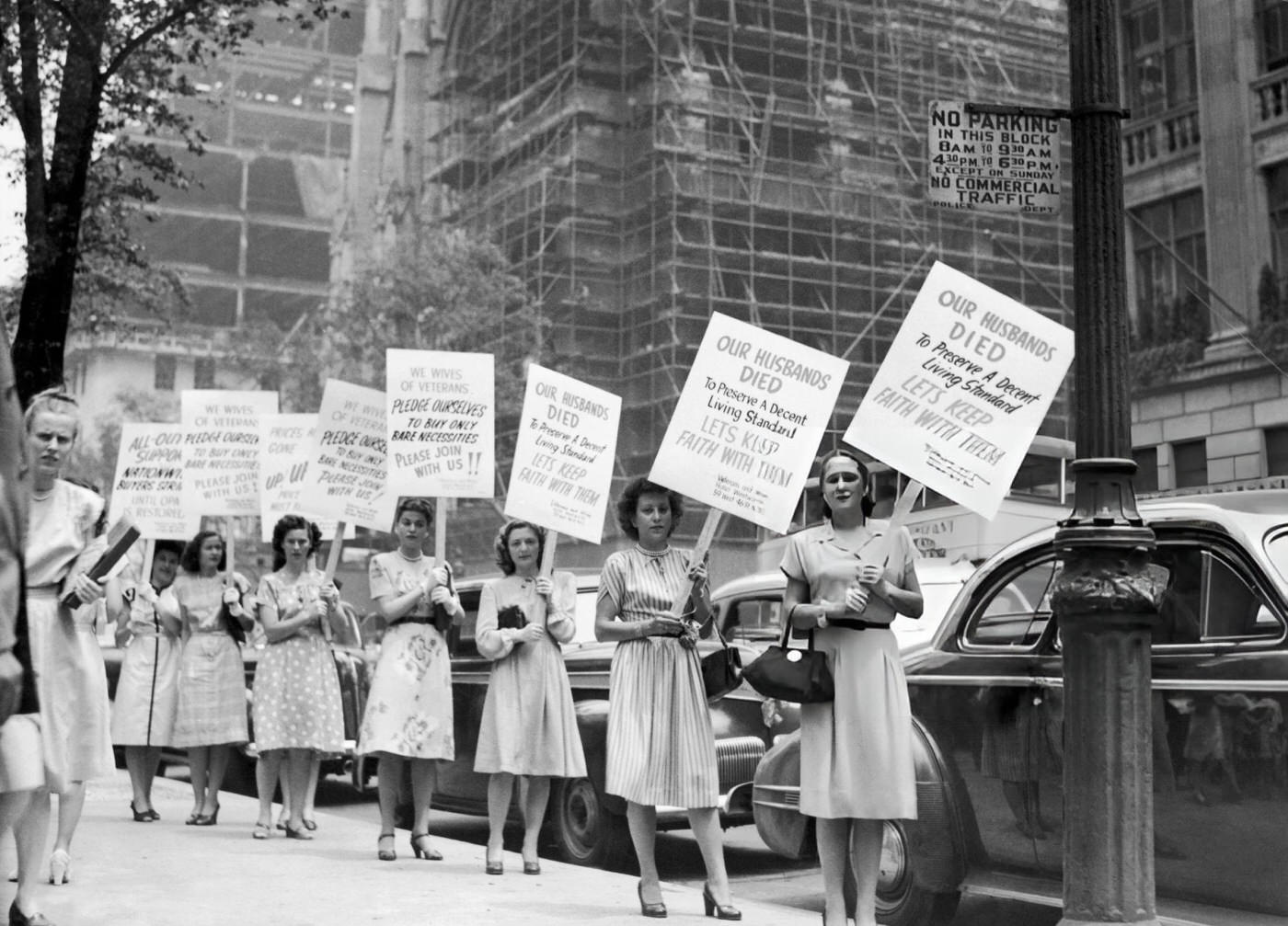
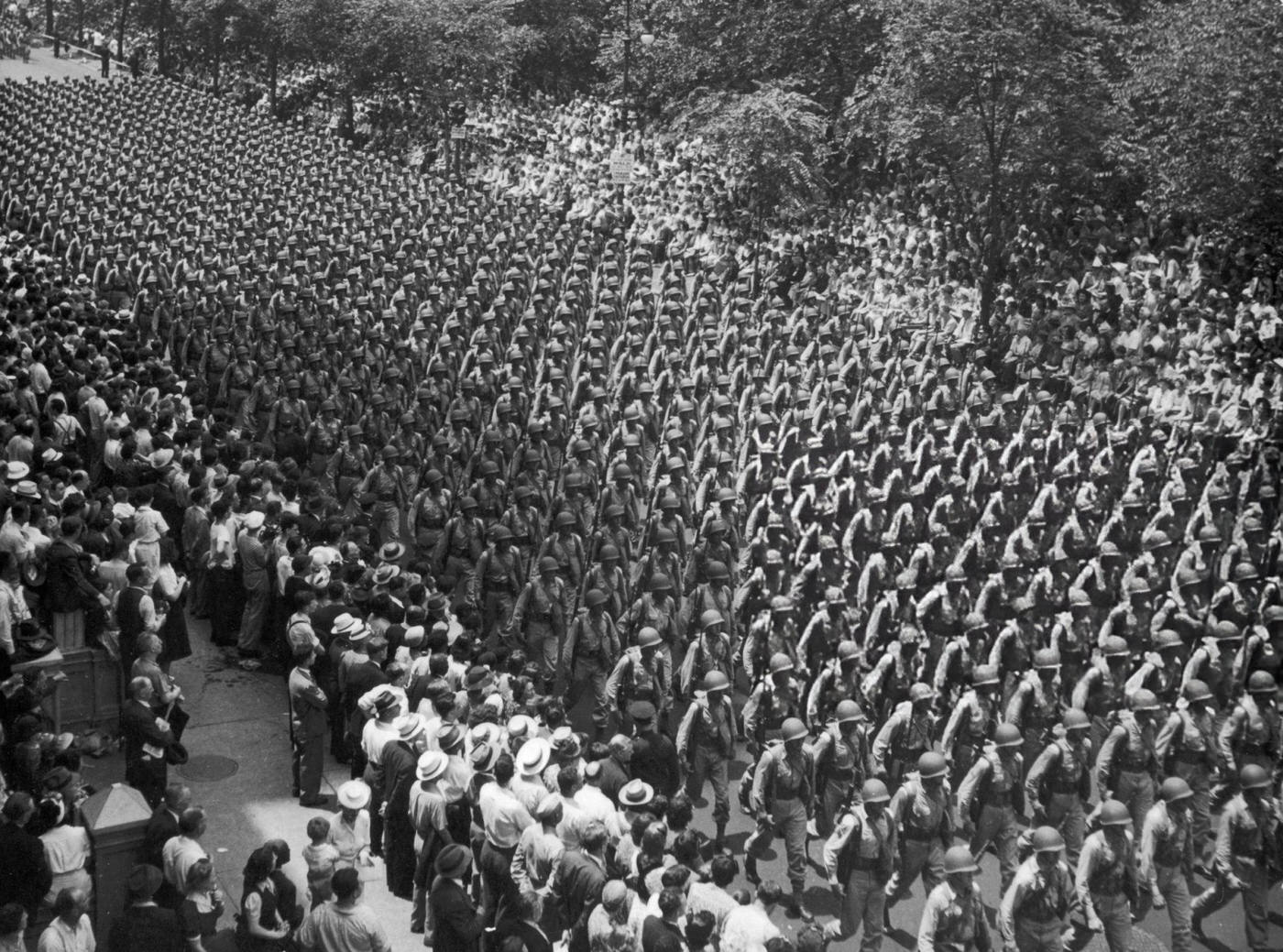
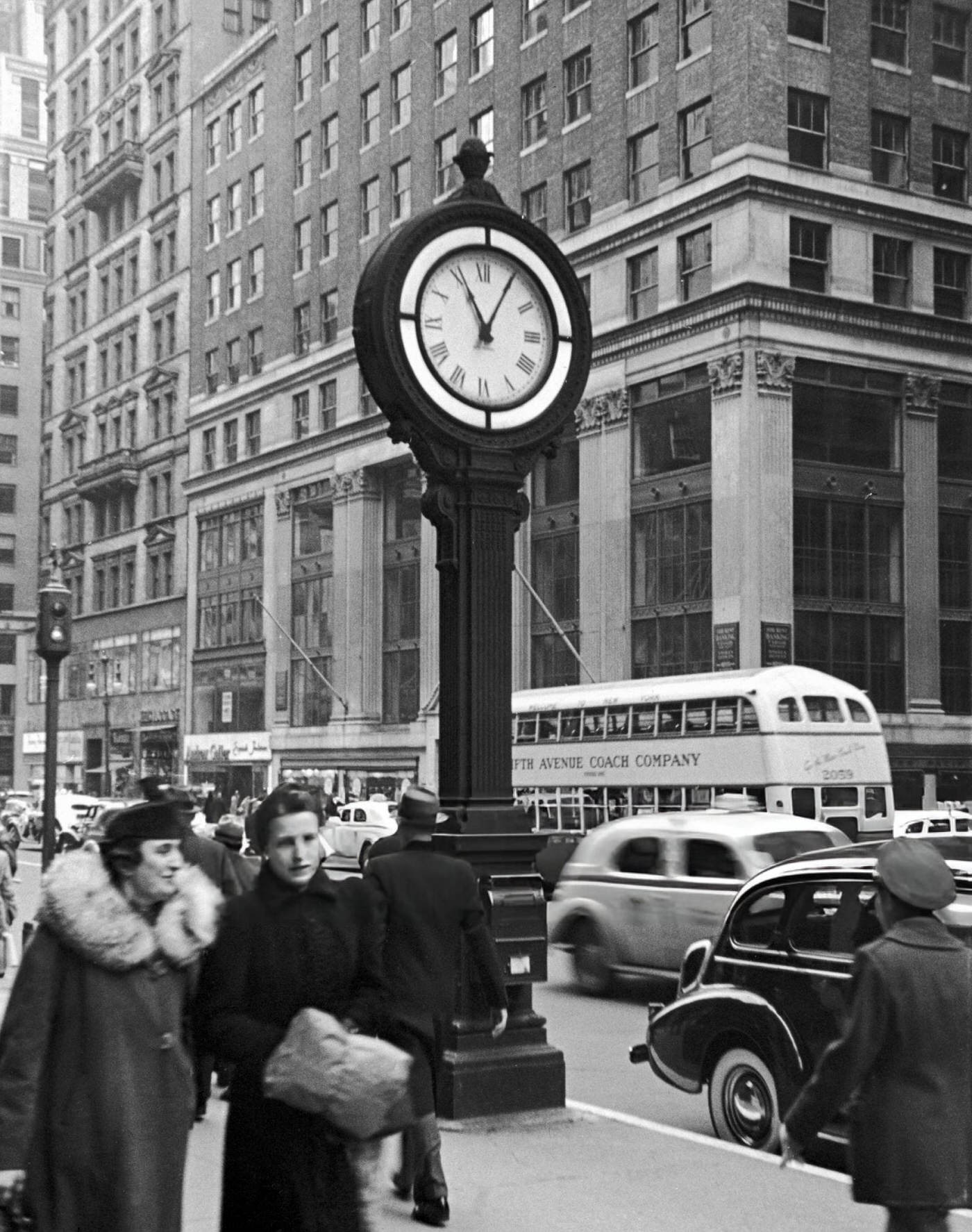
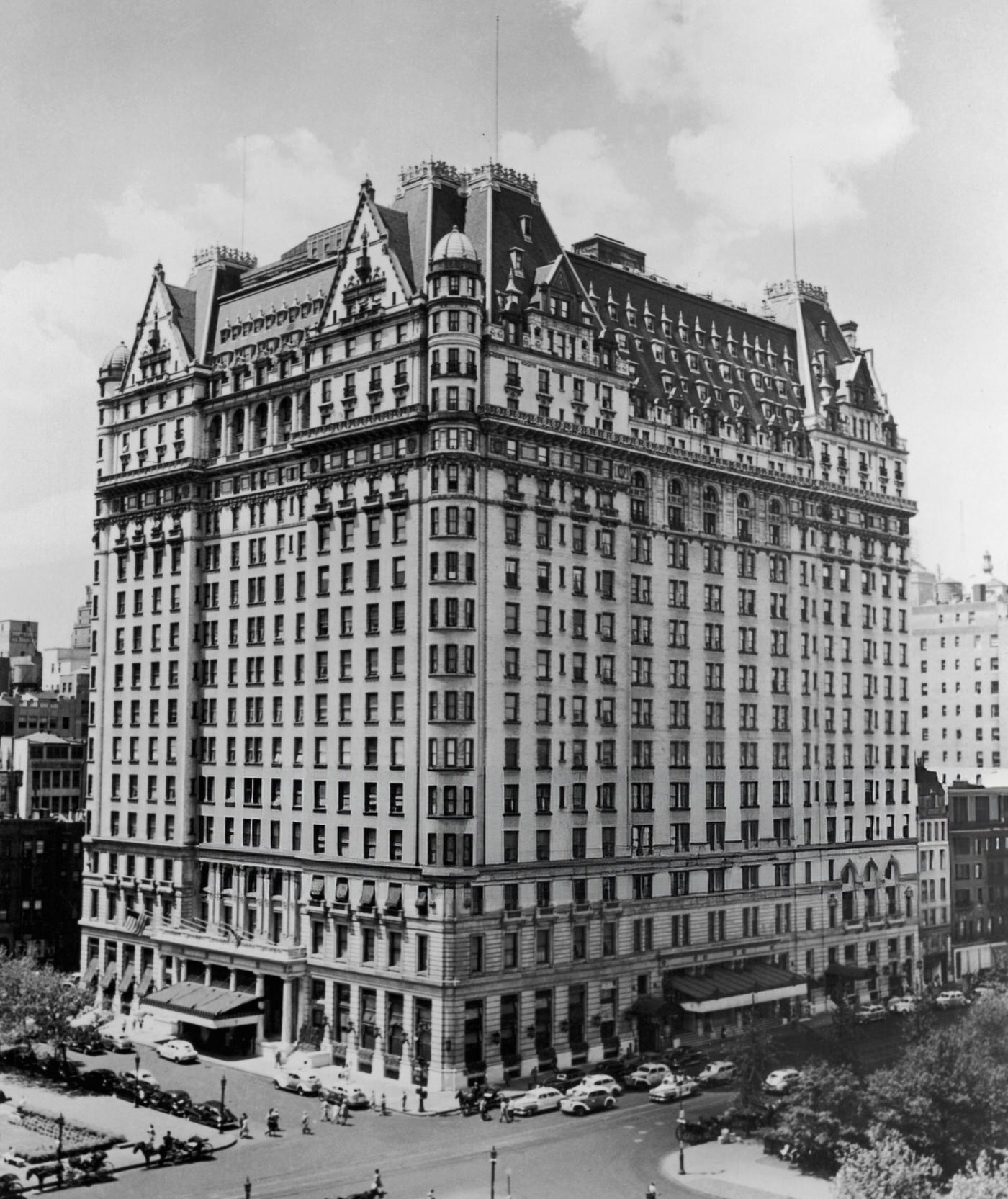
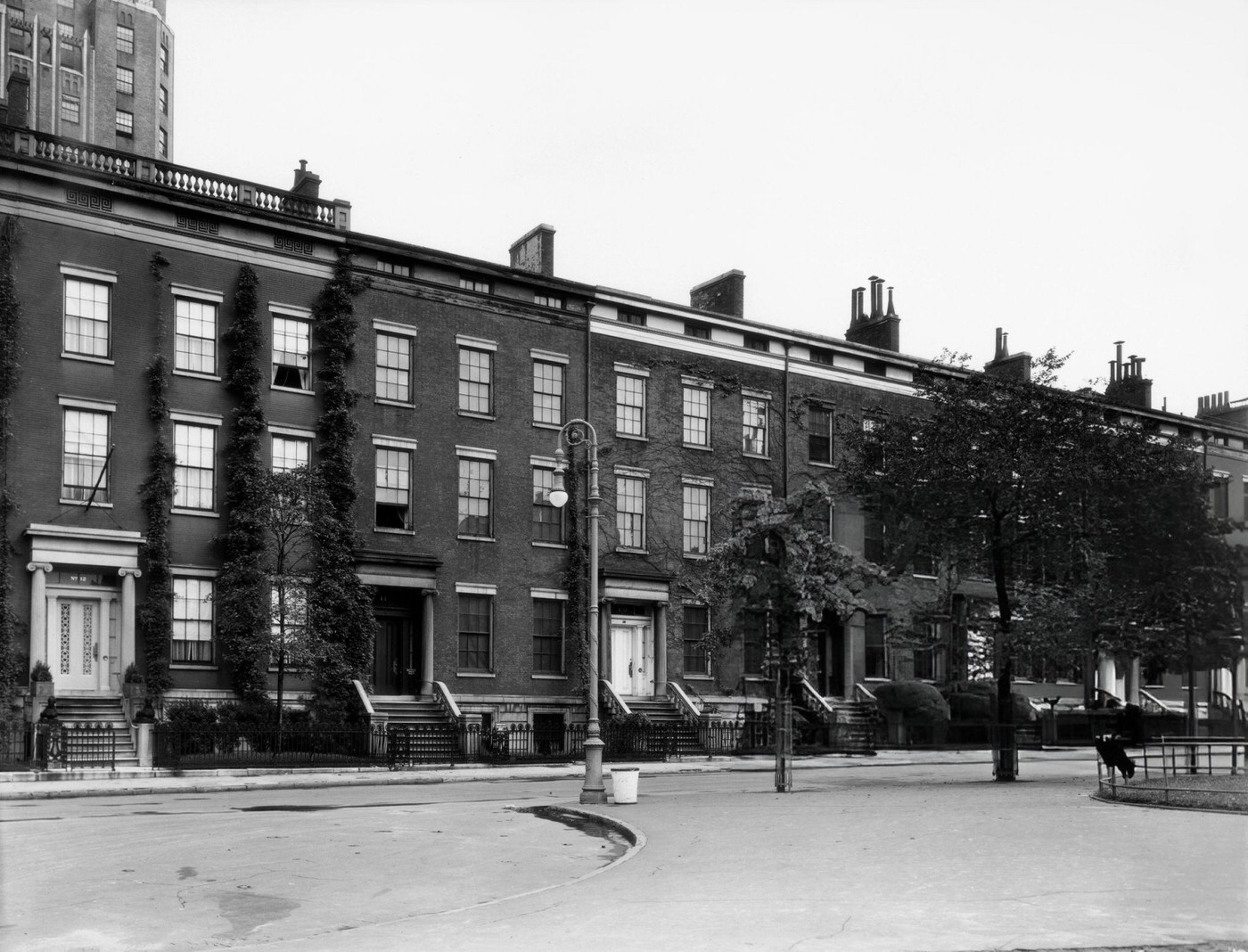
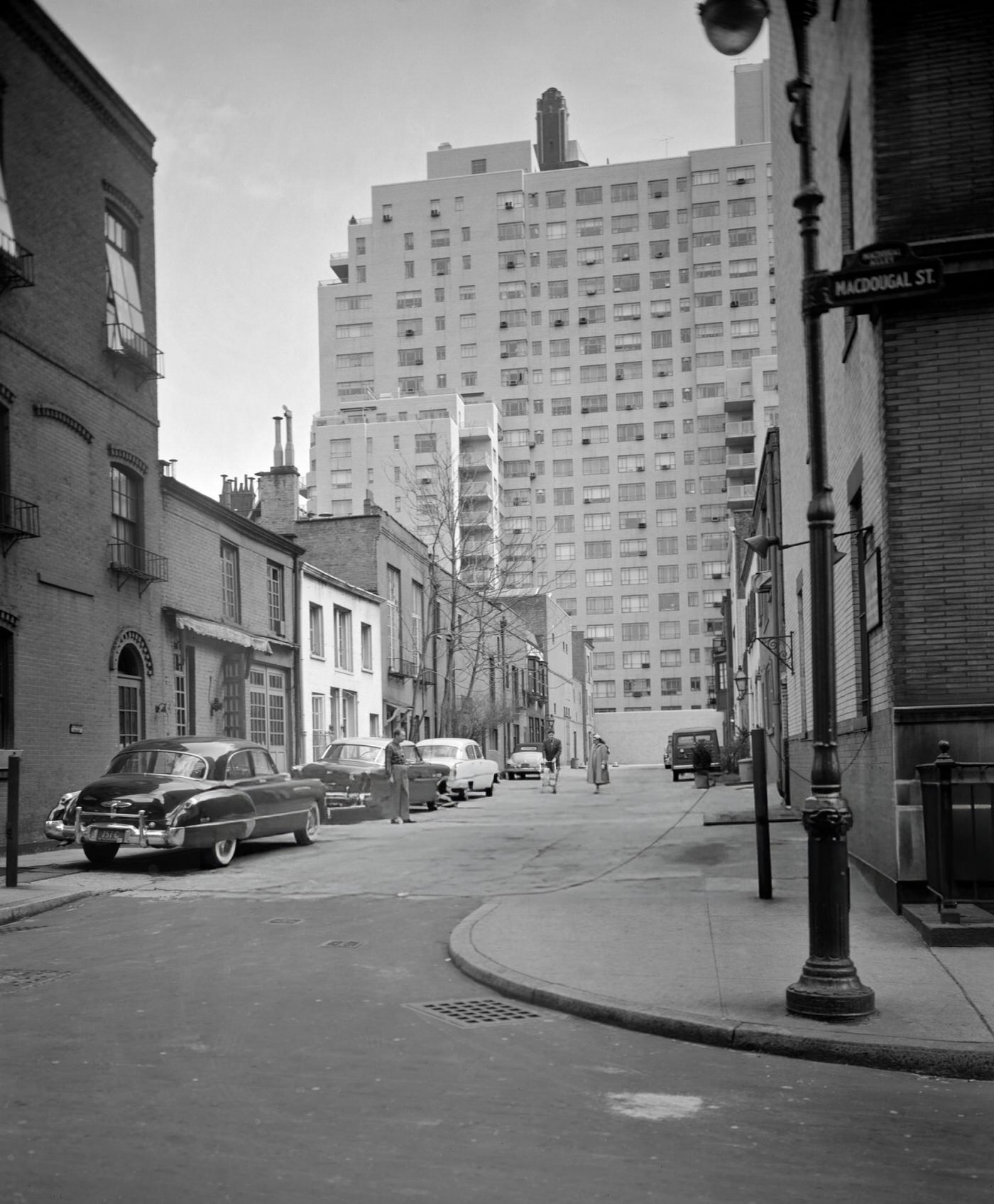
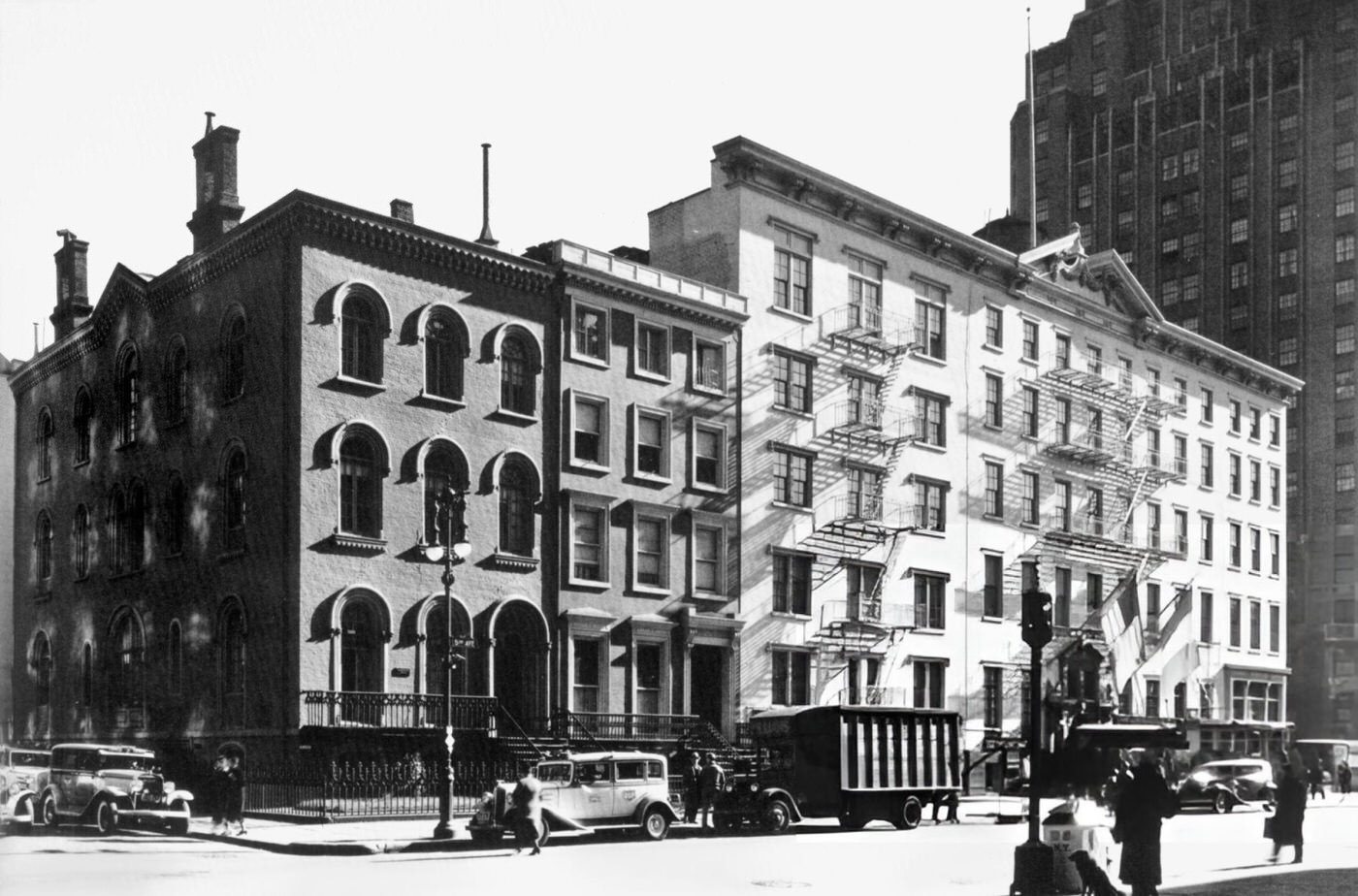
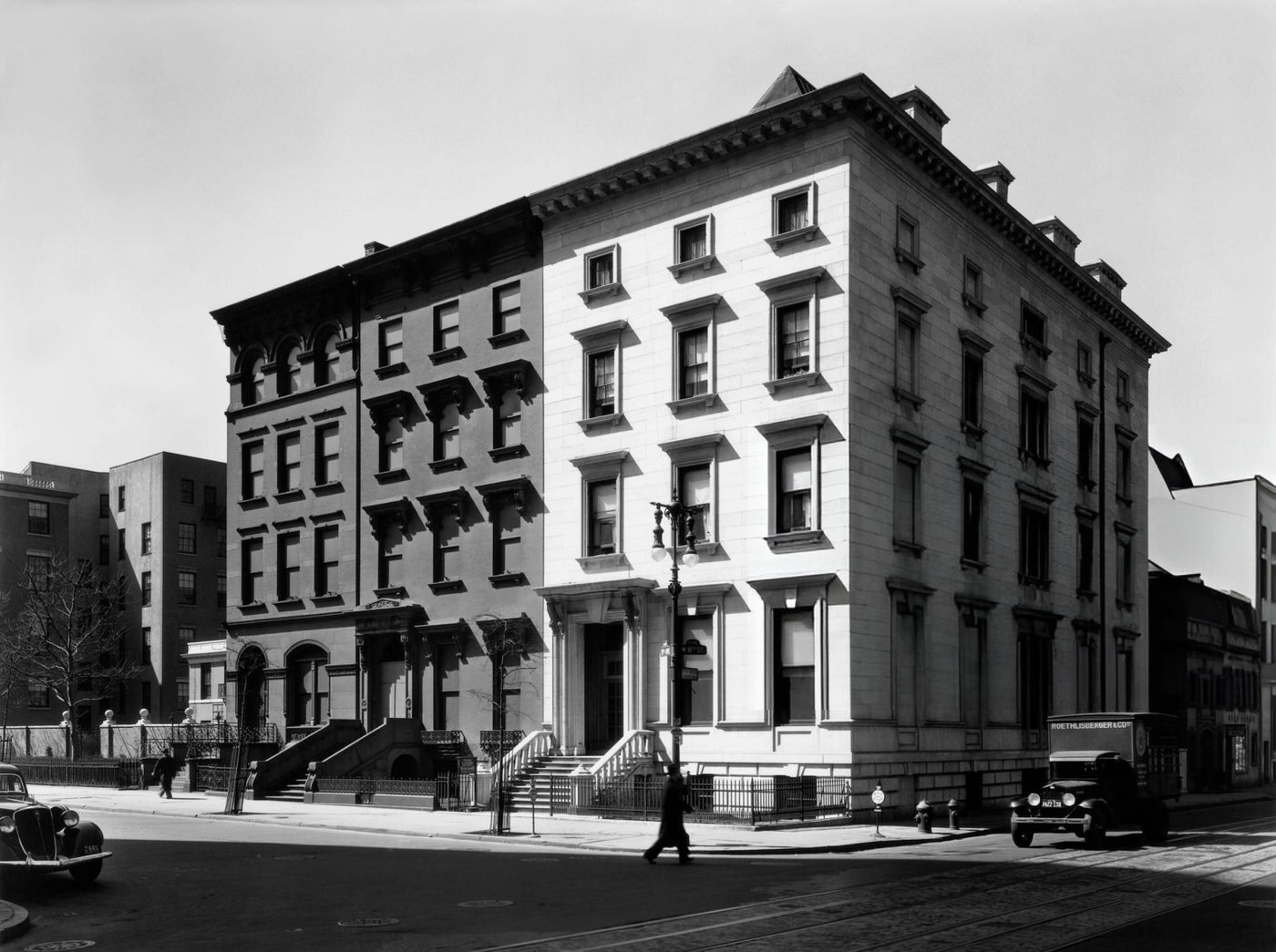
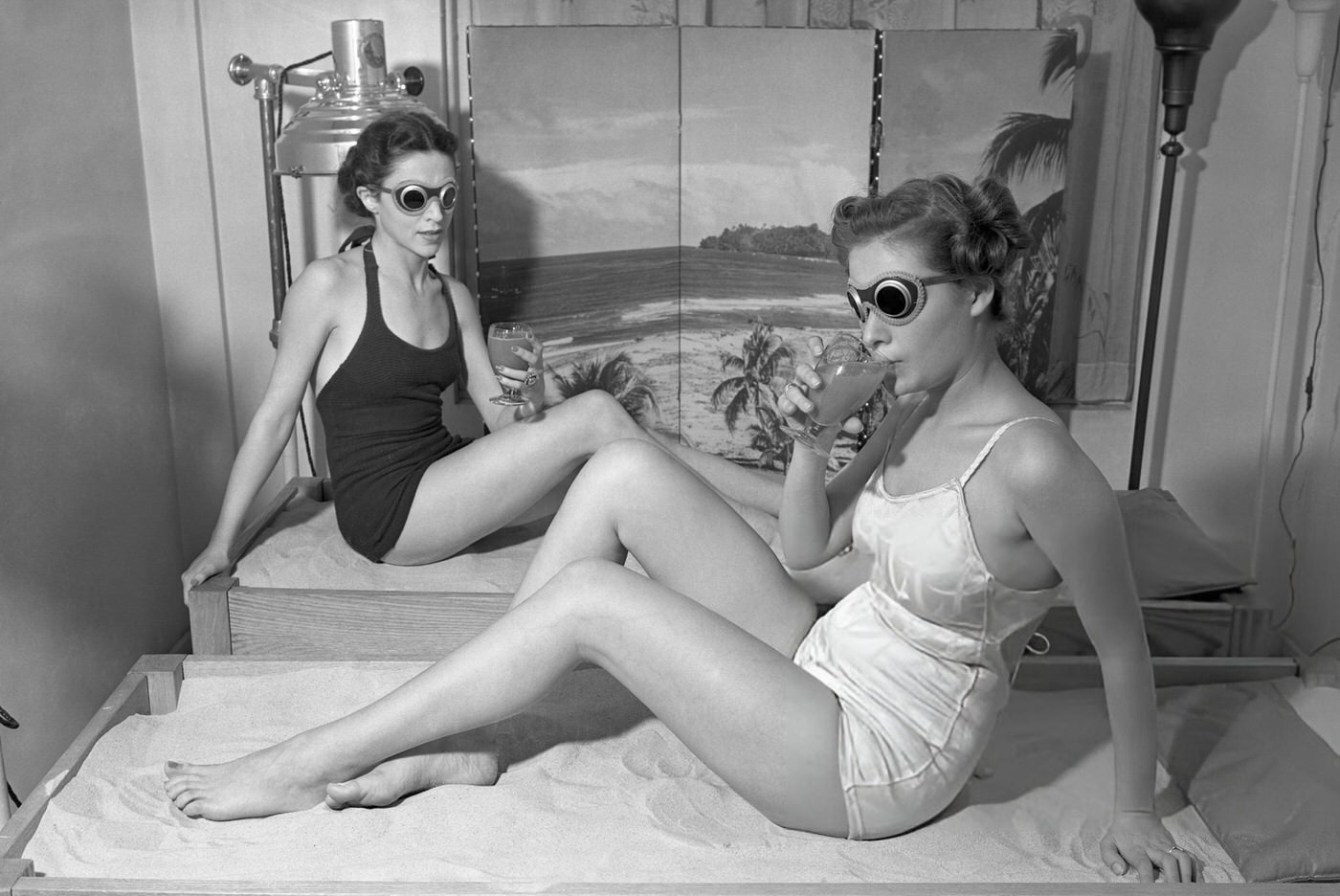
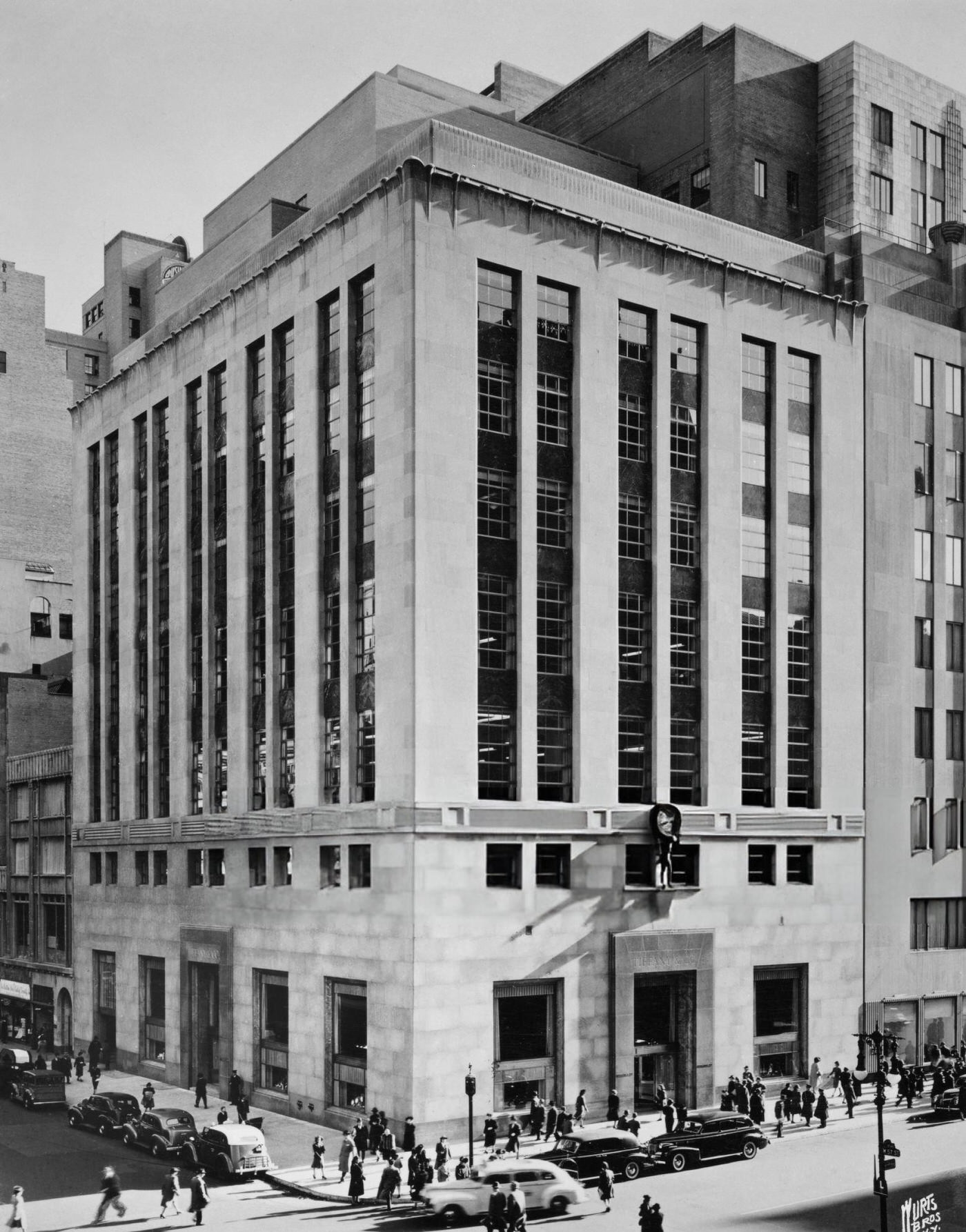
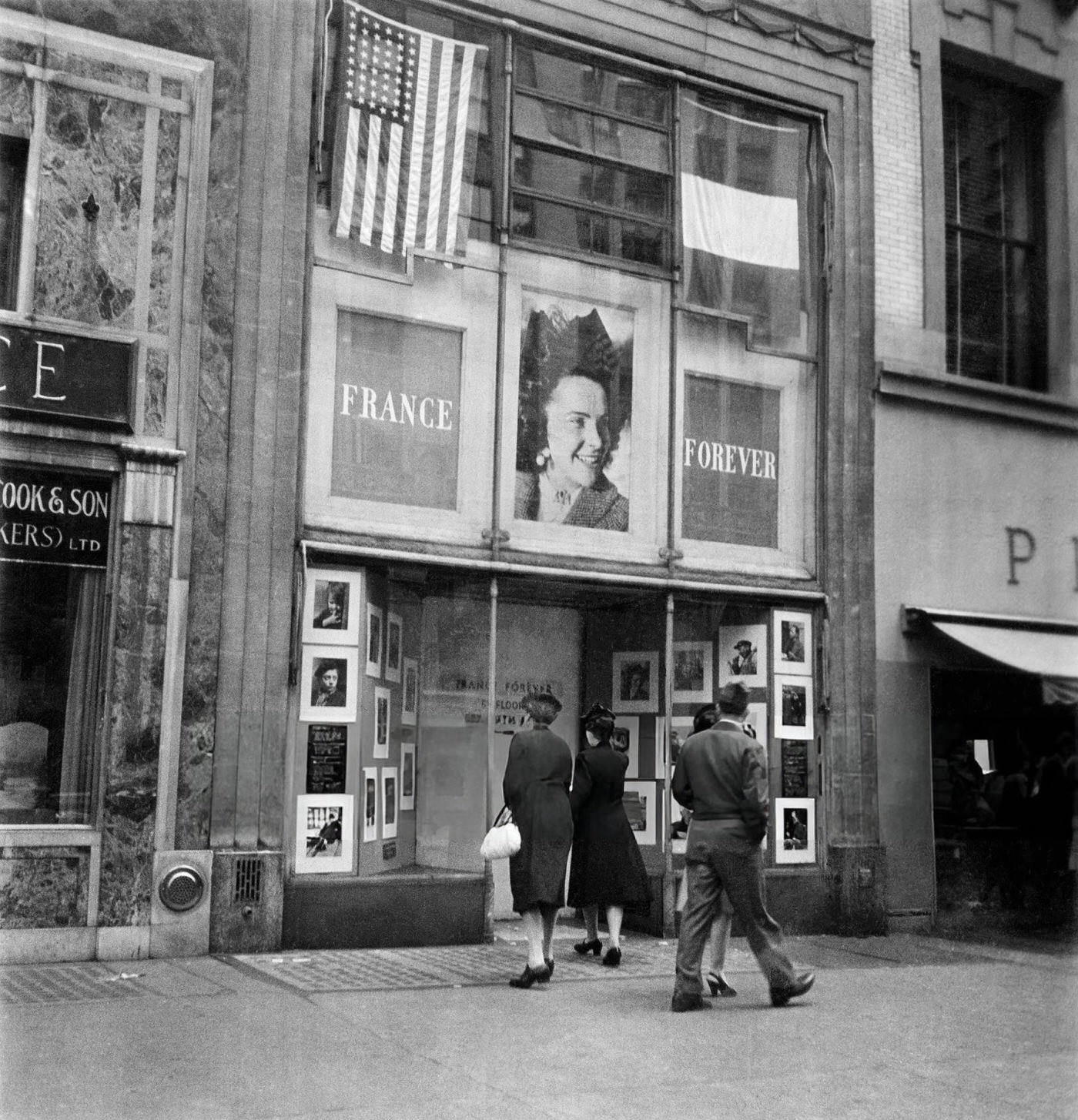
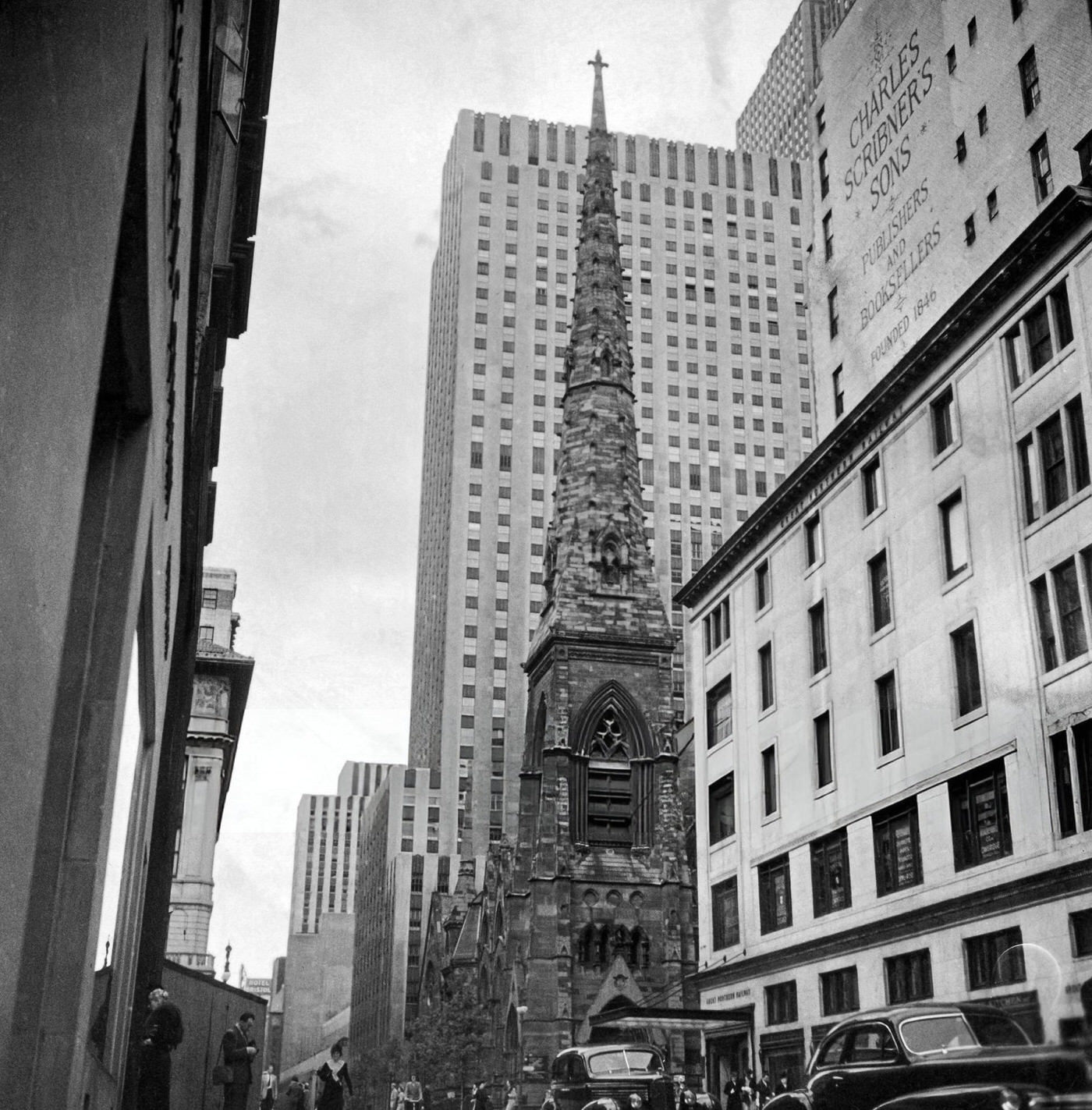
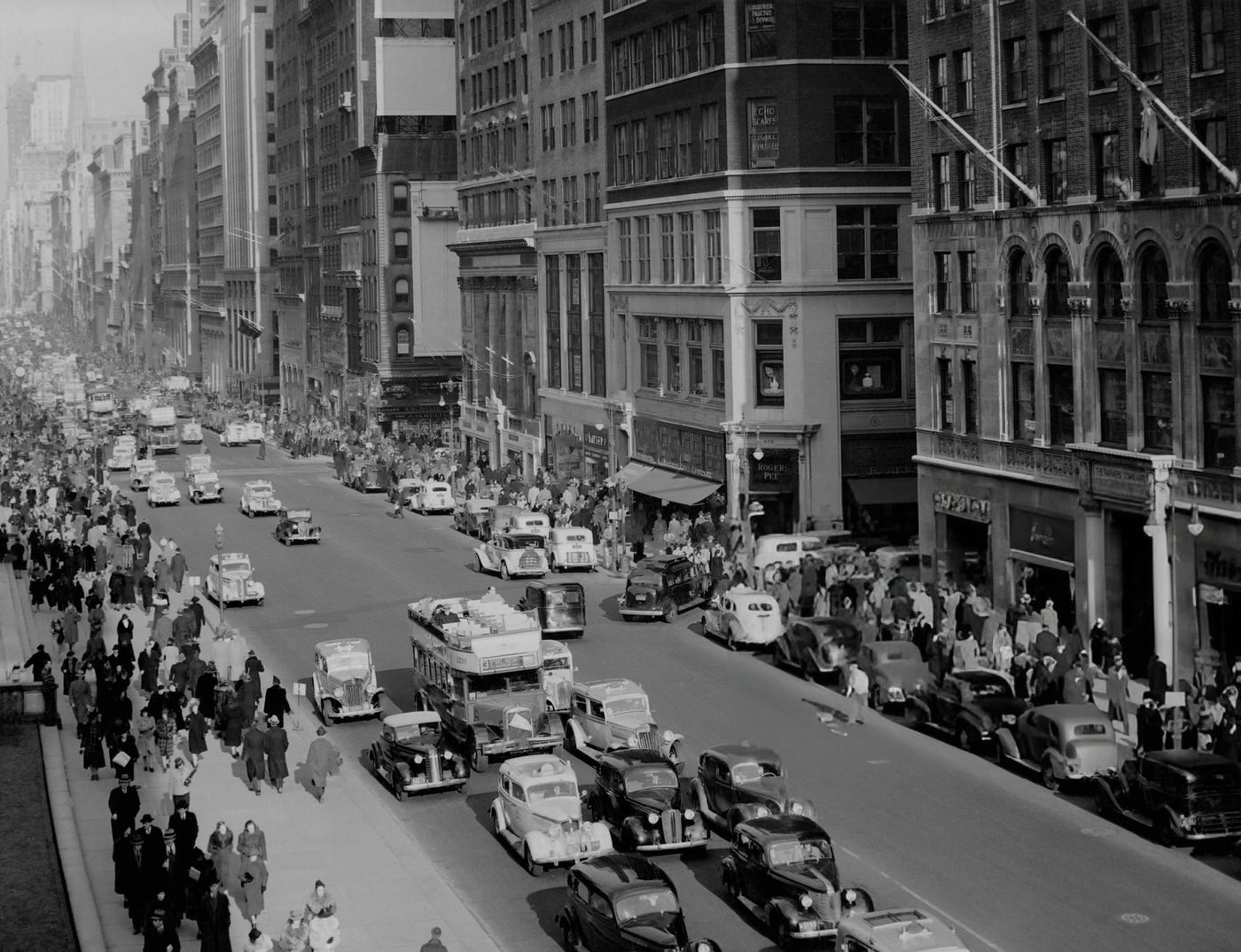
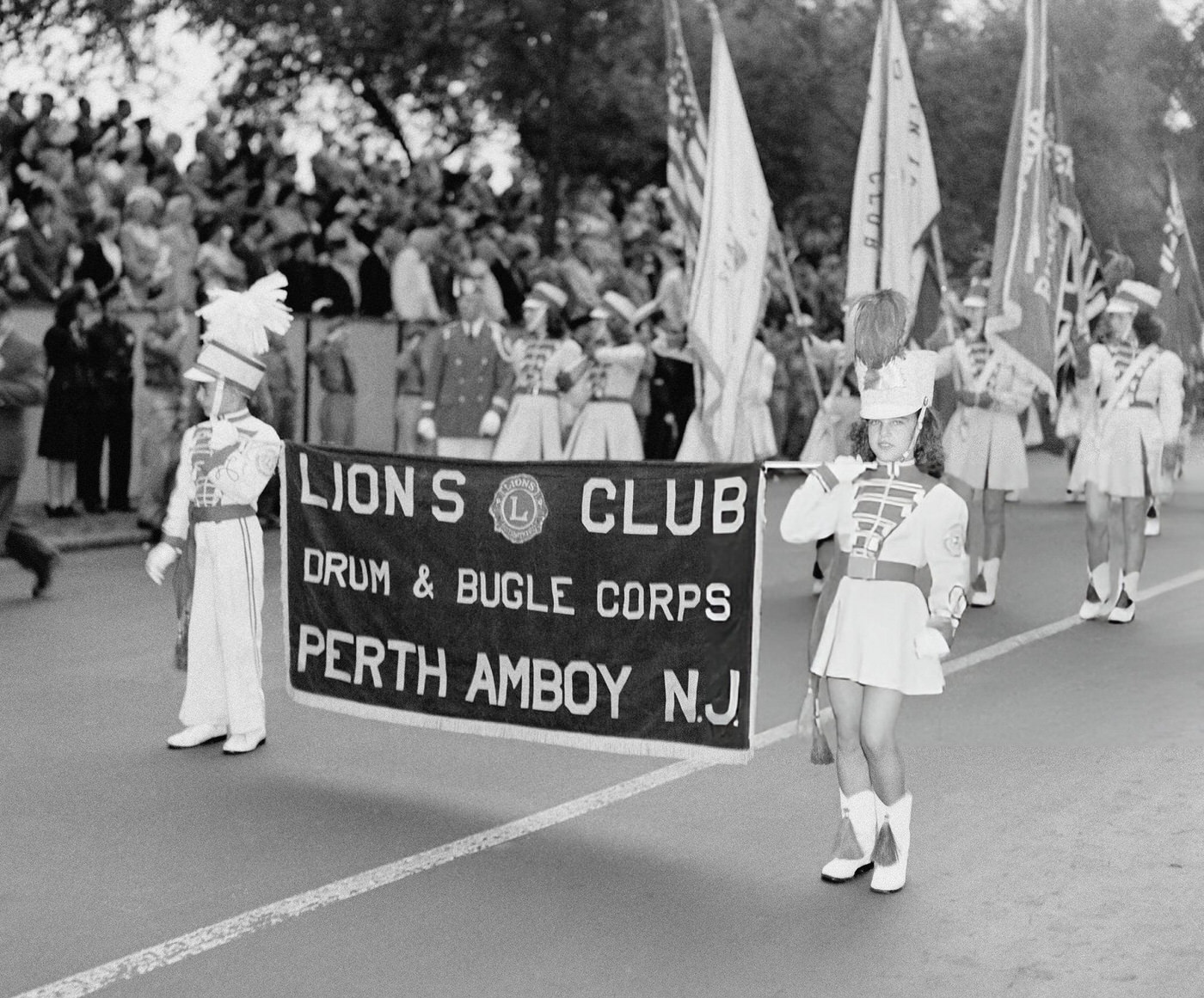
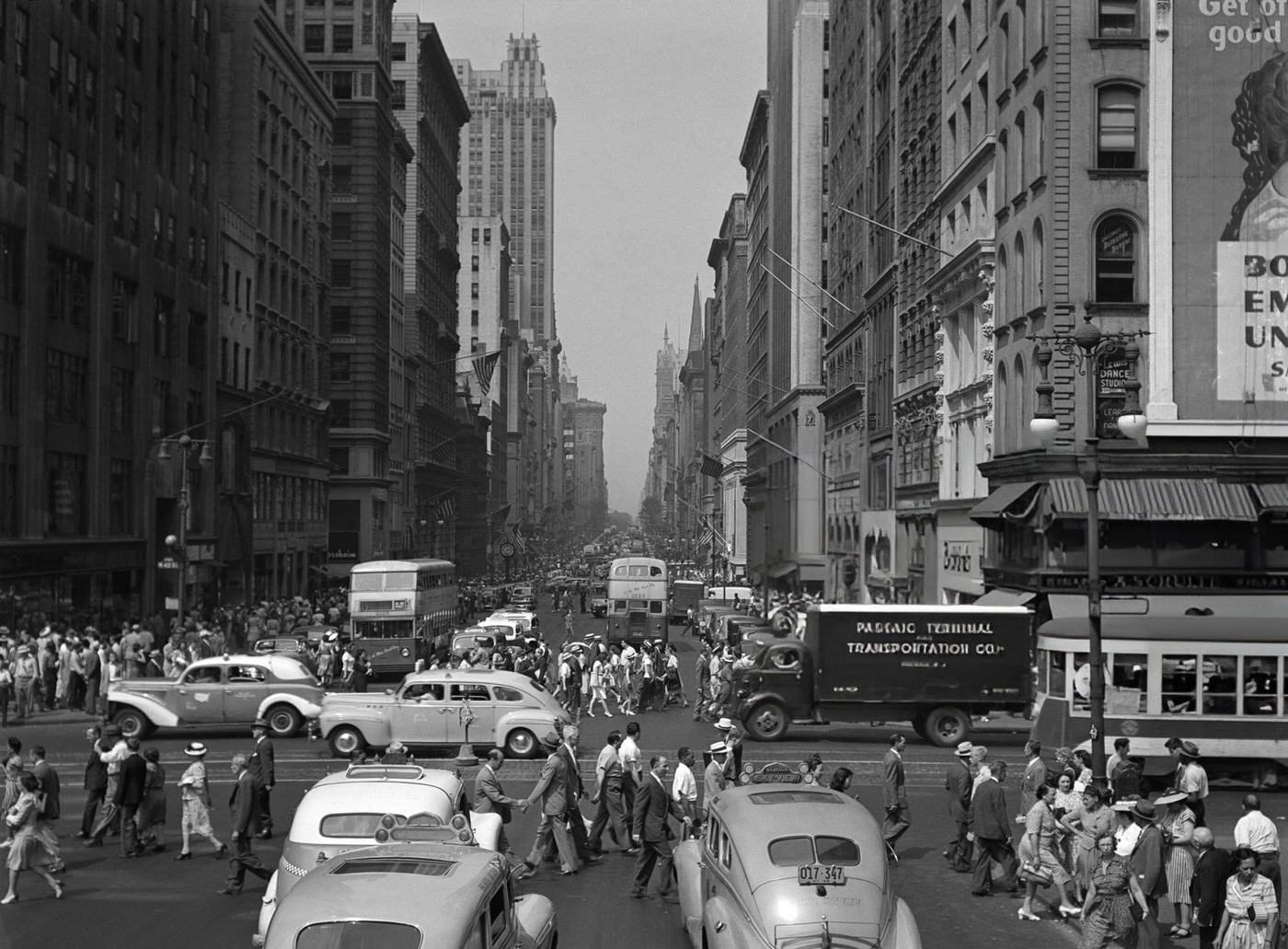
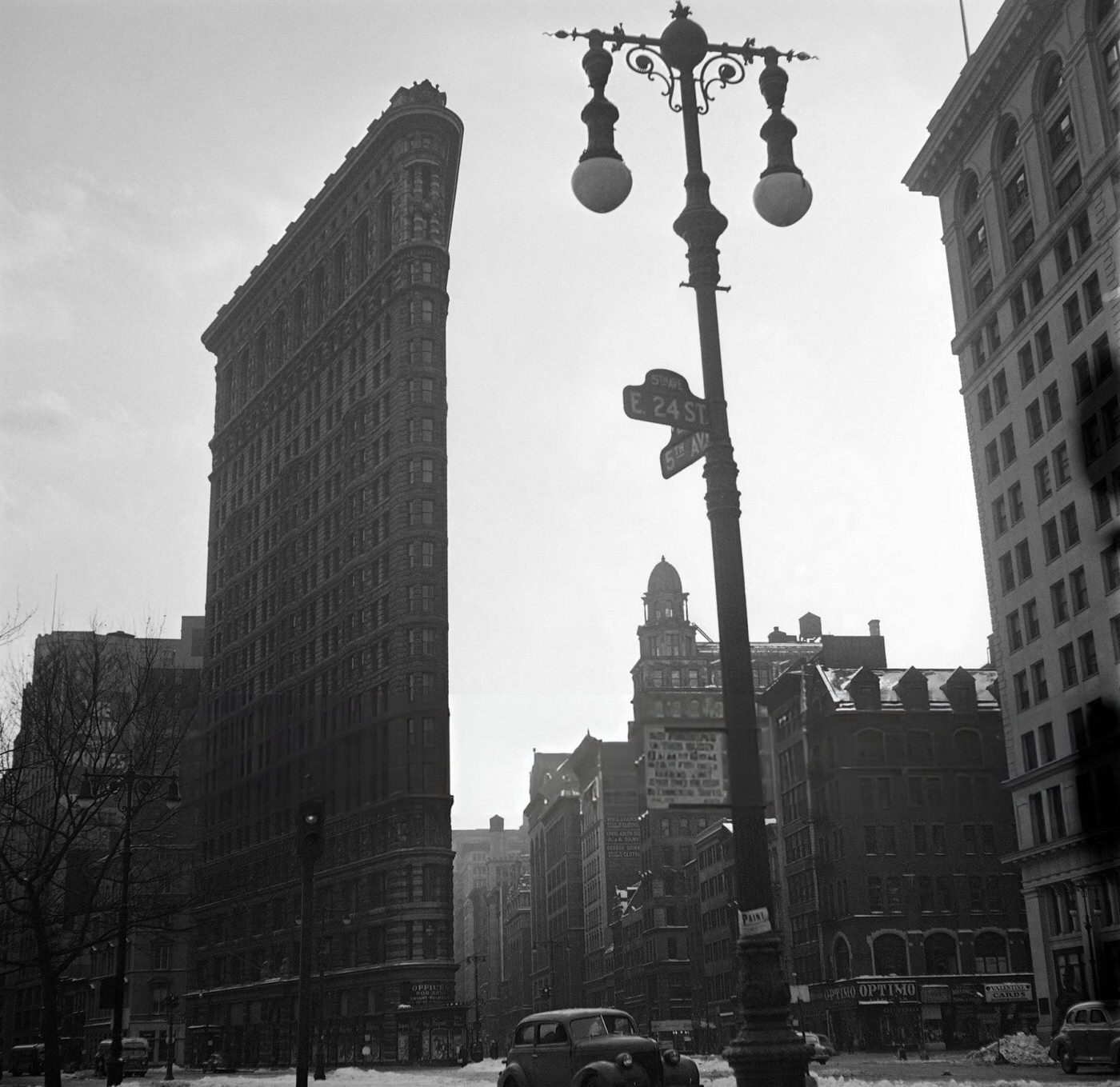
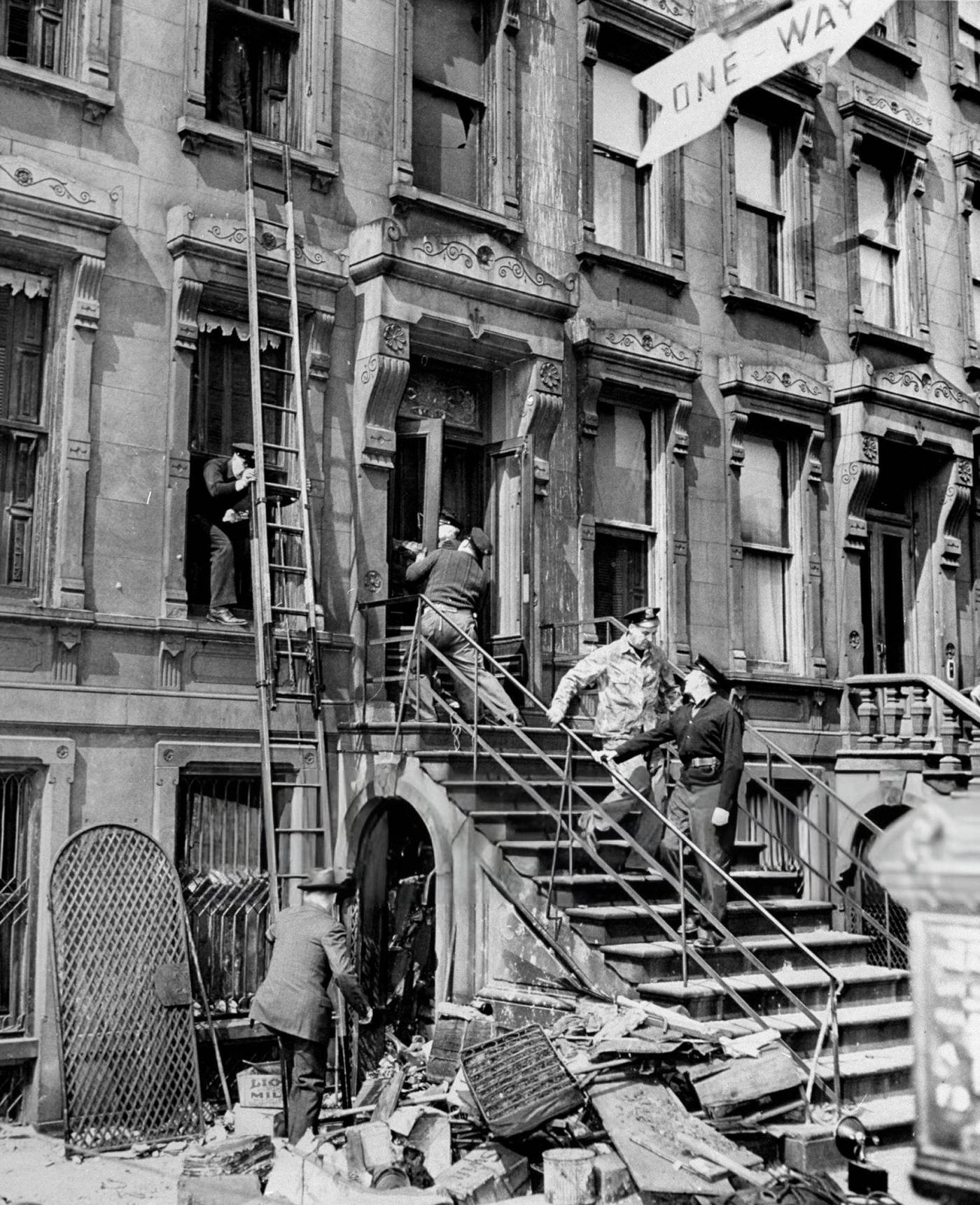
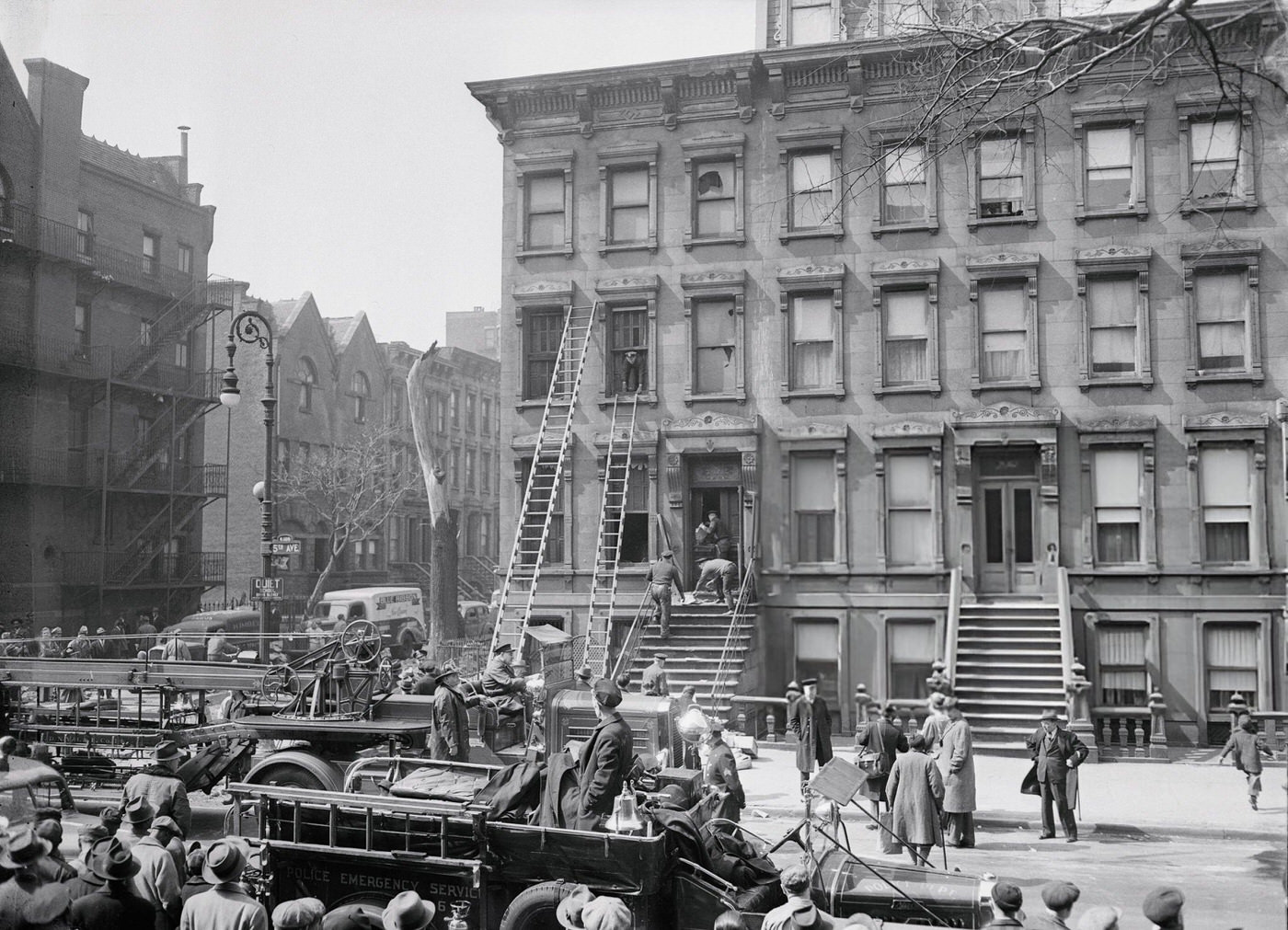
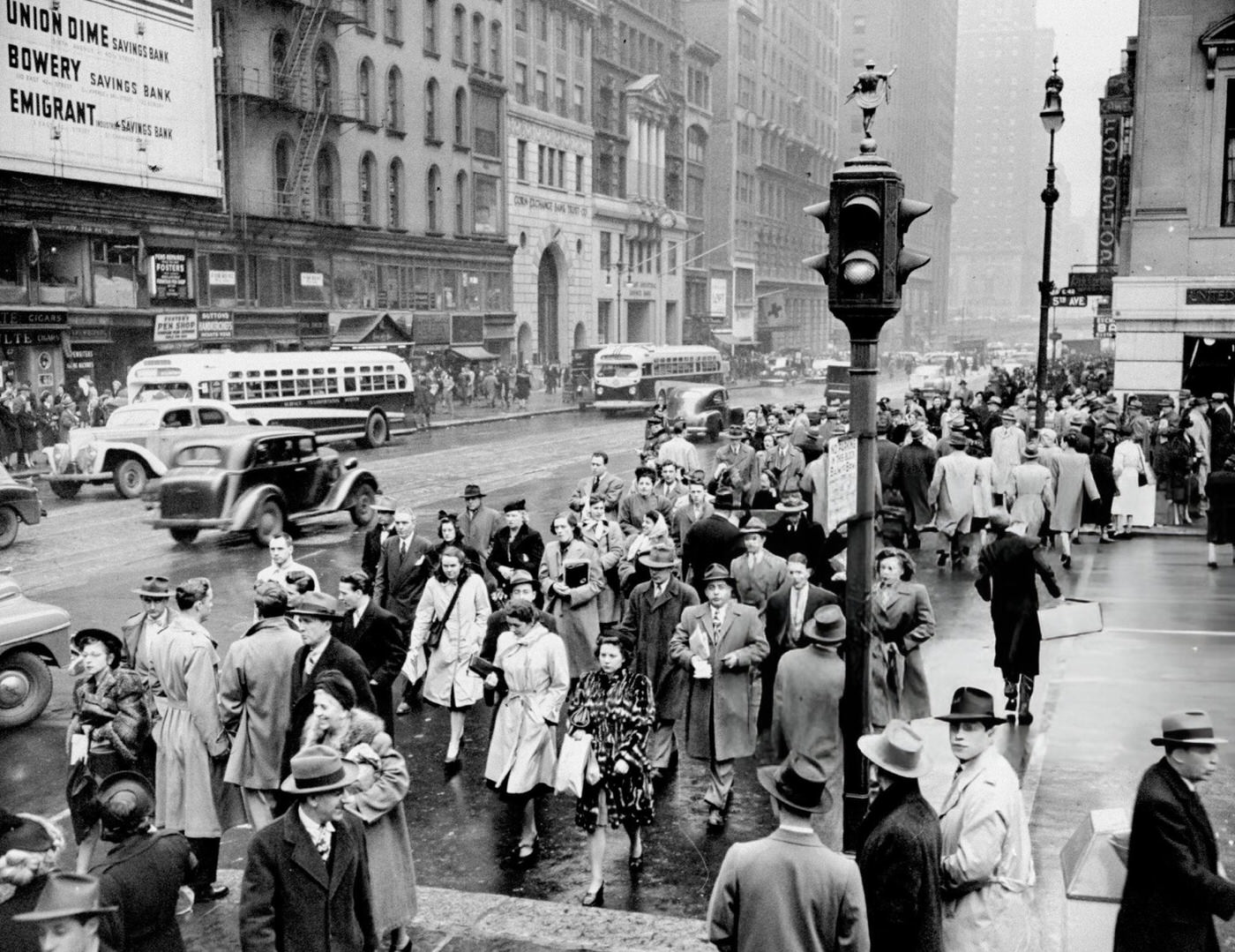
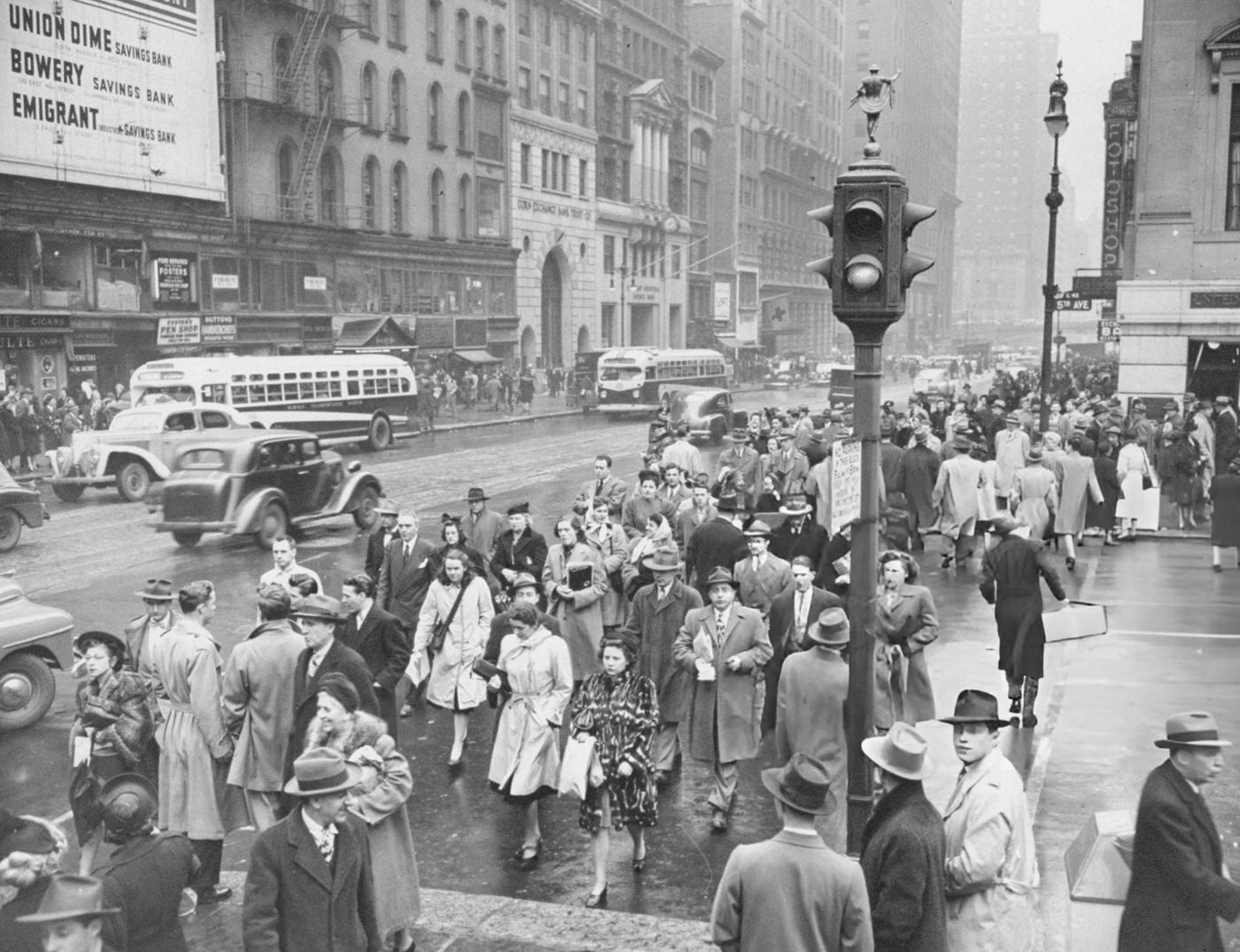
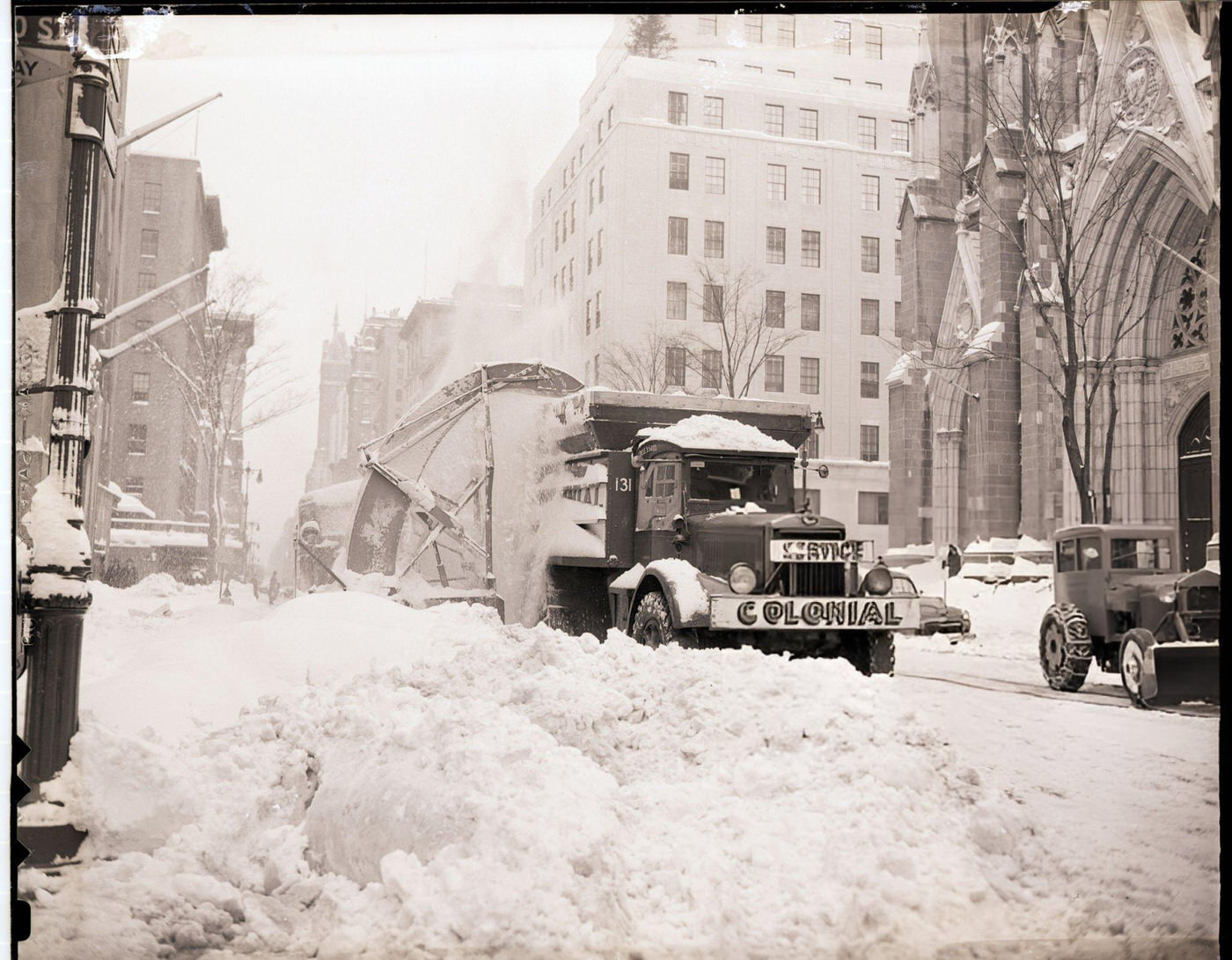
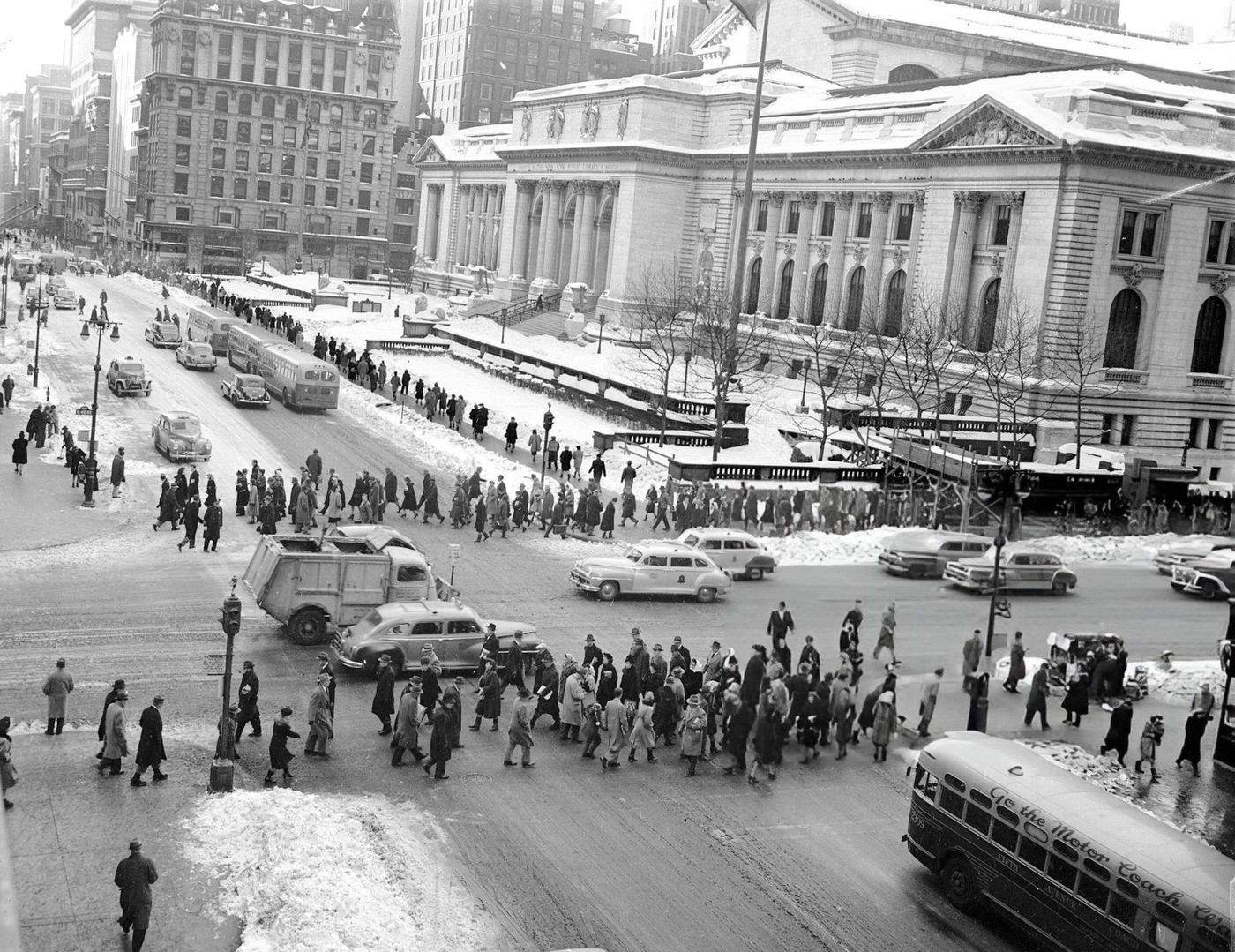
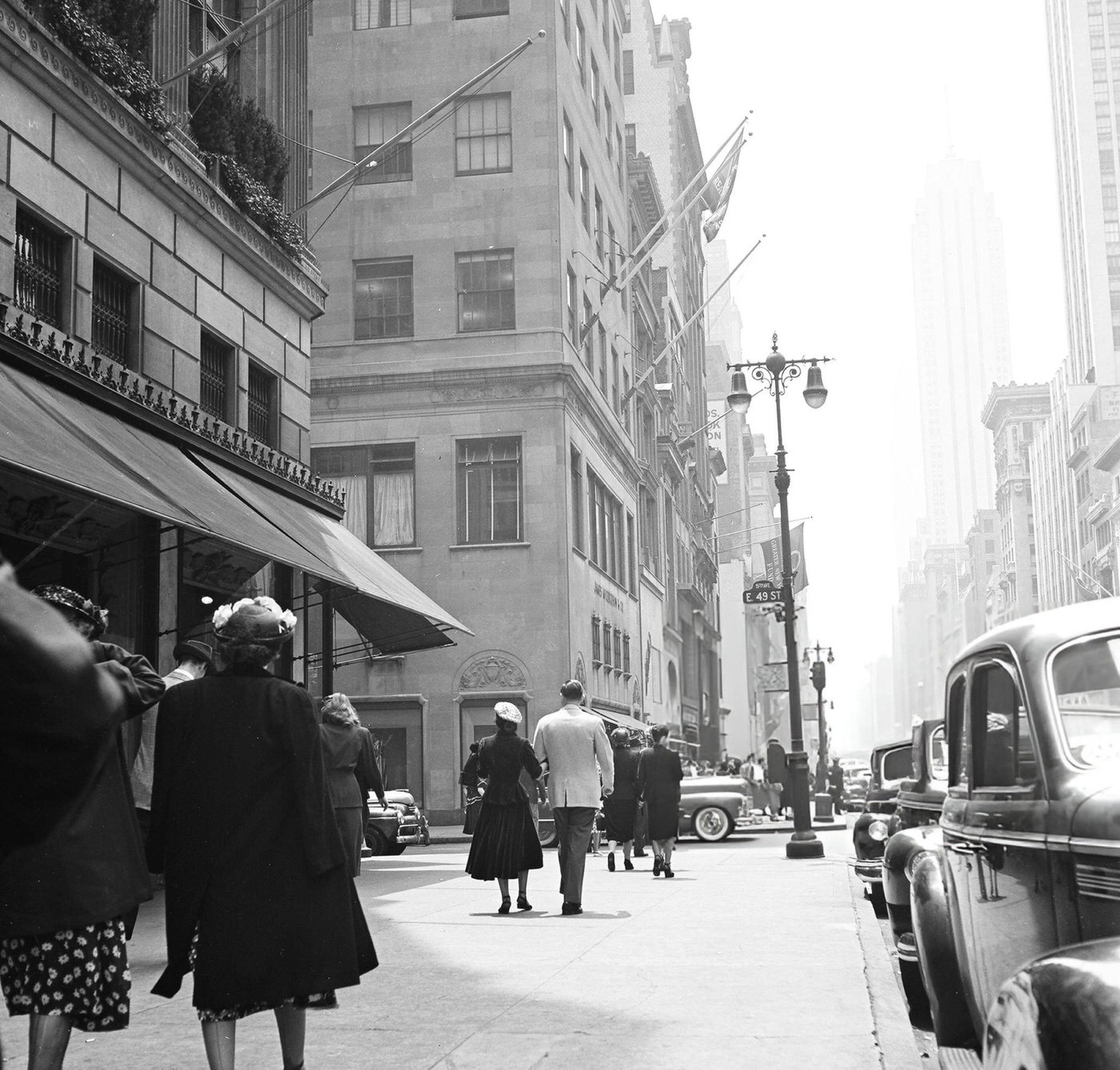
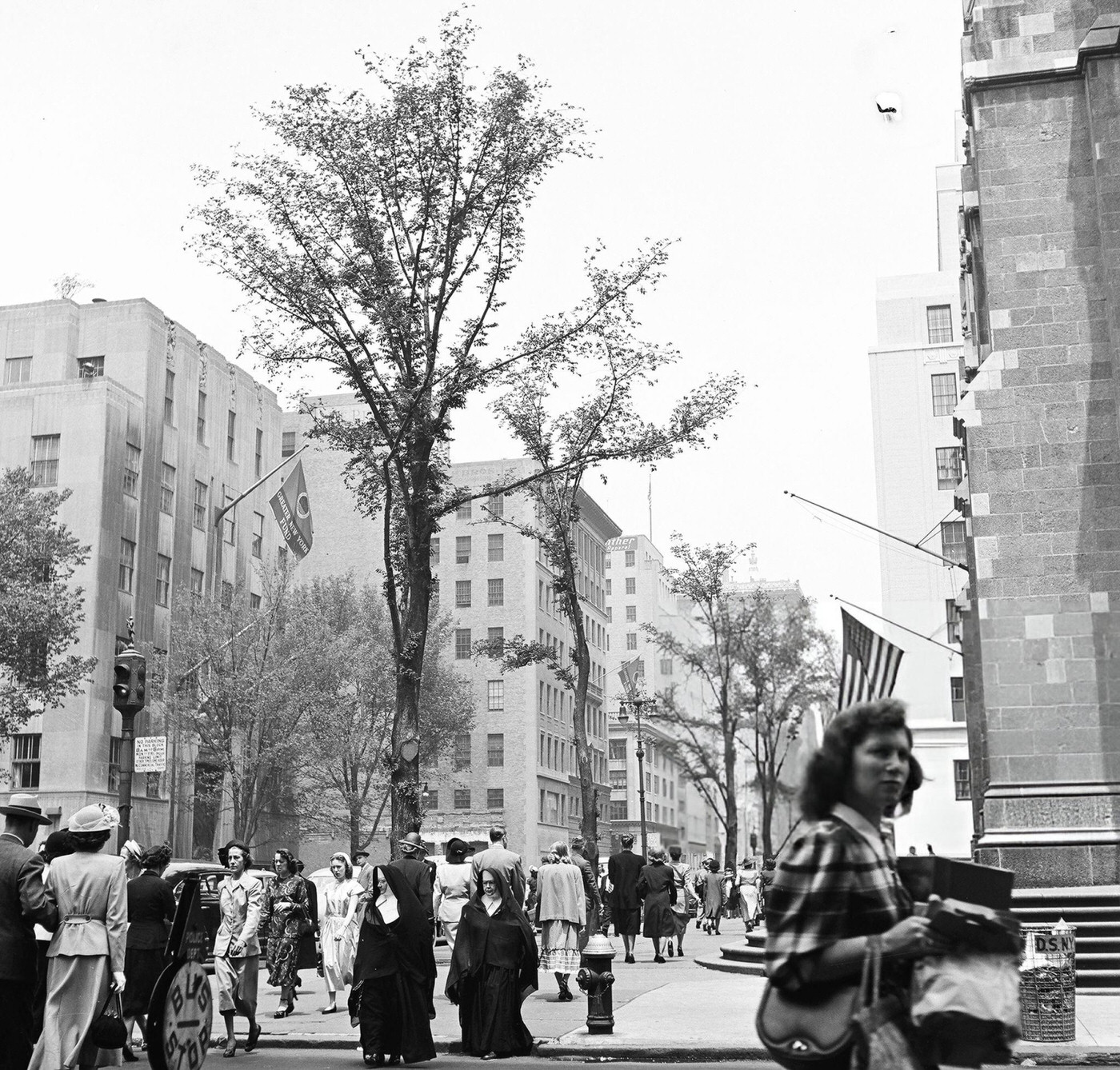
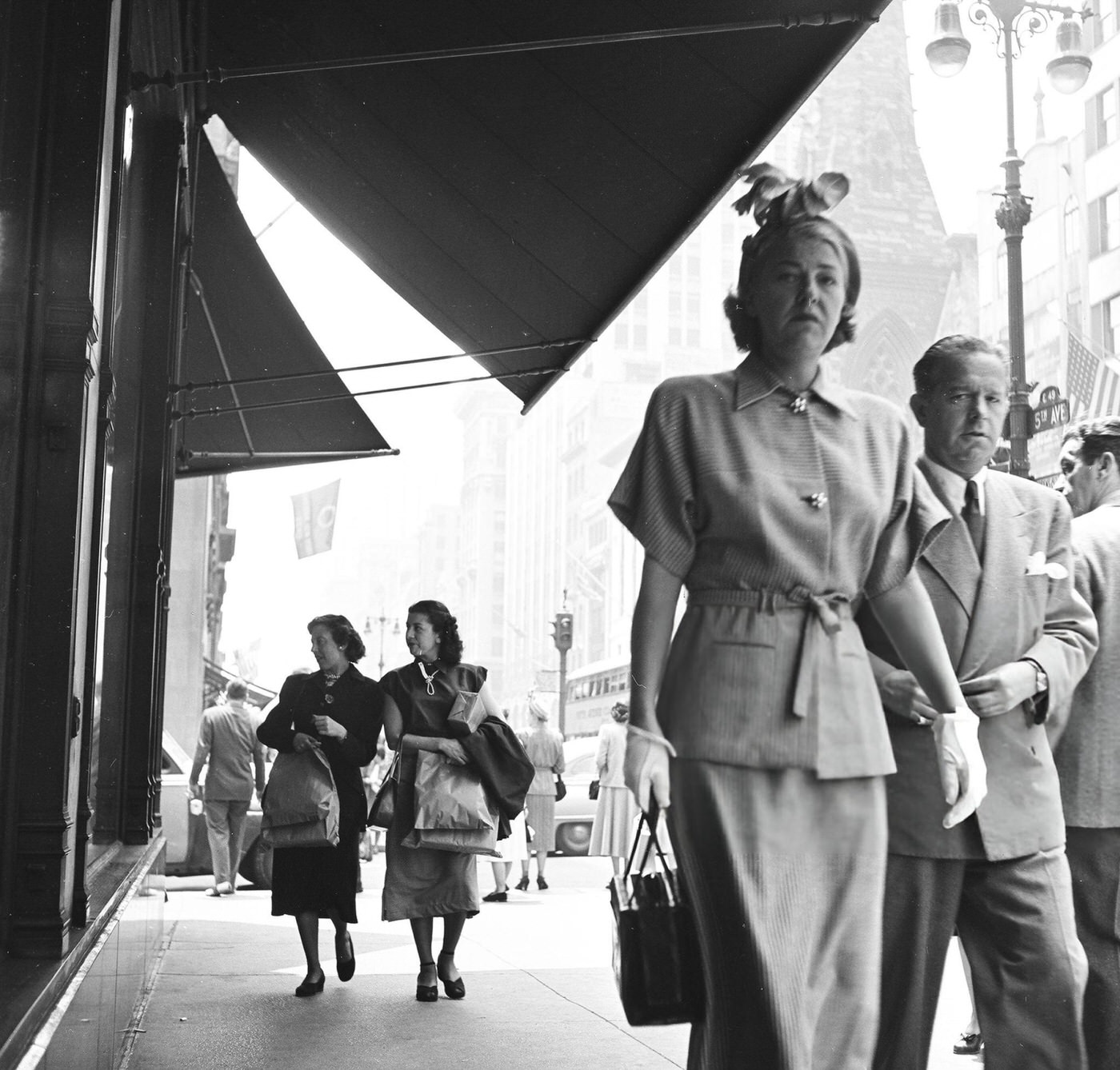
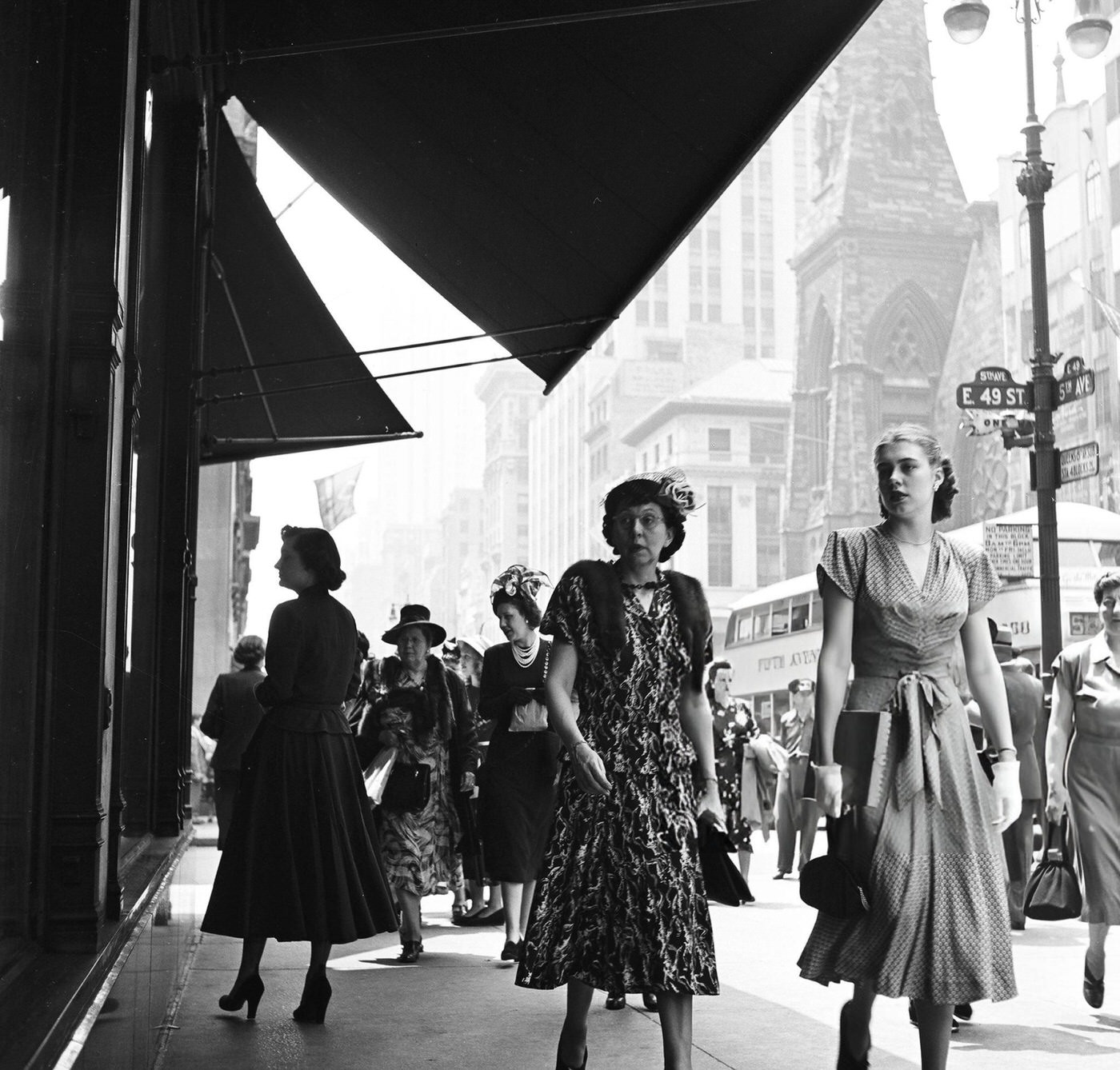
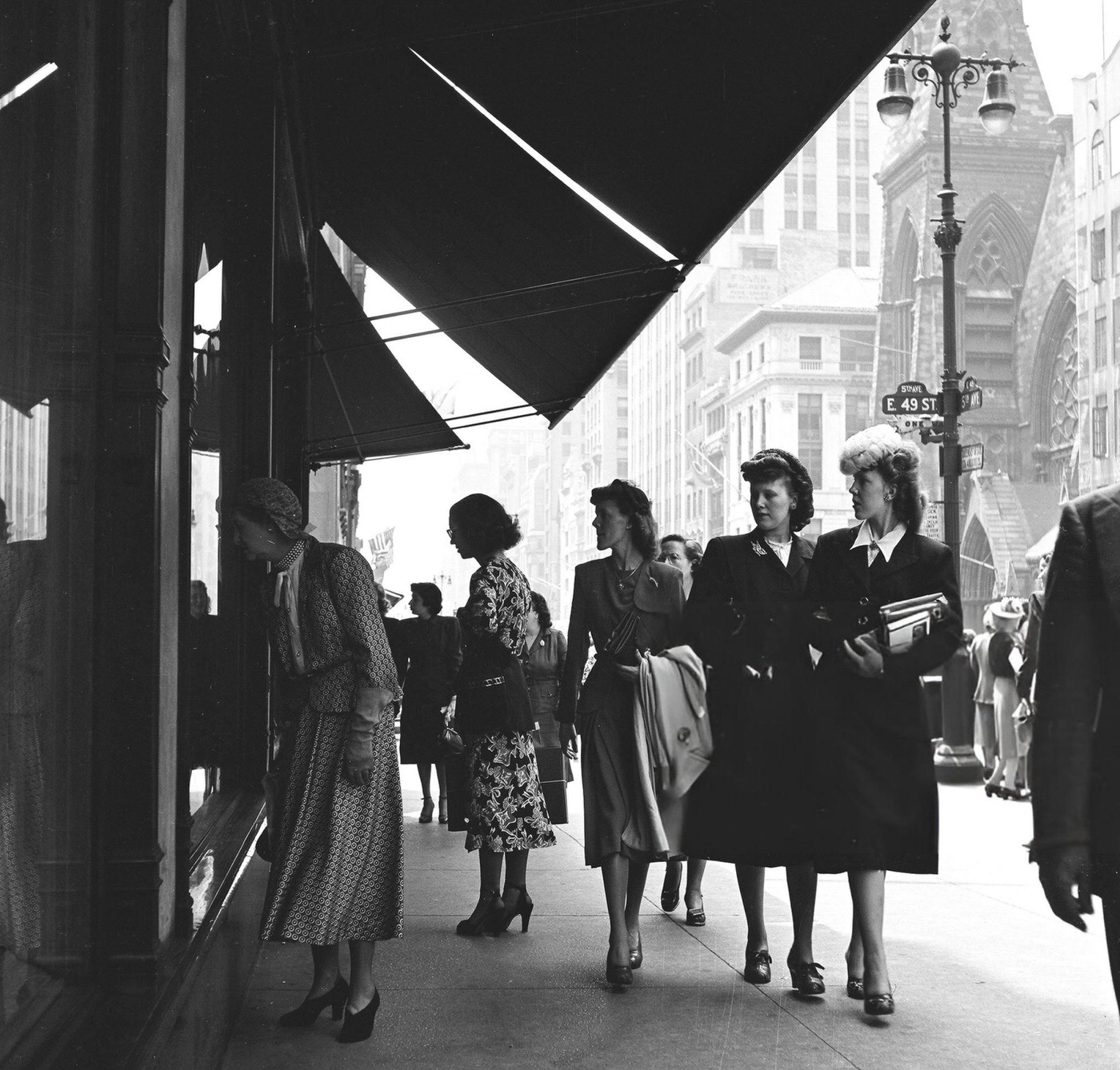
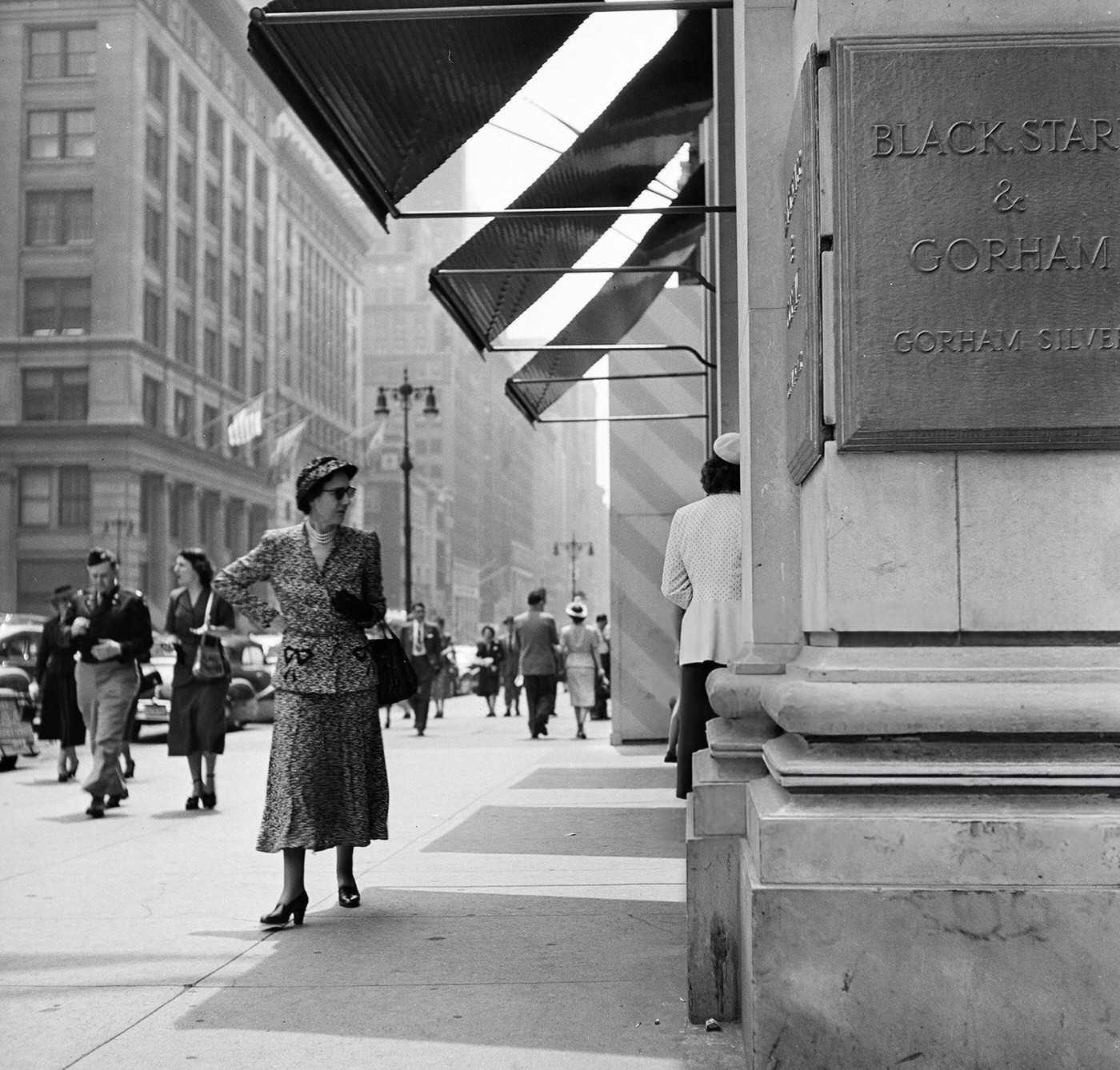
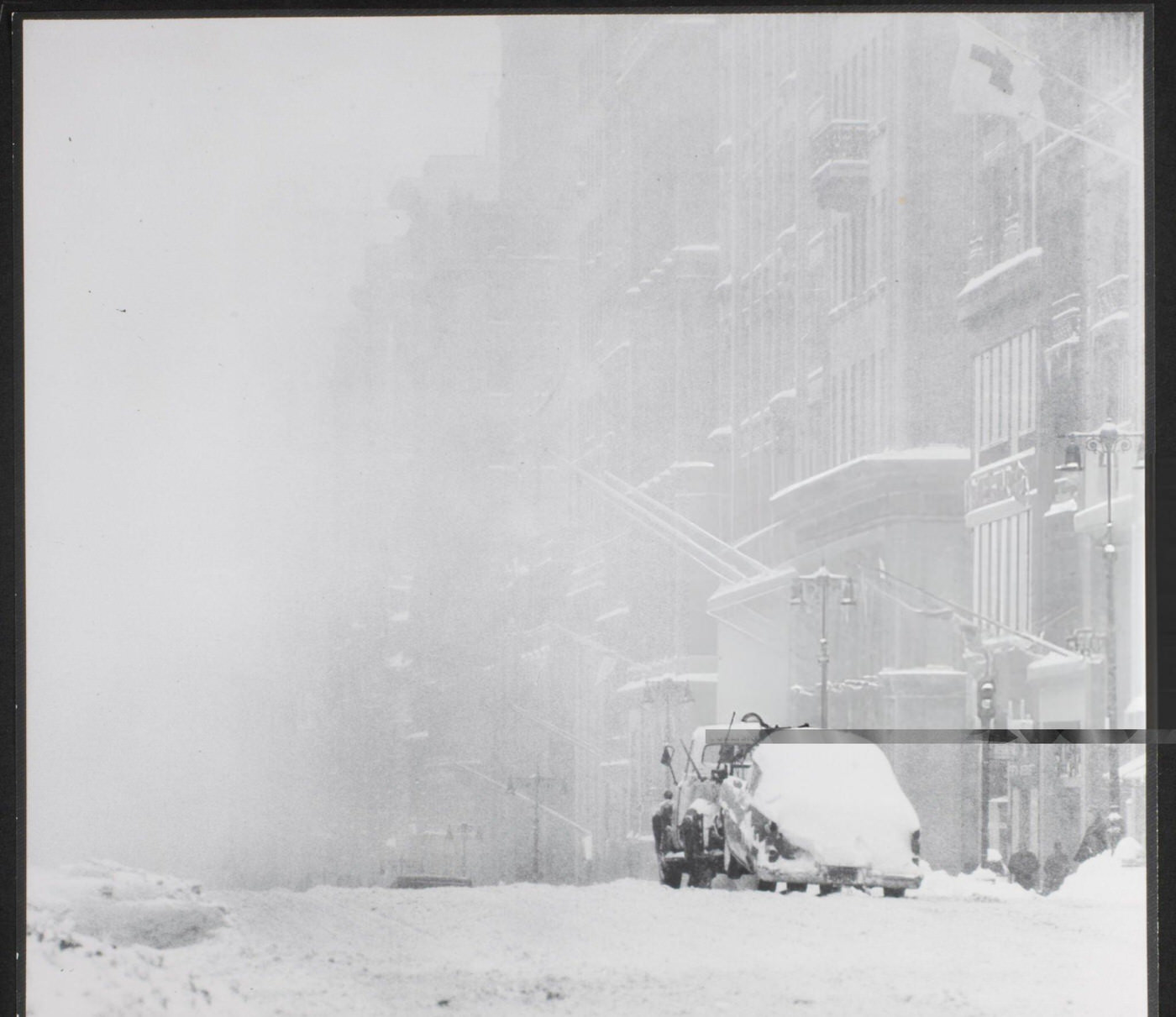
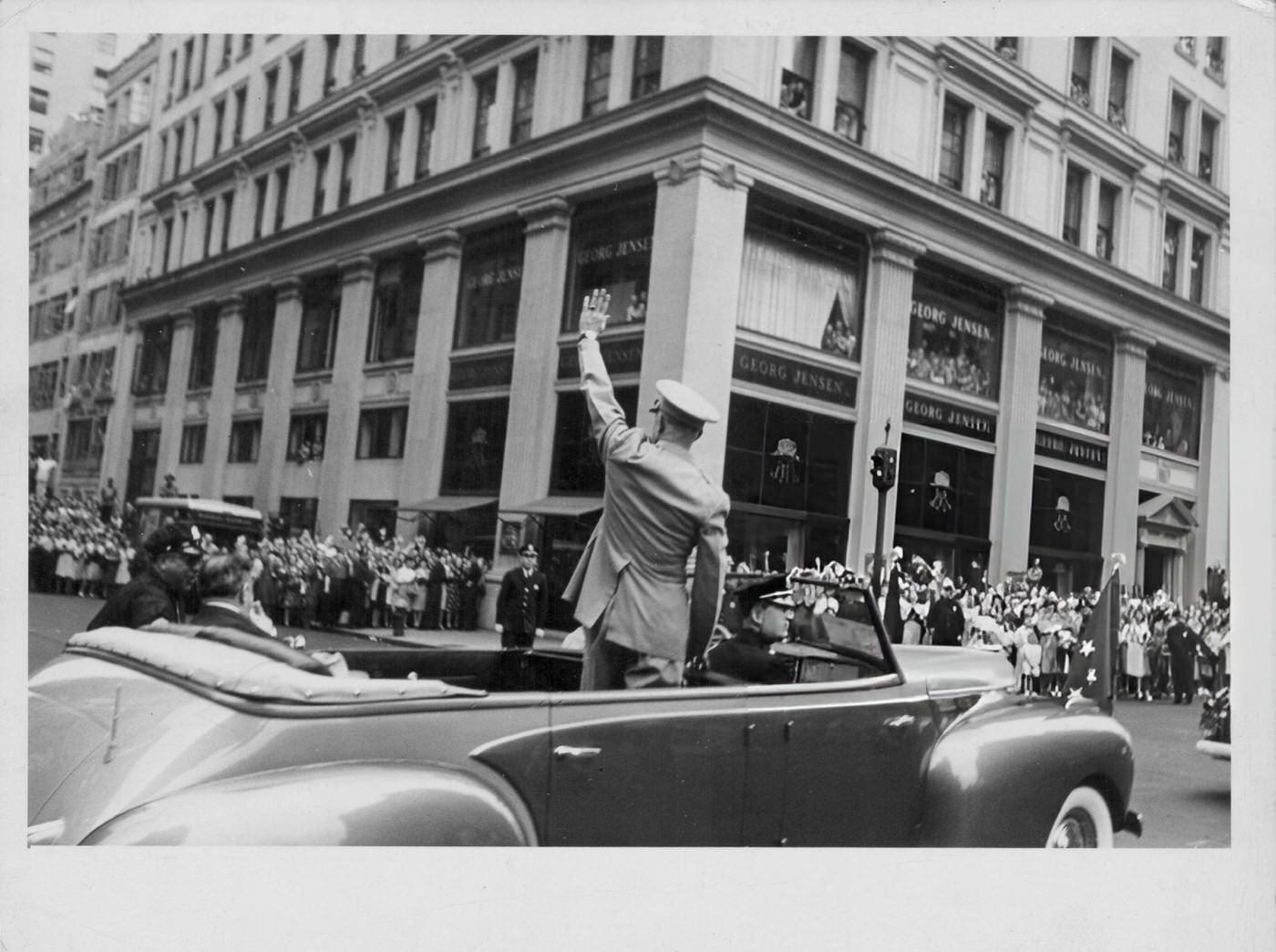
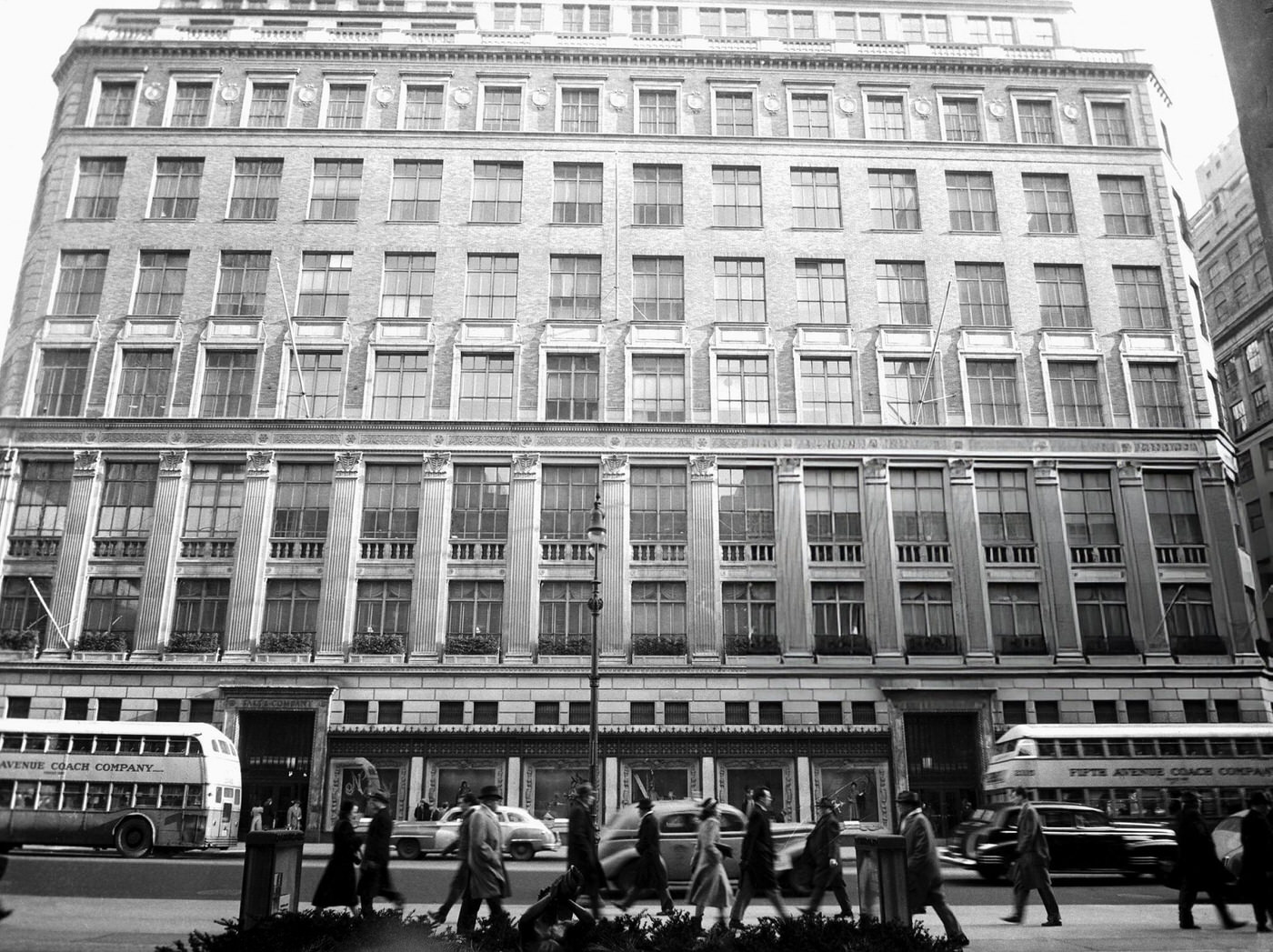
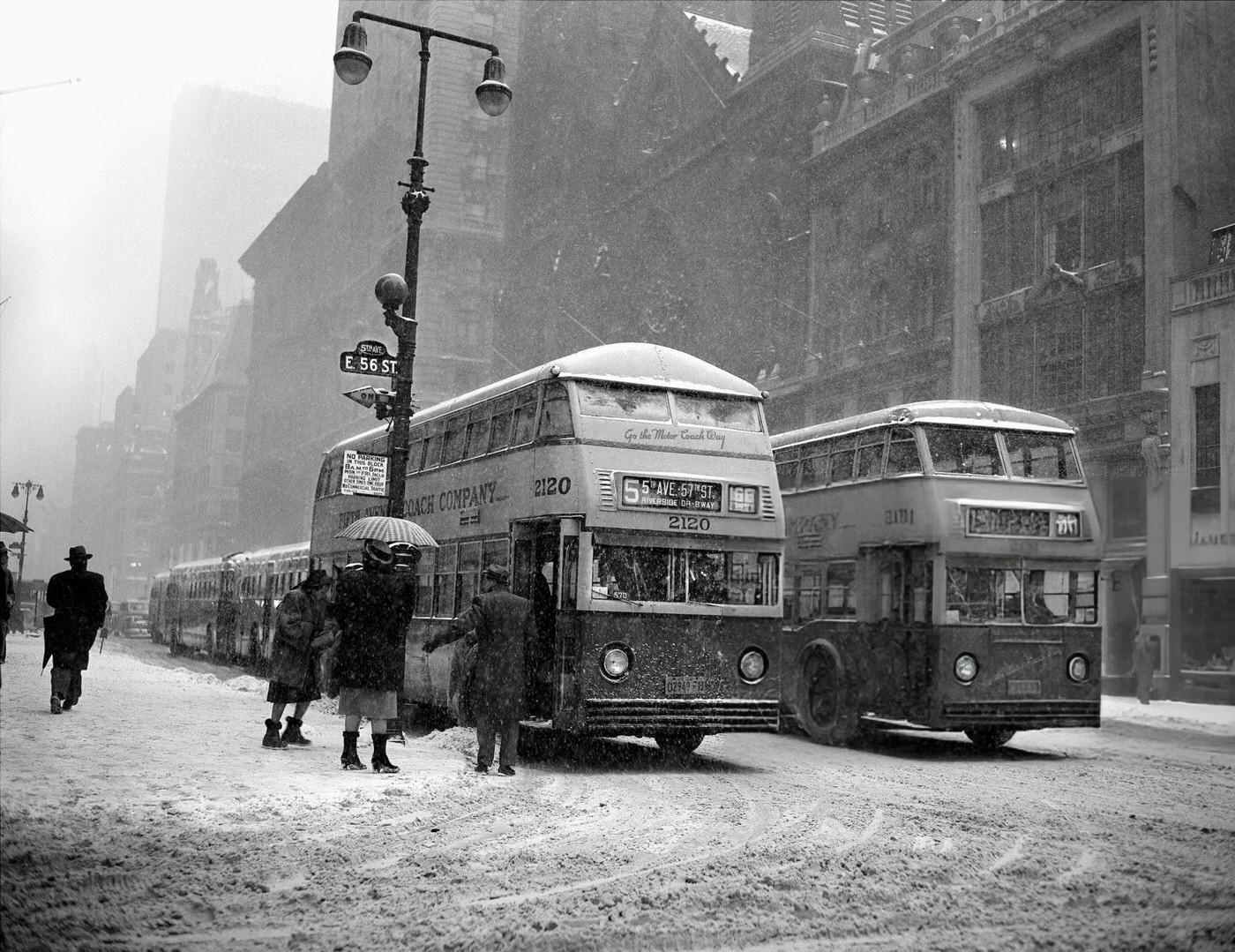
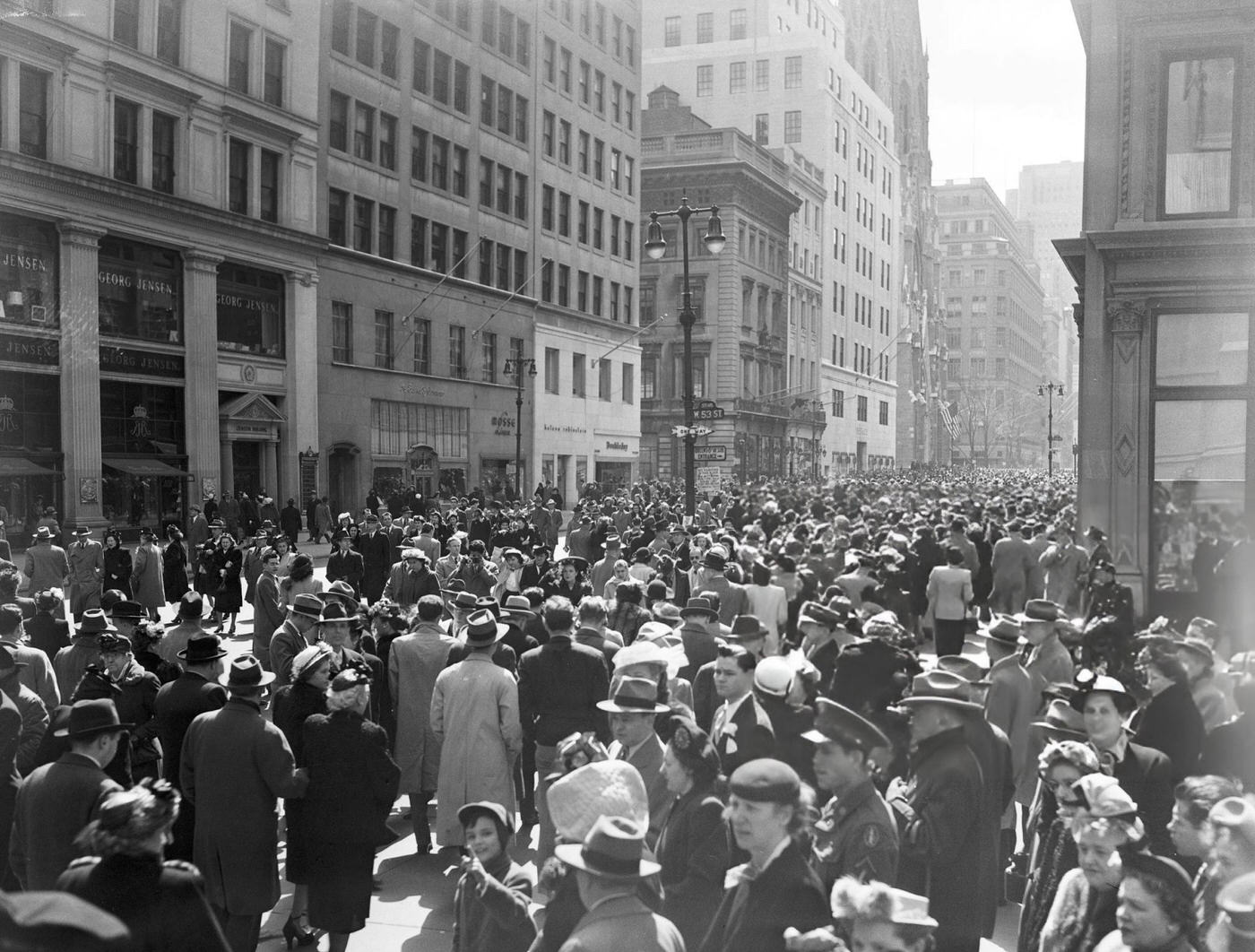

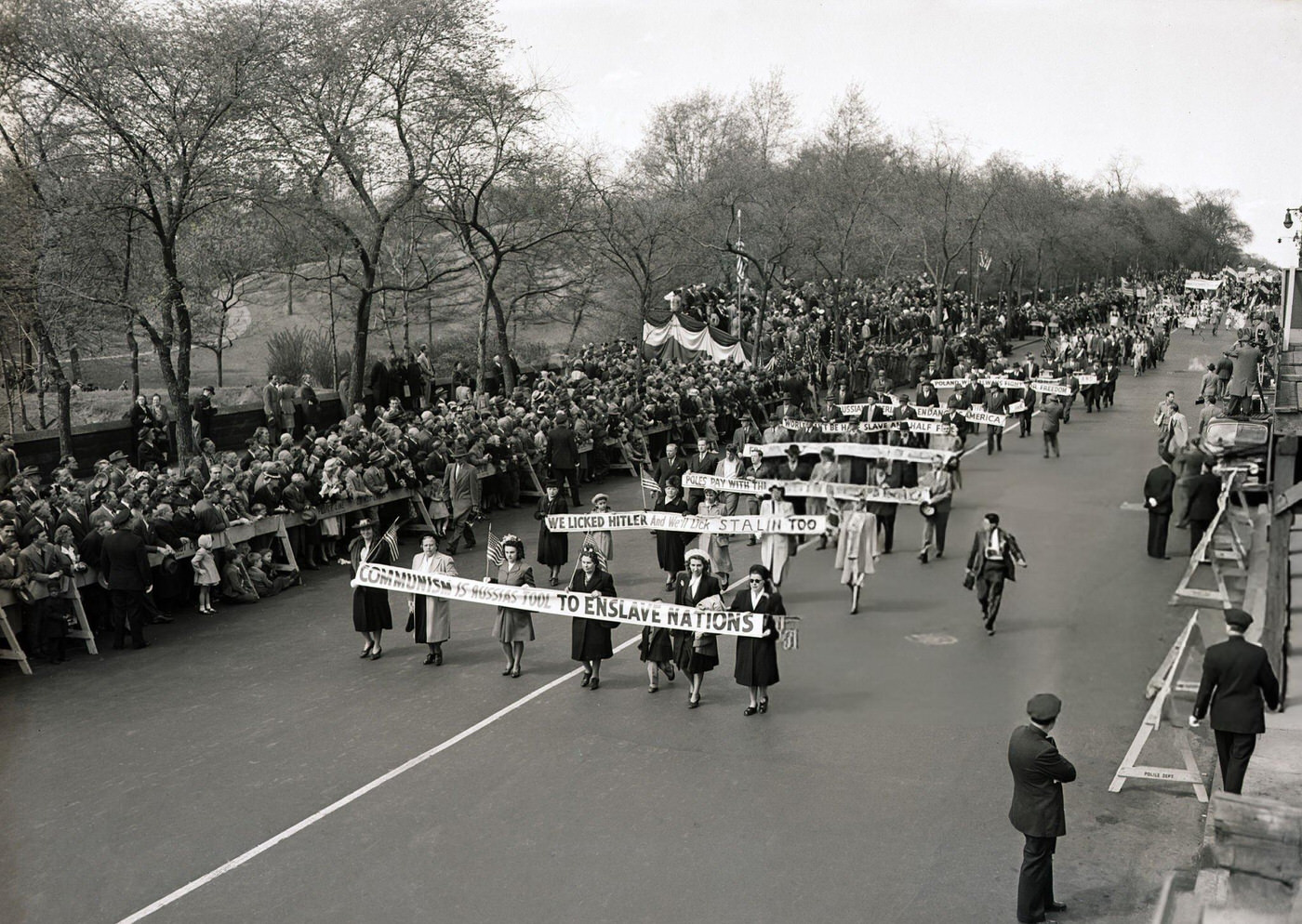
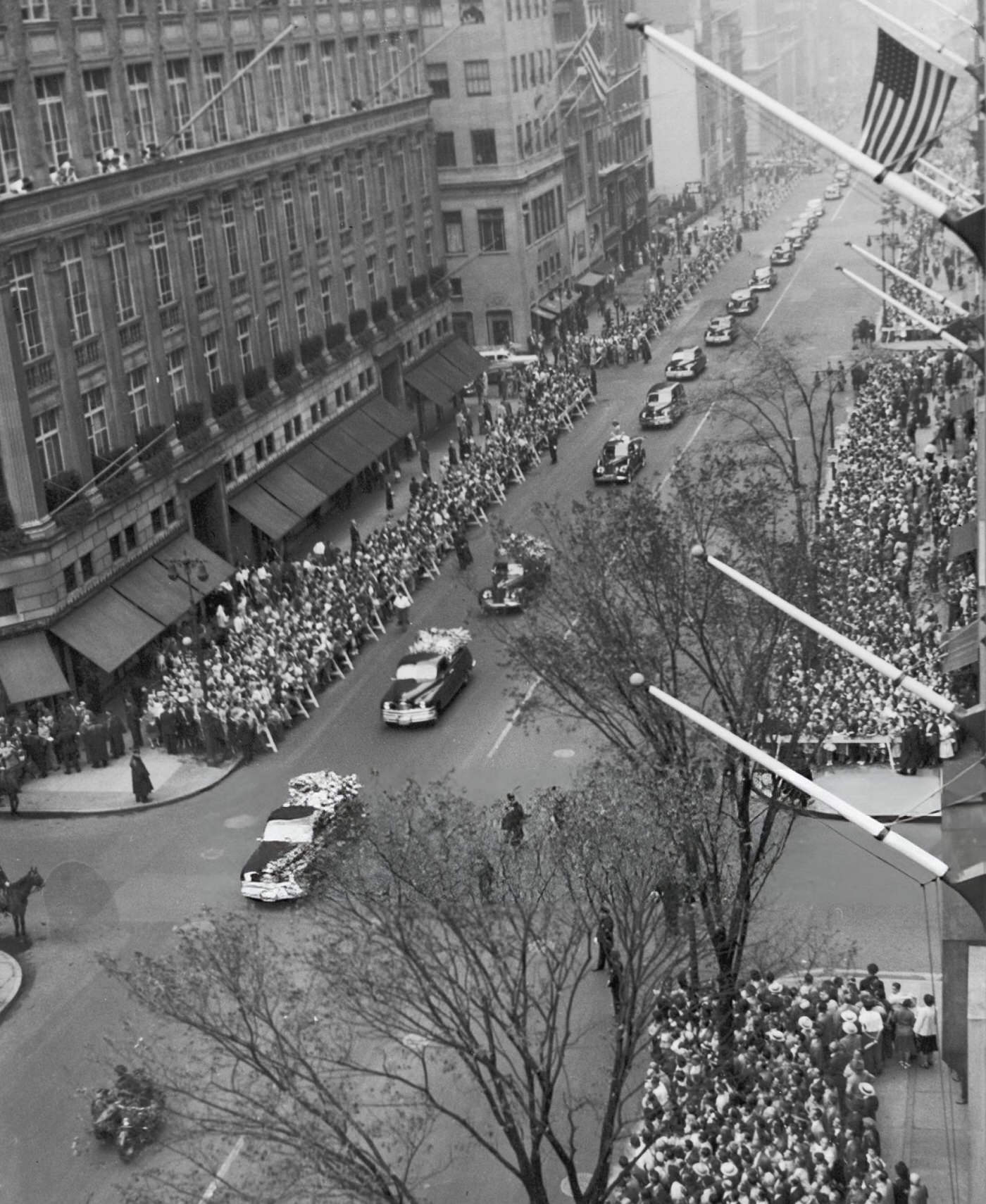
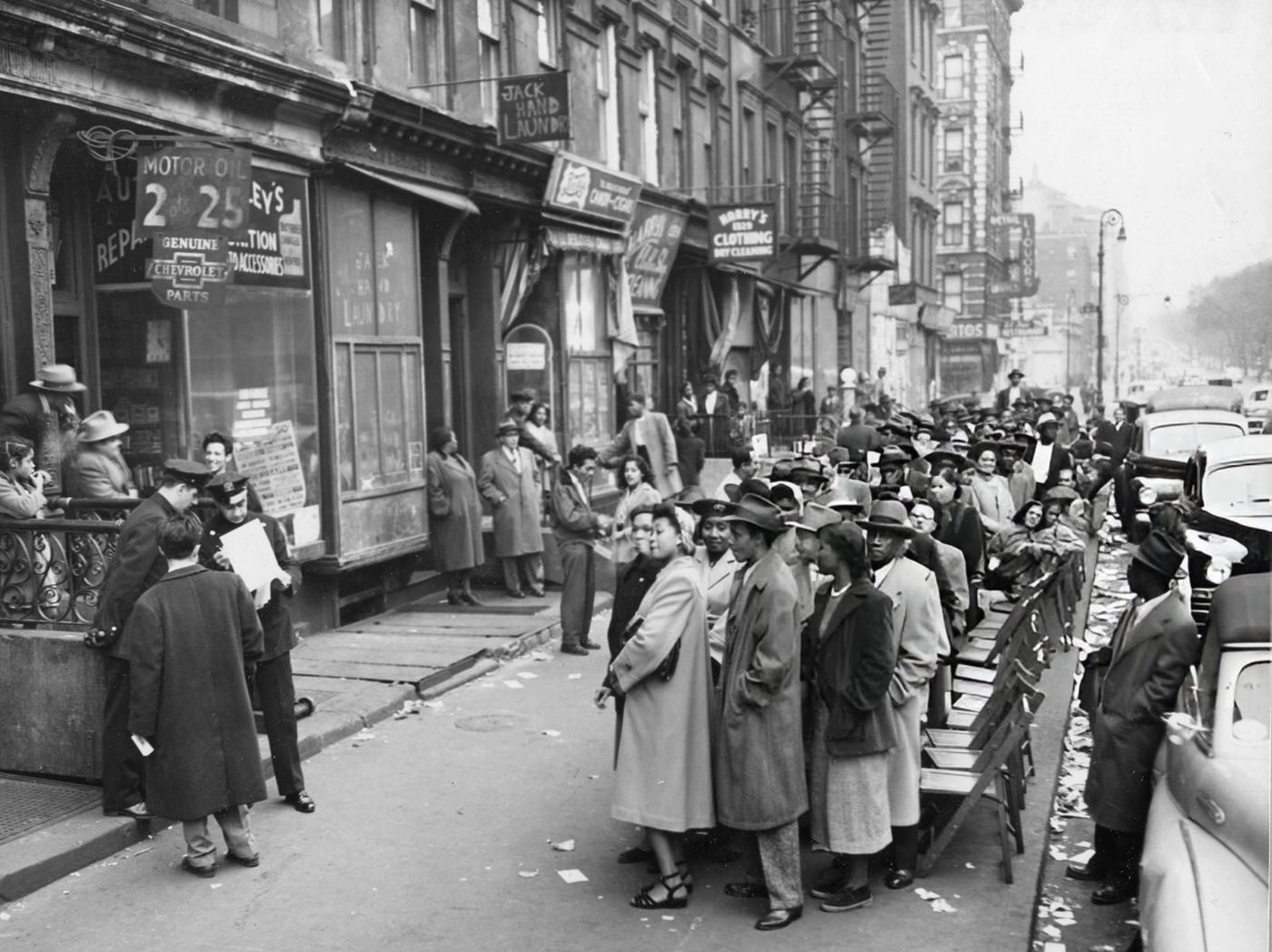
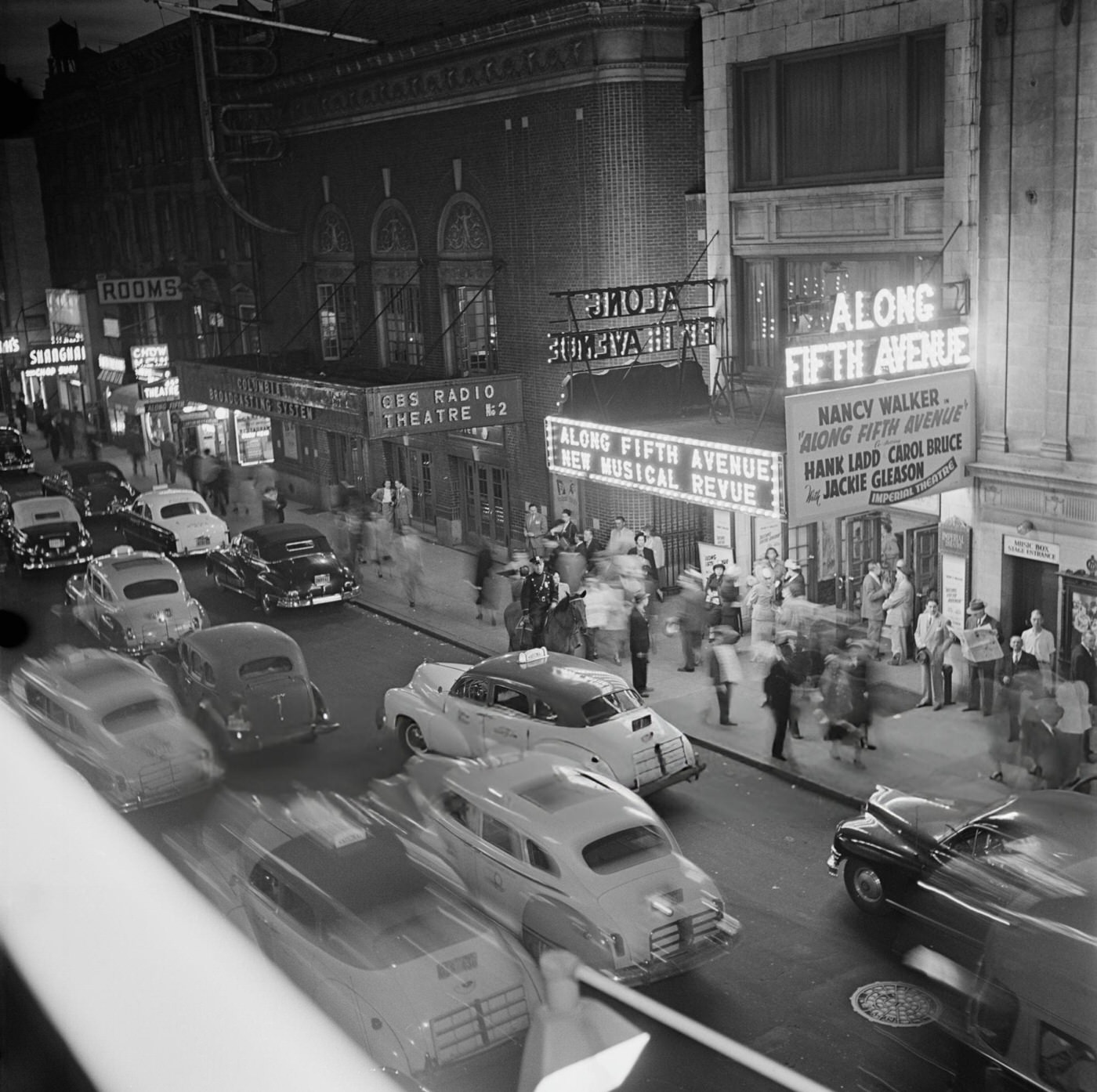
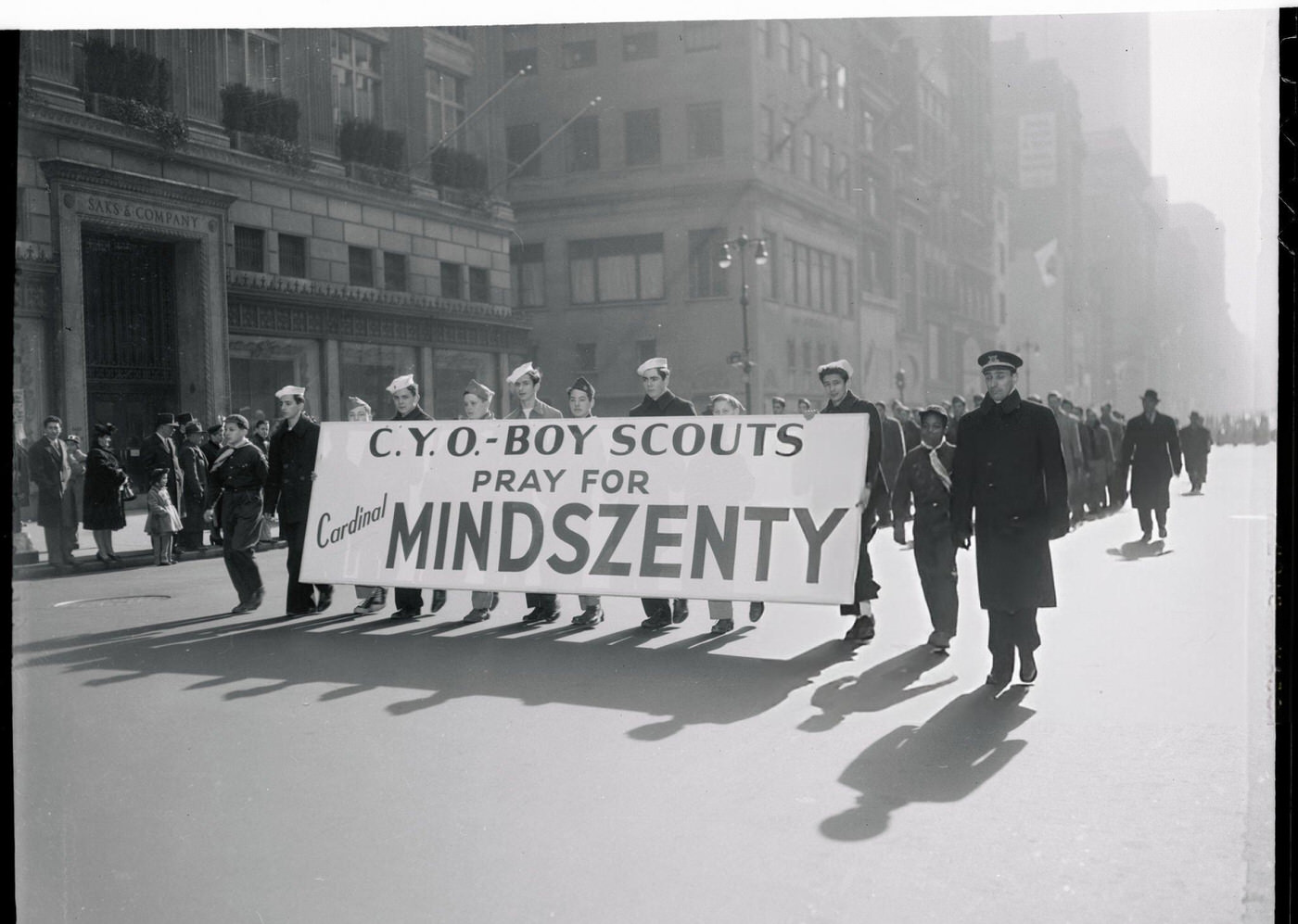
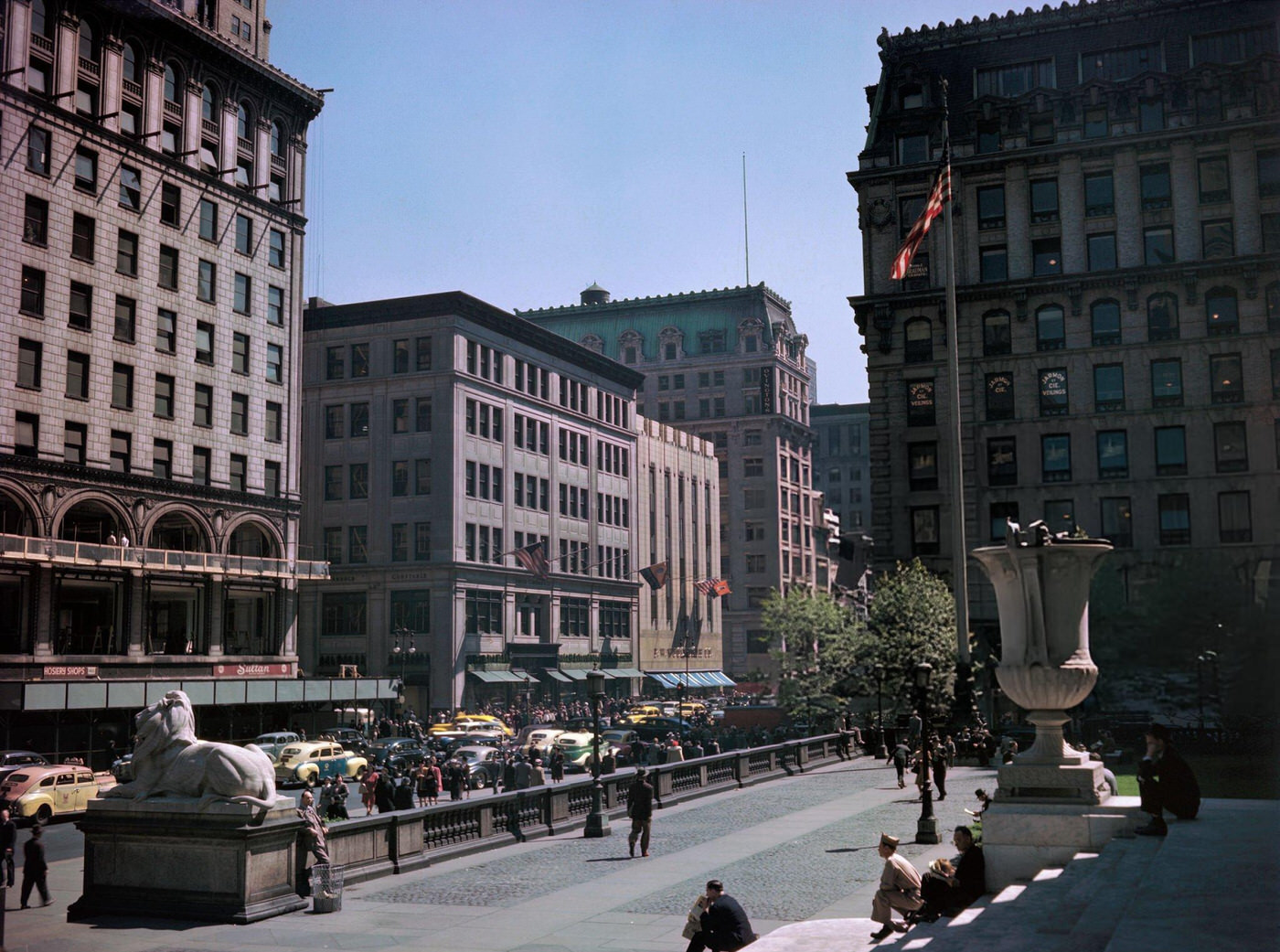
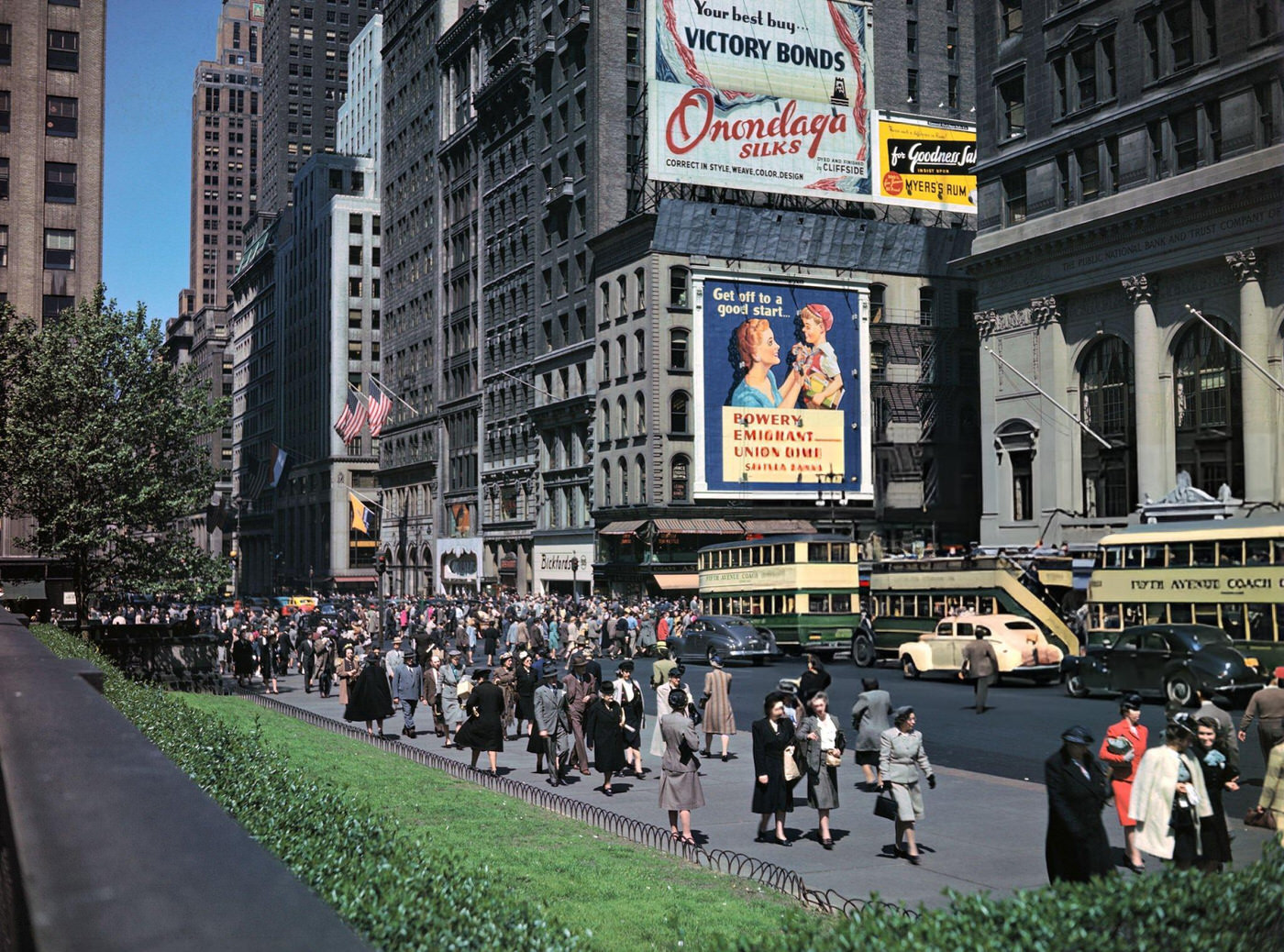
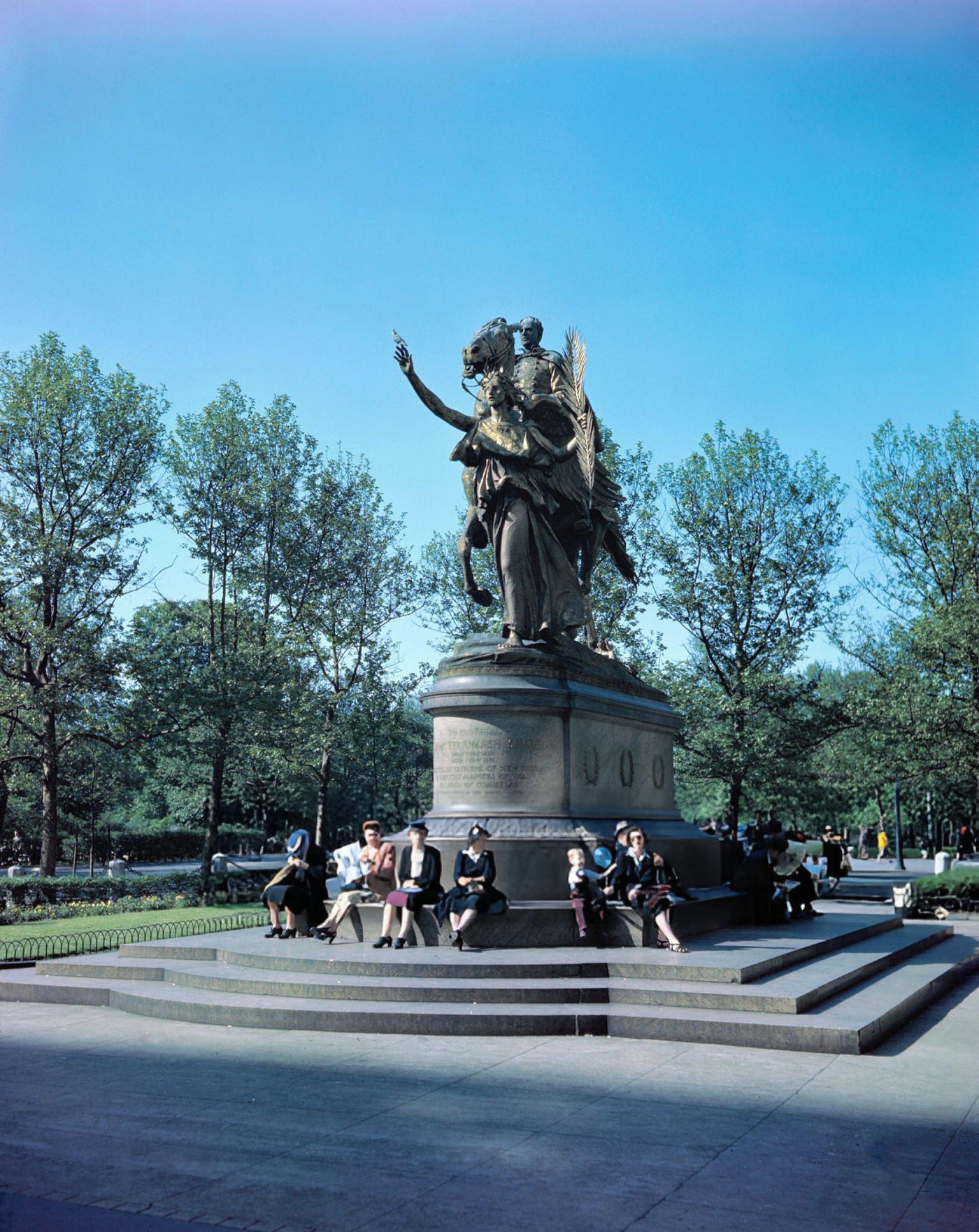
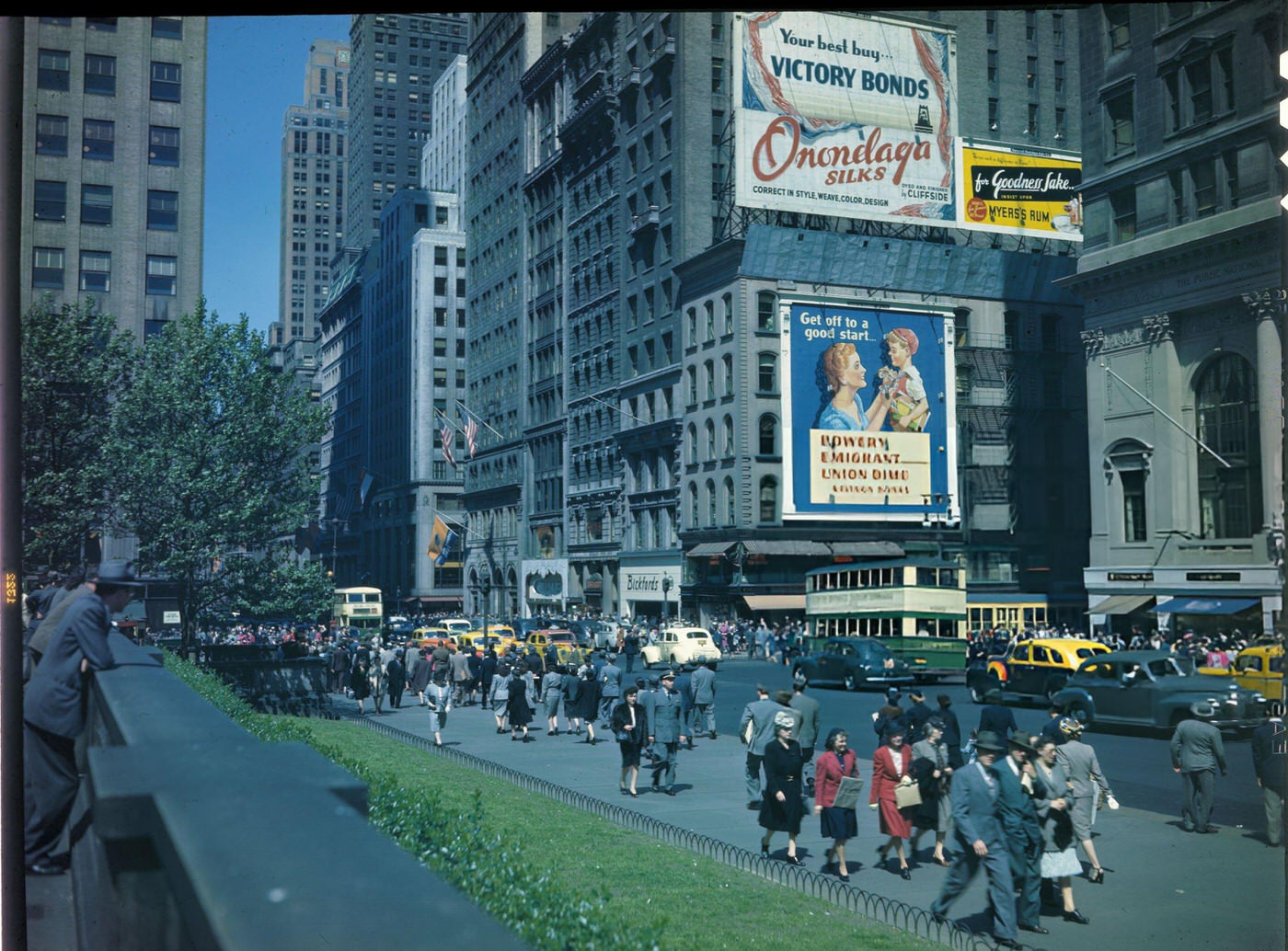
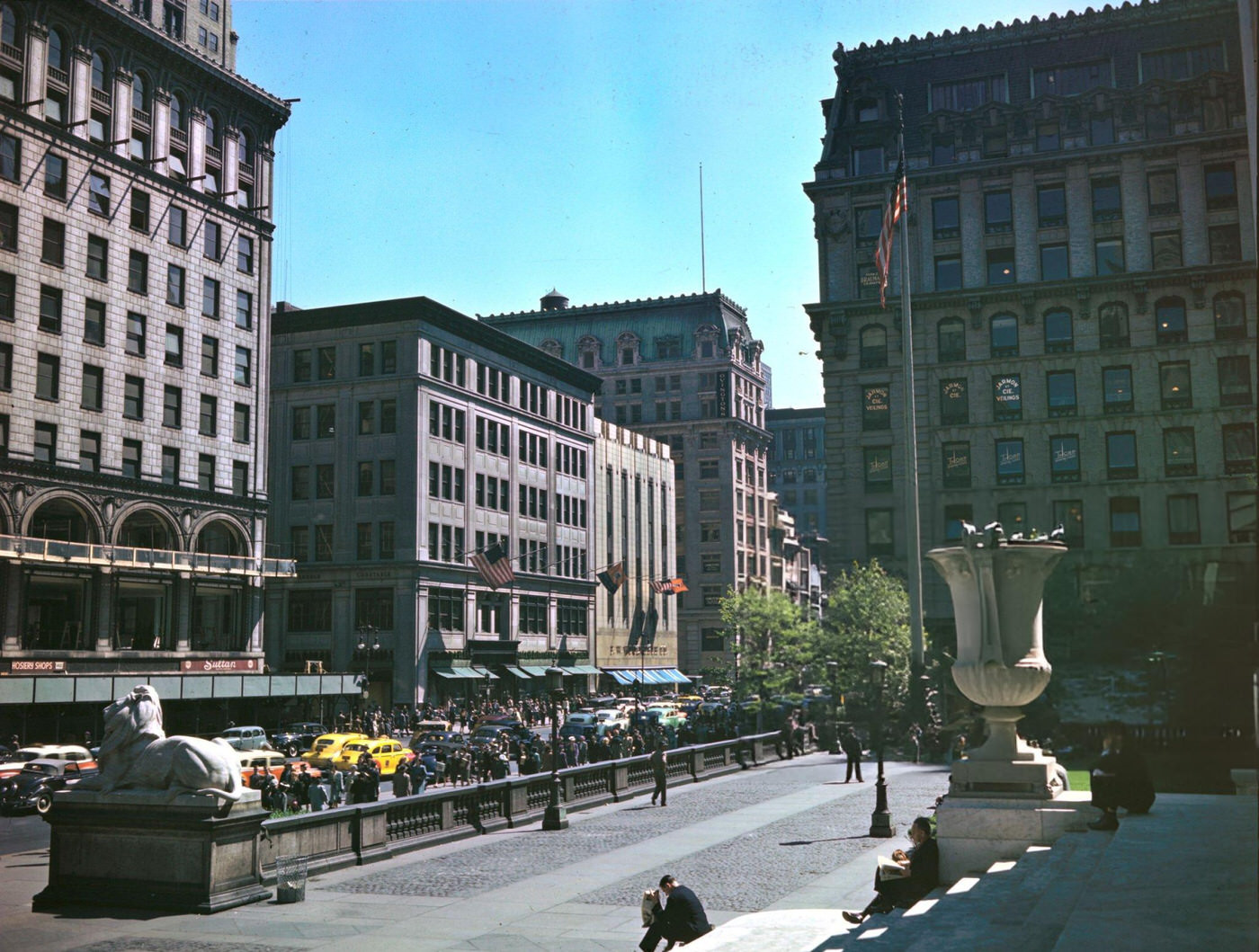
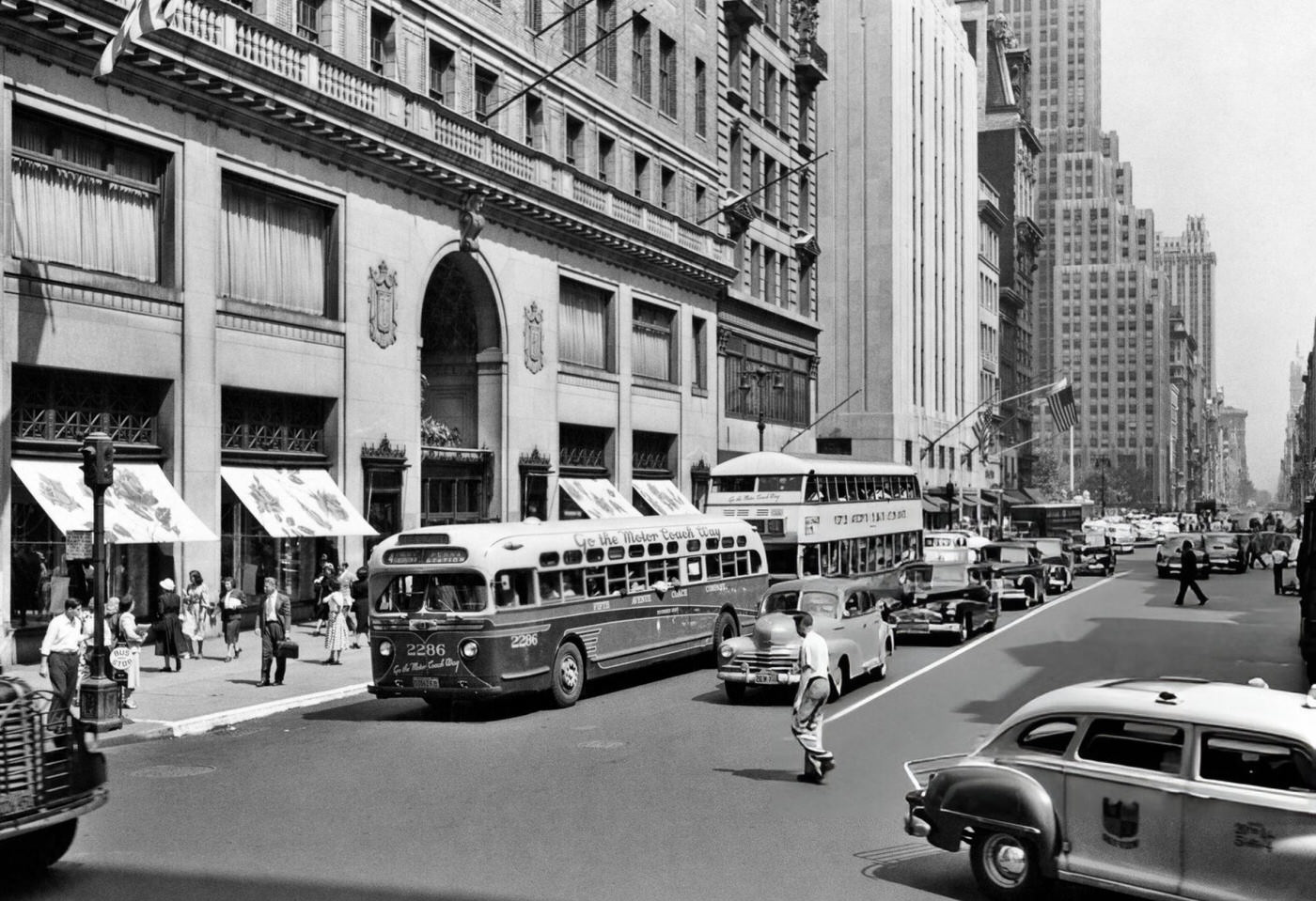
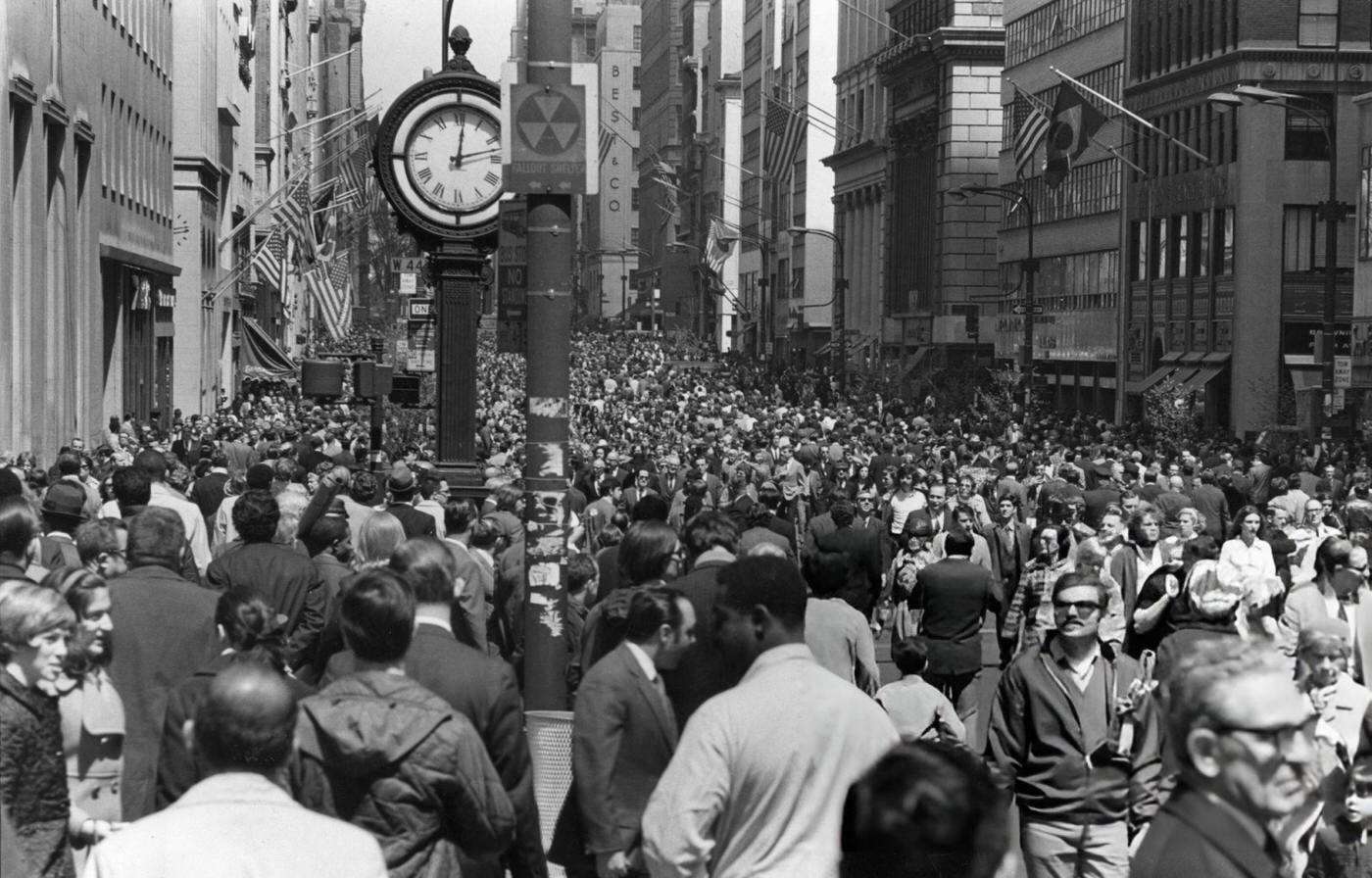

GIPHY App Key not set. Please check settings